Que Sera Sera
Shedding a little light on what our contributors get up to outside the magazine.
Shedding a little light on what our contributors get up to outside the magazine.
Que Sera Sera documents a year long FA Cup campaign across England with full access to the stadiums throughout the competition, providing a looking glass in which to view the modern game beyond the glitz and glamour. The series is now being turned into a photo-book with a kickstarter campaign in collaboration with renowned documentary publishers Bluecoat Press. It’s currently live with only a days to go to make it a reality - kickstarter.com/projects/queserasera/que-sera-sera/
The FA Cup is one of Britain's greatest sporting institutions. With a history stretching back to 1871, it is the oldest football competition in the world and still possesses huge cachet for players and supporters alike. Photographers Joseph Fox and Orlando Gili saw the FA Cup as an opportunity to reverse the camera and capture fan culture from the top teams down to the grassroots, taking you on a footballing right of passage from the perspective of the fans.

Que Sera Sera tracks the campaign beginning in mid August during the extra preliminary rounds, a few miles down the road from Wembley stadium. Following each winner into the next round, the two photographers travelled a combined total of more than 3,000 miles over 10 months, taking in 13 rounds and 15 games (including two replays), returning full circle back to Wembley for the final. Uniting every fan across the country during each round you can hear a hopeful yet resigned chant reverberating around the terraces ‘Que sera, sera, whatever will be, will be, the future's not ours to see.’
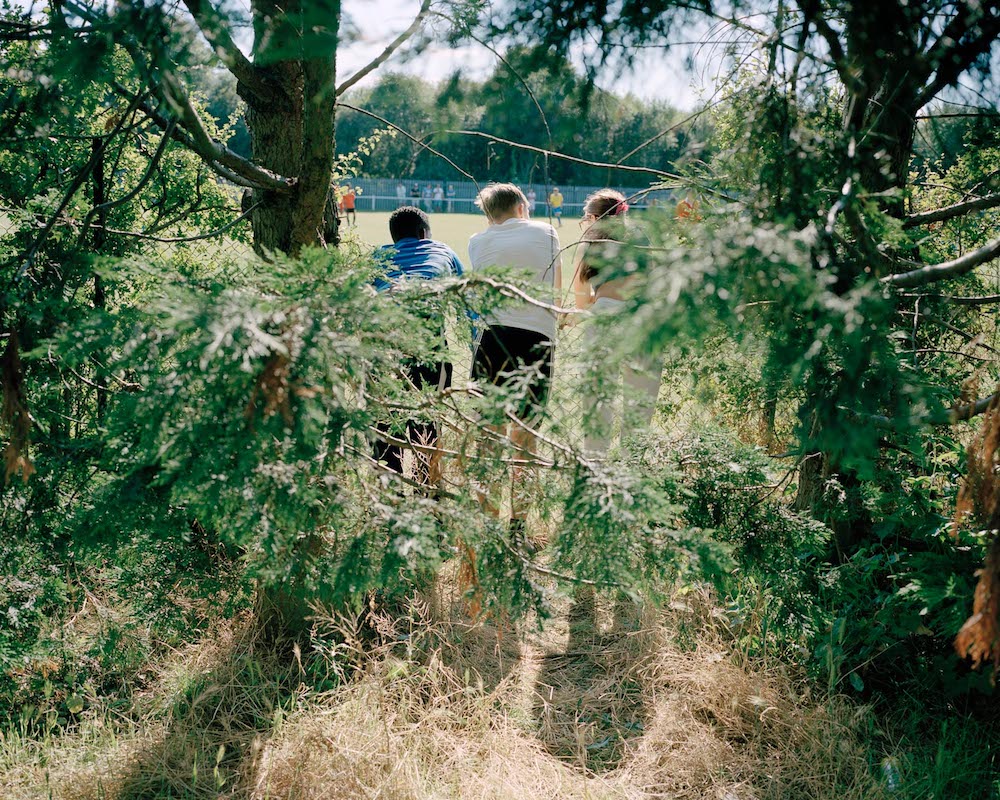
The series of images build up to provide an anthropological look into Britain’s obsession with football, at every level of the game. It questions whether the country’s preeminent domestic cup competition still retains it’s magic, in the light of competition from top flight football leagues and the European cup competitions.
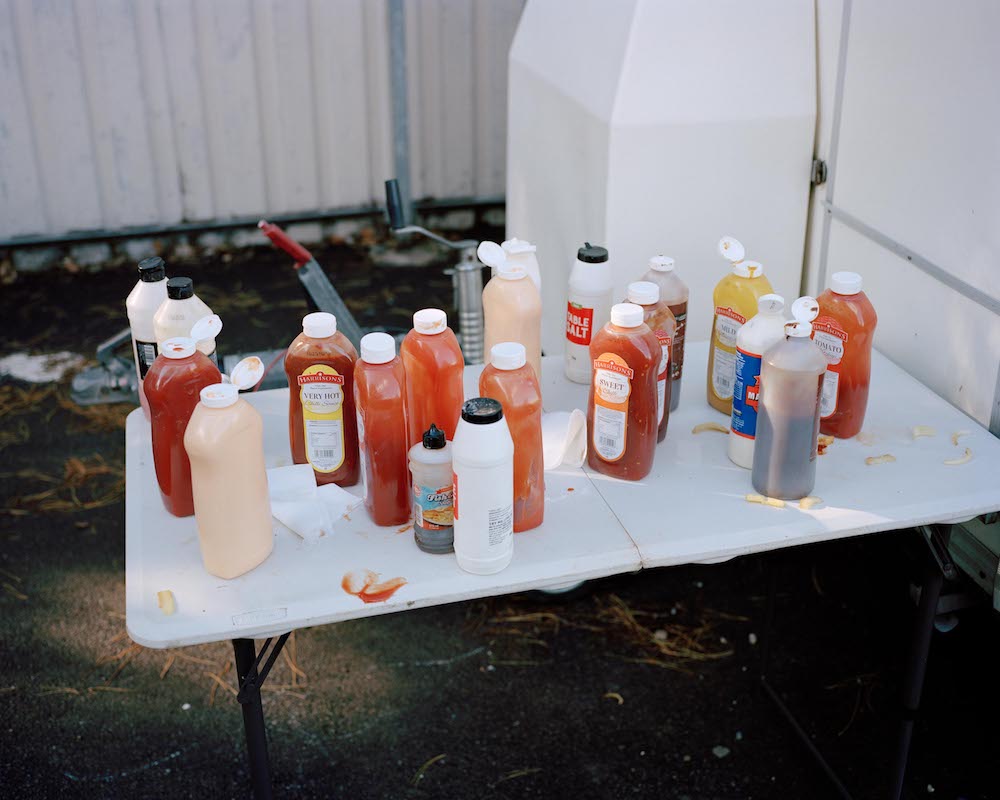



The Old Clare Hotel
Explore this industrial-chic Sydney hideaway.
Sydney has changed since I left for London seven years ago. It's still an utterly glorious harbour-side oasis adored for its coffee and cafes, and it still has beaches I yearn for on cold English mornings. But it has become noticeably cooler in my absence. The galleries that were little more than tiny, unknown establishments in my early 20s have flourished and spread, architects are taking greater risks, food is increasingly daring and festivals of light and creativity seem to be on everybody's minds. This may be the distance speaking, but I love what Sydney has become.
This change is most noticeable when booking into the city's hotels - and Chippendale's The Old Clare Hotel in particular. Constructed from two heritage-listed buildings (the original Clare Hotel pub and the Carlton & United Breweries Administration Building), this 62 room property, part of the Design Hotels collection, is the warm, light-filled definition of industrial chic. A place that honours its history, embraces Australiana and makes leaving its welcoming, elegant interior very difficult indeed
Within the hotel's walls natural tones abound, with each room (all subtly different in design) boasting high ceilings and massive windows. There's polished wood, exposed brick, marble tiling and gleaming concrete, with glass used in communal areas to invite the outside world in and draw attention to the bones of the original buildings - metal external stairwells transformed into pieces of art and brick walls mirroring the streets beyond. There are pendant lights and vintage furnishings (the dentist chair by reception sets to tone immediately), all of which nod the Chippendale's industrial past. Colour is added with the use of soft furnishings, which include cushions inspired by Australia's wildlife and wildflowers and throws you long to secret away.
Once a lesser-known haunt coveted by locals and uni students (music posters from its earlier incarnation have survived, which look rather glorious beside the brilliantly retro central bar), the revamped Clare Bar is open to all, with many of the cocktails made from spirits produced by the local distilleries popping up across the city. A rooftop pool beckons on warmer days - the chaos of the city seeming particularly far away - while the attached Kensington Street Social restaurant is the ideal breakfast haunt. Those unwilling to leave the lushness of their rooms are able to sample the fare as part of the in-room dining service. The hotel is also right beside Spice Alley, perfect if you have a hankering for something Japanese, Malaysian, Chinese ... I could go on. This is Sydney street food and accommodation done right. Here's hoping my hometown continues to thrive.
The British Journal of Photography: Creative Brief
An interview with editor Liz Schaffer.
Extract from The British Journal of Photography, December 2017 Journalist, photographer and lover of independent magazines, Liz Schaffer moved from Sydney to London in 2011, a city that “felt like the epicentre of all things creative”, she says. Combining her passions with an innate curiosity for travelling, she launched Lodestars Anthology in September 2014 with the England issue, subsequently dedicating each journal to the exploration of a single country, including Scotland, Italy, Sweden and Canada. Together with her team and ever-growing list of contributors worldwide, she has also recently released her first compendium book, titled Lodestars Anthology: Pathways.
What are the first steps you take when working on a new issue? It’s a fluid process – our country of choice [for the issue] and the contributors we work with play a crucial role in shaping the publication. Sometimes we select a country when a photographer sends through work that we simply have to publish – a ‘love at first sight’ reaction. At other times it’s a friendly suggestion or an awareness that we are yet to cover a particular corner of the globe.
Do you select photographers based on their location? I always strive to create content based on experience. So getting in touch with photographers and writers on the ground, those who know a destination like only a local can, is crucial. That said, over the years we’ve built up an amazing and invaluable network of contributors, so we also come up with pieces by attempting to match a photographer’s style with the perceived feel of a place, and then send them out to capture it. When doing this we want to give them as much time on the ground as possible; when shooting for travel you’re quite often at the mercy of the elements, making time and flexibility essential. A minimum of five days is ideal, but I’ll do all I can to make this longer.
Do you have any guiding principles about collaborating with people? As obvious as it may sound, a good working relationship is crucial. I am in awe of the work we are sent – images that do seemingly impossible things with light, reveal the magic of the wild or capture a community’s verve and vibrancy. I do my best, whenever possible, to let my photographers know their creative worth. It’s also important to be friendly and open. Magazines, especially independent ones, tend to be incredibly personal endeavours. Budgets are tight, the hours are ridiculous and a work/life balance isn’t always there, so being able to get on and laugh with those you work with, getting genuinely excited when their name pops up in your inbox, more than justifies the difficult days.
How has the focus changed for independent magazines? One of the trends I adore is the increased space and respect given to illustration and photography – it feels like a return to the sweep and scope afforded press photographers in the 1960s and 70s. There is less reliance on stock imagery and a growing appreciation for originality and tailored commissions, which goes hand in hand with the reimagining of the magazine as a moreish physical object. People have begun to collect again. It’s understood that the magazines that sell are those that invest in their contributors and offer amazing content – a sense of escape and wonder that only exceptional images and writing can allow.
Are there any photographers you have particularly enjoyed working with? I adore different photographers for different reasons but two people we have worked with on multiple issues, and asked to contribute to our new book, Lodestars Anthology: Pathways, are Tom Bunning and Renae Smith. Both have such unique styles – they clearly see the world quite differently. Tom can make any landscape magical and his ability to manipulate light and shadow is almost otherworldly. He also puts his subjects at ease like no one else and, as a result, what he captures is wonderfully authentic.
Renae has a much lighter look and there is a calmness to her work. Interestingly, I see their styles as direct opposites. But you need that with travel; an ability to capture the diversity of our world, and to do so in an original, honest way.
Extract from The British Journal of Photography, December 2017
Island Life
Hot springs, forests, sea cliffs and crater lakes - the allure of the Azores.
Words and Photographs by Emma Lavelle
Earlier this year, my feet began to itch and I found myself desperate to explore somewhere a little off the beaten track. My previous summer’s adventures in Iceland were still fresh in my memory and I craved empty roads, isolated hot springs and dramatic landscapes. With the budget tight I spent days searching for European destinations that offered everything I needed - and then I saw a friend's Instagram photo and knew instantly where I was heading: the Azores.
If you haven’t come across this island chain before, I'm not surprised. Situated smack bang in the middle of the Atlantic, over two hours by plane from Portugal, they’re pretty isolated. As hopping between individual islands isn’t exactly cheap (or easy) I concentrated on the largest isle, São Miguel. The perfect juxtaposition of the geothermal landscapes of Iceland and a tropical, Lost World paradise, São Miguel appears like a mirage in the grey Atlantic. Filled with cloud-covered peaks, hot springs, dense greenery and waterfalls, it's like nowhere else in Europe.
Hiring a car, my boyfriend and I based ourselves in the capital, Ponta Delgada, and split the island into easily digestible chunks to be explored over four days. Our adventures began in the island's west, driving up steep roads in search of the elusive views of the Sete Cidades Lakes. Elusive because of the relentless mist, not for the lack of places to pull over and admire the scene. The twin lakes lie in a gigantic volcanic crater and local legend says that they were formed from the tears of a blue-eyed princess and her green-eyed lover, shed when her father would not allow them to marry. On a clear day, the lakes do indeed appear to be different colours, despite actually being one body of water divided by a road. Also worth admiring is Vista do Rei, where the ruins of a brutalist concrete hotel greets you through the mist. Then there's the utterly sublime Boca do Inferno viewpoint, where the view of the crater, lakes and coastline in the distance is nothing short of spectacular.
A short journey from the lakes takes you to one of the island's most alluring hot springs, Ponta da Ferraria, which is the only São Miguel hot spring found in the sea. A pink path leads first to a modernist changing hut, then down to a black volcanic beach where a ladder descends into a rock pool. As waves crash into the pool, visitors can hold a rope to steady themselves, enjoying the change in temperature as cold water rushes in to meet the warm.
Looking for the perfect end to a day exploring the west of the island? Visit the small coastal town of Mosteiro to feast on the seafood that São Miguel is famed for. My top tip: always order the octopus.
We also make a stop at Furnas, a geothermal town situated inside a volcanic crater. There are two areas boasting hot springs here - Poça da Dona Beija offers a series of small, relaxing natural jacuzzis, but it’s Parque Terra Nostra that shouldn’t be missed. Situated inside these majestic tropical gardens is a huge yellow-hued geothermal lake perfect for swimming. Furnas also offers a collection of smouldering caldeiras and anyone interested in local cuisine should head to the lake to see how traditional stew is made by burying pots underground for several hours. The earth steams here and the smell of sulphur seems to rise up into the thick mist enveloping the mountains above.
The final hot springs of São Miguel are found at the protected Caldeira Velha, where you must venture along a harrowing road and wander through thick tropical forest to reach the pools. Climb the hill to find a couple of small wooden changing huts before plunging, admiring a small waterfall trickling down from the cliff above.
Across the island lie a network of hiking trails; those that snake along the numerous crater lakes are perhaps the most dramatic but don’t underestimate how strenuous these routes can be. If you prefer to admire the scenery from the comfort of a car, the drive along the coastal road that winds along the east coast is unmissable. Perhaps the most perilous and slowest road to navigate on São Miguel, the views of the ocean and towering cliffs are as dramatic as they get.
How to end a trip to São Miguel? Whale watching was at the top of our agenda but, alas, high winds thwarted our plans. If you visit during calmer weather conditions don’t miss a chance to take to the sea as these Atlantic islands are one of the best places in the world to spot a wide array of cetacean species including sperm whales, blue whales and dolphins. Other highlights for landlubbers include visiting the tea and pineapple and plantations, the latter featuring on almost all of the island's restaurant menus.
São Miguel is like nowhere else in Europe. Hot springs, luscious forests, towering cliffs, crater lakes, tea plantations and cascading waterfalls all collide to create an otherworldly landscape. My advice? Take a punt on an island not yet on the tourist trail - for there’s something rather magical about having a hot spring in the forest all to yourself.
Be sure to check out more of Emma's work here
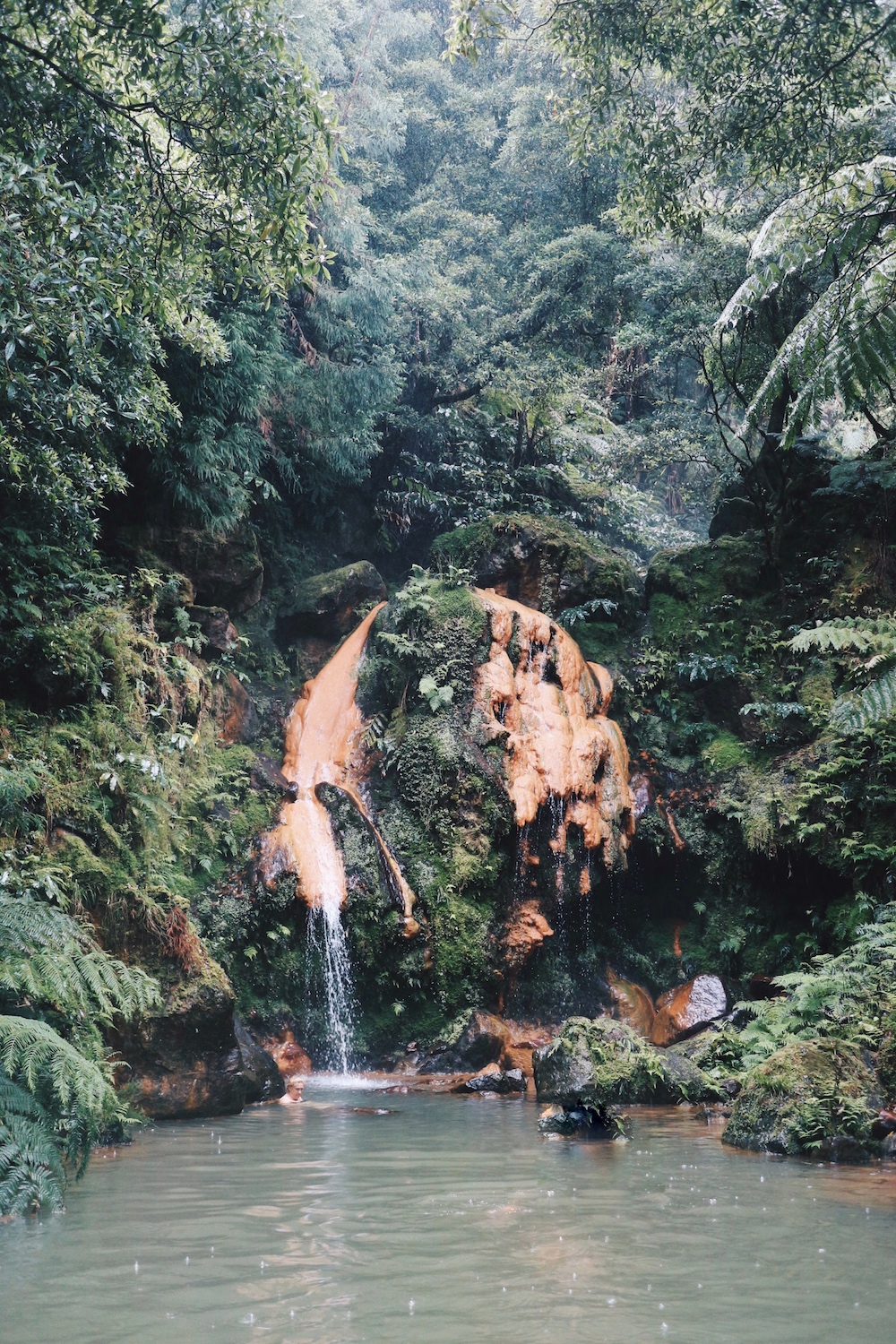
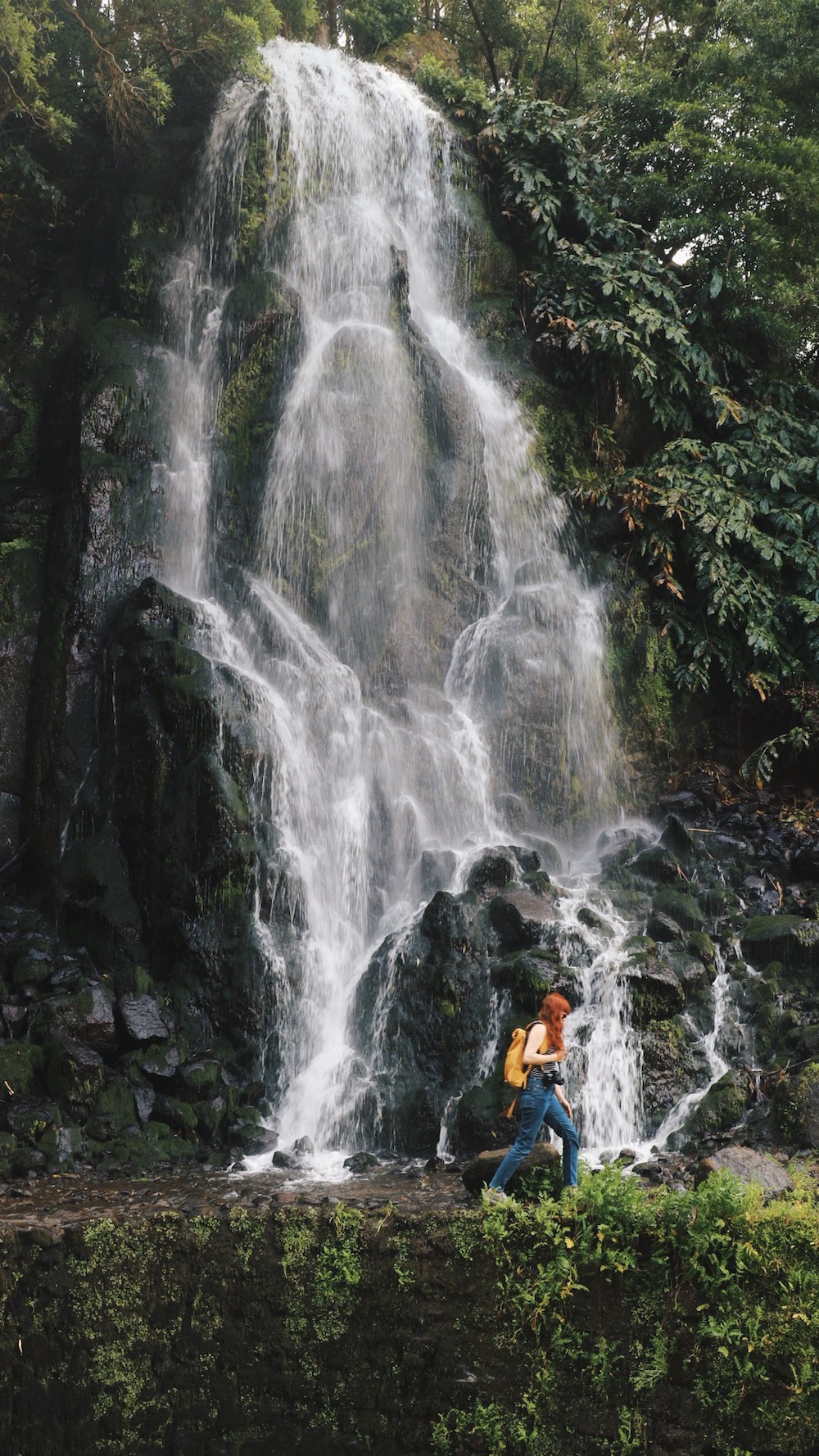

Rambling in the Lake District
Rambling in the Lake District with Athena Mellor.
Words and photographs by Athena Mellor
“I wandered lonely as a cloud”, proclaimed Wordsworth on rambling in the Lake District. Yet how often do you see just one single cloud? While a lone cloud may grace the skies on a clear day, more often than not clouds wander lonely yet together, drifting steadily east or west, north or south. Normally I am that sole, brave cloud drifting along - alone yet never lonely. But this time I was joined by another on my ramble. Two stoic clouds running up hillsides in one of my favourite English locations, the Lake District, on a bitterly cold January morning.
The Lake District is a hill-walkers dream. I am quite certain that it would take more than a lifetime to ramble every trail it has to offer, to explore those that are yet to be discovered, and to admire every view. But I will try anyway. Indeed, there are certain places that, no matter how often I visit, never become boring. The very nature of nature is that no two days spent outside are the same - the changing winds and seasons, the different cloud formations and sunbeams. And then there is seeing somewhere you have seen multiple times through new eyes - the eyes of someone who is experiencing it all for the very first time. This happened when I took my younger sister to the Lake District and we spent two winter days in jumpers and walking boots, hiking to hilltops and running down mountains.



Winding roads of Cumbrian gold; fluffy white clouds dazzling the sky and fluffy white sheep gracing the fields. We were en-route to Blea Tarn; I was in the driver’s seat squealing every time a slightly more confident driver squeezed between us and the drystone wall on the other side - with less that an inch between both. We laced up our boots on arrival, added a couple of layers, swung cameras over our shoulders, and wandered down to the waterfront. Blea Tarn is a small body of water nestled beneath high peaks. If you’re lucky, you may see a clear reflection of the Langdale Pikes in the tarn. But on this particular day, the wind was sending ripples through the water and the reflection was non-existent - but the scene remained beautiful nonetheless. This place always seems peaceful - there is no phone service, few other walkers and nature is allowed to flourish. Protected by the National Trust, Blea Tarn will always be the place I tell people to go when they first visit the Lakes and the place I will constantly return to, until I’m 90 I hope - with tea and biscuits, a picnic blanket and a good book.






The next day, I had something more adventurous planned. From the village of Ambleside, we headed up and up and up through thick yellow grass and alongside crumbling drystone walls, past Low Pike then High Pike where the wind viciously whipped the bare skin on our cheeks and tugged exasperatedly at our hair tucked beneath woollen hats. We were walking and talking incessantly like only sisters can do, until I realised that we might possibly be quite lost... By this point the wind was relentless, and trying to manoeuvre a map to a readable position was impossibly difficult as the sky seemed determined to steal it away. Our hands were like icicles and with difficulty speaking I had to admit to my little sister, who had trusted me wholeheartedly with route-planning, “I have absolutely no idea where we are.” So together we traced the line we were supposed to walk and realised we had taken a completely different but parallel path. We made a plan to descend away from the wind as quickly as possible, and then hurtled down the hillside as the icicles in our hands defrosted and our spirits rose once again; greedily consuming the beauty of the surrounding landscapes before it was time to head south once more.
There is something I find so alluring about the Lake District. Perhaps it is in the combination of homely, welcoming landscapes that become unforgiving in a single gust of wind. Or it may be the way the air whispers soft tales of times gone by, or thoughts of the writers and poets who have sat on these banks and taken inspiration from these hills. When I am here, I want to close my eyes and absorb all that beauty and hope and the fragility of nature - but these landscapes cannot be taken away. And so all I can do is come back again and again until I am 90 - to sit on these grassy hilltops with tea and biscuits, a picnic blanket and a good book.
You can see more of Athena's work here @athenamellor and here wildandwords.com.






Spanish Shapes
Letting pictures say 1,000 words.
It may be an utter cliche but, well, it's true - photos really do say 1,000 words. We thought that with this post we'd keep things simple and let the photographs of Tom Bunning speak for themselves and, while the combination may seem odd (Andalsuian ponies and the roads of Mallorca), we clearly just have a thing for Spanish shapes. You can see more of Tom's work here - and in the pages of Lodestars Anthology of course!



"Keep close to Nature's heart ... and break clear away, once in awhile, and climb a mountain or spend a week in the woods. Wash your spirit clean." John Muir
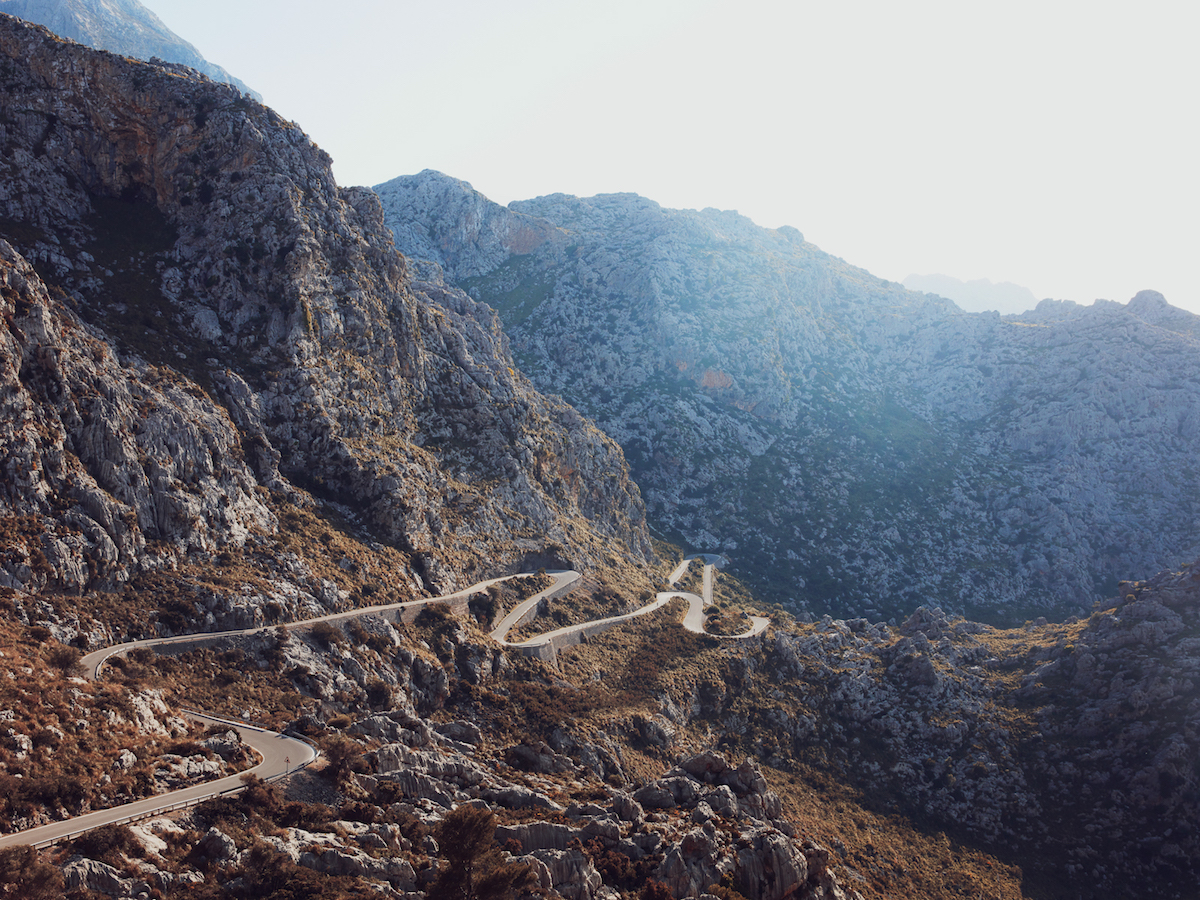


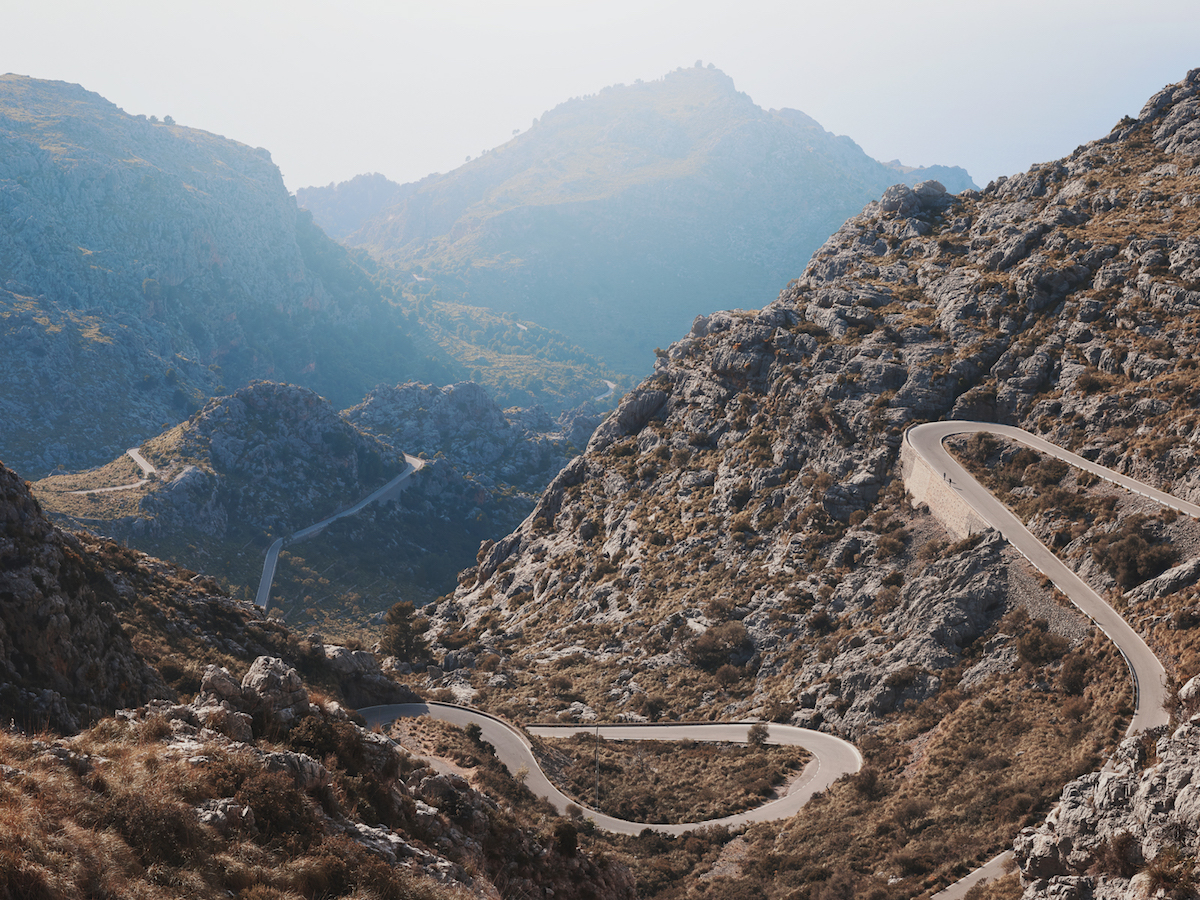
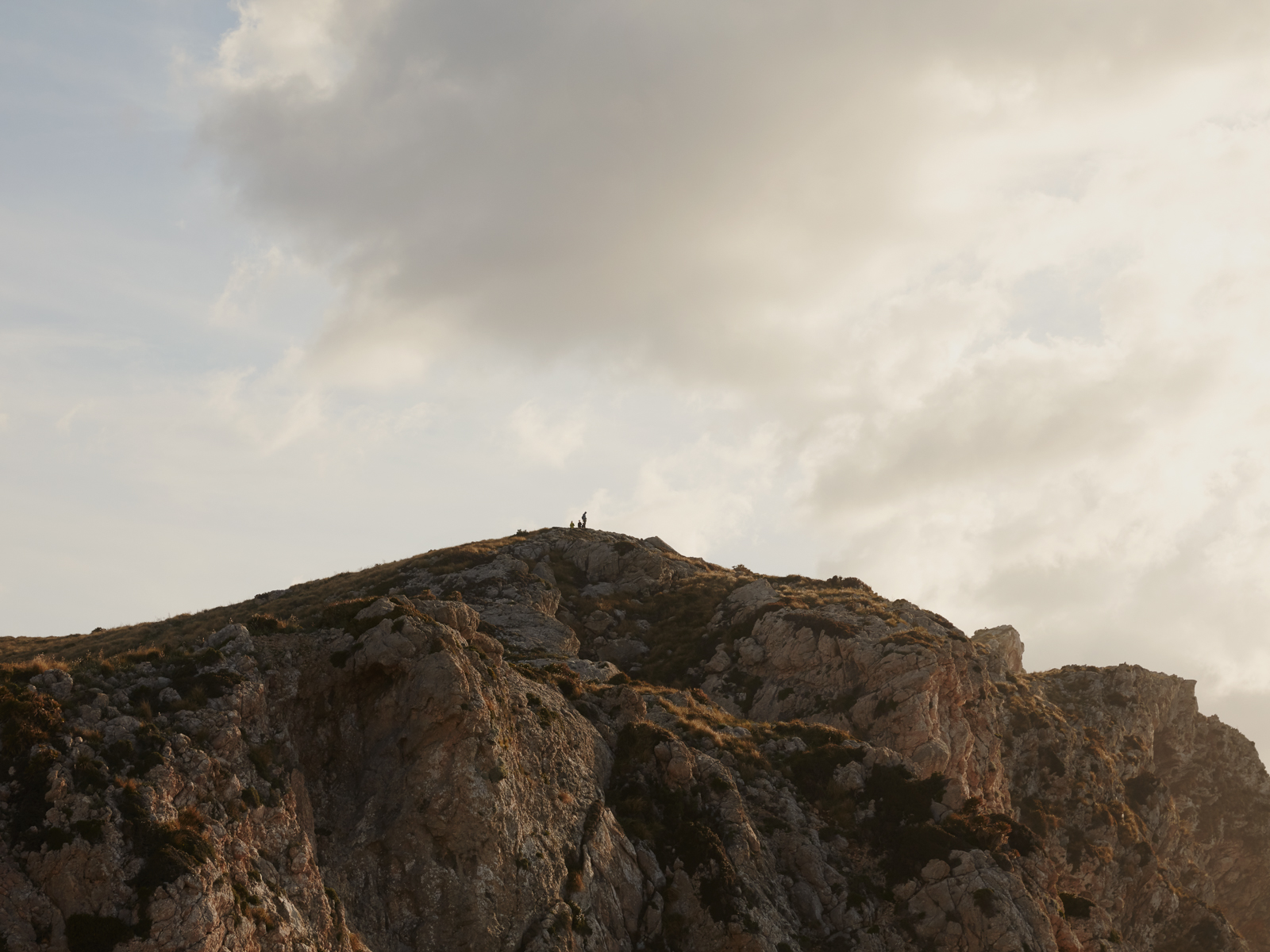
For more of Tom's work visit www.tombunning.com.
Mount Takao
Seeking Japan's mountain spirits.
Photo essay by Lucy Saunders.
The climb up Mount Takao offered a beautiful escape from the 36 degree heat of Tokyo (when people say summer in Japan can be humid, they're not lying) and the surrounding trees (illuminated as they were by dappled sunlight) provided welcome patches of shade. That said, even at this height the heat was blistering - which no doubt played a part in making the mountainside appear entirely isolated. It felt peaceful, almost timeless. There was a quietness that felt worlds away from the bustling city I had left only hours before.
I saw in the distance, swooping in the trees, a swish of white, like some mountain spirit celebrating the sun. Bug catchers were dancing around the tree trunks with their nets, sliding down the steep mountain slopes or clinging to branches as if it were second nature. I watched them for hours, enthralled by their agility, and they paused to show me their collections - beetles, butterflies, cicadas and moths presented in carefully selected boxes, handled with the upmost care.


There was something particularly beautiful about being in such a treasured, spiritual place and watching locals move through the setting as if it were entirely their own. Everyone I spoke to seemed to know one tree species from another, the name of each insect, where they sleep and exactly how to hold and care for them. They were also careful to ensure that they gave something back to the land each time it was kind enough to bestow a treasure upon them. Shrines and temples were found along my walk up Mount Takao and at each you could stop to pray - following the advice of smiling locals - taking part in an ancient Shinto practice that felt as old as these mountains.


Shintoism is Japan's indigenous religion - one that, rather than following a set ruler or doctrine, focuses on the concepts of purity and respect. There is a deep admiration for nature and its power, with the natural world being the domain of kami, deities that can take almost any form and add a sense of order to our somewhat chaotic world. They may be in a tree, stream or the mist itself.


These spirits watch over the humans of the city below, as they always have. And although it may seem to be a strange concept at first, when you sit and embrace these surroundings you can't help but sense that nature is somehow watching out for you. Being in a natural location this powerful had a very interesting effect. You come to appreciate your place in the world anew. Indeed, even when I descended Mount Takao and returned to the man-made brilliance of Tokyo I couldn't help but notice little pockets of natural beauty and, pausing to acknowledge their power, found that Japan felt more and more like home.
You can see more of Lucy's work on her website: www.lucy-janephotography.com or over on Instagram @lucyjanesaunders.



Handcrafted Maine
Meeting the team and personalities behind Handcrafted Maine.
It's no secret that over at Lodestars Anthology HQ we are obsessed with fine print, beautiful words and exceptional photography - if we can find all this in a single publication (one that celebrates creativity, community and the landscape), then our adoration is going to be next level. So, not surprisingly, we were delighted to discover Handcrafted Maine, a new coffee table book that profiles 22 craftspeople, producers and creatives who call Maine home. Focussing on the stunning natural setting as much as their featured personalities, the book is a wonderful inducement to travel, consider the land and possibly even get your own project up and running. Handcrafted Maine is written by Katy Kelleher - who, as a writer and editor, specialises in stories about creators, culture and food sustainability - and photographed by Greta Rybus, who hail from Buxton and Portland respectively. The tones are soothing, workspaces brim with colour and detail, the coastline, farms and woodland entice, and even the coldest of winter scenes will have you yearning to venture to this unique, north-east pocket of the US. The writing is honest and insightful (it's wonderful to come across pieces that look at the challenges associated with creative living, as well as the unparalleled joys), and the entire publication is something you want to savour over copious pots of tea. To understand more about Handcrafted Maine we had a chat to Greta and, as you can imagine, fell even more in love with this stunning project (and those it features).

What inspired you to create this book?
The editor of the book, Jan Cigliano Hartman, had the idea for the book and began working with publishers at Princeton Architectural Press. She called me about the project several years ago and I immediately wanted to be a part of it. I had recently moved to Maine from the west, and I was really struck by Maine’s culture of creativity and resilience. Jan brought writer Katy Kelleher on to the team, and she is an exceptional storyteller. Together, we spent a year or two planning, developing, researching, and refining the concept of the book. We broadened the idea of 'craftsman' from just artists to other producers and creators, including farmers, wilderness guides, chefs, and fishermen. We wanted to include people who use creative mindsets to work with the land or the sea as well. We then spent a little over a year visiting people around the state, Katy writing and researching as I took the photographs. The book was released in July 2017 and it’s been really heartening to see the welcoming and enthusiastic response to the book.

Do you have a particularly memorable shooting experience from this project?
Working on this book was a beautiful adventure and like all good adventures, it left me with some great stories. Maine is an enormous state; we drove hundreds of kilometres and spent entire days in the car to reach the more remote locations. Sometimes we’d pull over during a long late-summer drive to pick wild blueberries on the side of the road. We both got seasick while going out to sea in extreme January waves while documenting lobstermen at work. Wilderness guide Jen Brophy of Red River Camps taught us how to correctly paddle a canoe and I went ice-skating with the beer makers on the pond at Oxbow Brewery after photographing the brewing process.
What do you enjoy most about shooting in Maine?
Maine is a place with four very distinct seasons. The winters are harsh and long, the spring is bright and verdant, the summer is mild and savoured by both tourists and locals and the autumn is brilliant with colour. The extremity of our seasons requires a certain mentality: this challenging place rewards grit and resilience and a responsiveness to land, sea and weather. In my work as a photographer in Maine I often document strong connections between humans and the natural world. People either make their livelihoods around the environment or find inspiration in the landscape. Like a lot of people in Maine, my own work is really informed by the natural world, but it’s also really informed by the people in my local community. I am able to survive as a photographer here because there are so many people in Maine who are doing innovative and interesting work - and I often get assigned to photograph them!


Has working on this book changed how you view Maine and its creatives?
Working on this book deepened my appreciation for Maine and the people that work here. I also got to understand how special the creative economy is in Maine. This state has a deep connection to art that is woven throughout its history: writers like E.B. White and Edna St. Vincent Millay, painters like Winslow Homer and Marsden Harltey, and entrepreneurs like L.L. Bean all based their creative enterprises in Maine. Those traditions have never left Maine and it’s a part of everyday life here. Painters still flock to Monhegan island to paint en plein air. You can buy lobsters directly from the lobstermen on coastal wharves. You can walk into any bookstore and see entire shelves filled with books by Maine writers. Most Maine highways, like Route 1, are dotted with art studios open to the public.
The book gave us an opportunity to have deeper conversations with the people that continue these traditions, while forging new innovative paths within their craft or field. We wanted to create a book with a lot of substance, so we made sure to [capture] both the beauty and struggle of creative work. We talked about the freedom of being self employed and financial burden of operating creative business. We discussed the how racism and sexism can impact artists. We documented the satisfaction an artist feels when making something truly unique, and the joy of creating in a landscape like Maine’s.

You can see more of Greta's images here - and order a copy of Handcrafted Maine by clicking here.
"Creativity isn't just about painting or building or writing ... creativity is forging new pathways. It's coming at a problem from a new direction. It's building bridges where you see chasms. A creative is someone who conceives of a new solution. A maker is someone who turns that solution into a physical reality." Katy Kelleher, p. 22.









The New Zealand Magazine
Introducing the Lodestars Anthology New Zealand magazine. Prepare to pack your bags ...
We are pleased to announce that our ocean, wilderness, adventure, design, food, art and wine filled New Zealand magazine will be arriving back from the printers later this week - which means that everyone who pre-ordered with have their little bundle of printed wanderlust sent out to them over the weekend. We can't wait to share our latest project with you - the work of many wonderful writers, photographers and illustrators from across the globe. In the magazine we chat to chef Peter Gordon and actor/wine maker Sam Neill, kayak around Abel Tasman National Park, sip wine in Nelson, cycle from the alps to the sea, discover the food and beaches of Auckland, find the perfect cup of coffee in Wellington, encounter Kiwis on Stewart Island, seek out calm corners shrouded in history, learn to be mindful, sleep in luxury under the stars, tackle the Great Walks, return home and get swept up in Queenstown's calm - and that's just a few of the adventures found upon our pages!

You can order your copy (as well as back issues and subscriptions) by clicking here. For now, here is a sneak peak of some of our New Zealand pages - happy reading (and travelling too)!


"We ventured inland across the Alps, through the beech forests and rugged schist ravines of the Haast Pass - once an ancient Māori greenstone trail - emerging into what appeared to be an entirely different country."
.

"Not only do artisans and small-batch producers buy each other’s work, they often trade goods based on what’s available. Art for firewood. Jam for flour."

"There really is no place like home. I’d just had to go to the other side of the world and back to get here."



"Ideal for anyone yearning to go off-grid, parts of Fiordland have never encountered a human visitor - but perhaps that’s where its beauty lies, in its inaccessibility."

"This is a beach for solitude, for long walks, and for washing the city away; where heartache and hustle are given up to the waves."


Georgina Skinner
Meet the light and landscape loving photographer behind our France and (sold out) New Zealand magazine cover.
Meet Georgina Skinner, the photographer behind our France (and now-sold-out New Zealand) magazine cover. A rather talented lass who splits her time between Aotearoa and the UK and who has a knack for capturing light and life. Prepare for a little dose of Southern Hemisphere wanderlust ...
When did you start taking photographs?
Photography started out for me when I was a kid with my parents film cameras, but as soon as it was introduced to me as a subject I could take for school it very quickly went from a hobby to something I wanted to make a living from.
How would you describe your photographic style?
It took me a few years to find my style and to settle with one look, but it was one day in Paris - I found myself consistently shooting in a specific way. I was drawn to the lighter colours of the city and buildings and from then on I always shot this way and applied my style to all my work. I often get asked if my work is a photograph or a painting, so I suppose that would be my style!
Occasionally I will have a day and find myself shooting dark scenes and situations with a hint of colour, but rarely.
Is there a particular New Zealand area or subject that means something special to you?
The whole journey from Christchurch through Arthurs Pass to the West Coast is special to me. It was the first journey I took when I moved here from England and it was a complete shock to me as to how somewhere could be that beautiful! Now it is our journey home and it will forever remain dear to me.
Do you have a favourite part of New Zealand?
When I think of all the places I have travelled [to] within New Zealand, I always get excited to get back to the West Coast and home. It is so quiet and secluded compared to what I am used to and having our two dogs waiting for us makes this the best place.
Is shooting in New Zealand different to other parts of the world?
The light and the landscape is so totally different to the UK. When I lived in Melbourne the light was so warm and the landscape so vast. Going from that to London where you don’t see so much of the sky and the days are short in the winter, it was a massive adjustment. Now living in New Zealand the sky is enormous, with stunning mountains and sunsets. It is the perfect mix of English and Australian light and I love shooting in it! We truly get four seasons throughout the year and the light is so different for each one. It’s exciting to shoot at all times of the year, but when it rains it pours and that is a day to stay inside and get the computer work done!
Do you have a favourite subject?
The landscape is a new one. I adore shooting the landscape now that I live in a beautiful one, but my true passion which has stayed with me from day one would be interiors and homes. That is where I started out with photography and I will continue forever to shoot and love them.
You've photographed both the North and South Islands - do you find these different in any way?
The South Island is a lot more rural and you can drive a long way without seeing a property. It is rugged and quite untouched whereas the North is a smaller island and there is a lot more going on with bigger cities closer together. I don’t prefer shooting one over the other, however I see the South Island a lot more and so shooting opportunities come up more frequently.
What advice do you have for someone considering a career as a photographer?
Keep at it and believe in yourself. I had many ‘doubt’ days when I started out with my photography. I wasn’t convinced with my style and aesthetic and I didn’t believe that anyone would be interested in it either. It took me a bit of time to gain that confidence and to be able to talk about my work without feeling like I was trying to force it upon someone - once I felt I could do this, the belief and hard work started to pay off and now I can’t believe where my photography has taken me.
Sam Caldwell
Interview with an artist.
The illustrator Sam Caldwell contributed to our Sweden and Canada issues. Sarah Kelleher finds out more about this talented artist. Could you tell us a little bit about your background – where you trained/ how you learned and what inspired you to become an artist and illustrator when you were younger?
I grew up in Bolton, a town just north of Manchester. For as long as I can remember I have always been interested in storytelling and have tried to document the world around me. Drawing and painting have always been the most natural way for me to do this.
I moved up to Edinburgh in 2010 where I studied painting at the Edinburgh College of Art. I initially went to study illustration but switched over to the art department in the first week as it seemed a lot more fun!
I moved to South-East London after graduating and have since been chasing a career in freelance illustration.
You’ve lived in a number of places, from Lancashire, to Edinburgh to South-East London. Have the locations you’ve lived in influenced your work in any way? Are there any landscapes that are particularly important to you?
Yeah absolutely, place is very important to me. I think growing up in a post-industrial town has had a huge influence on the kind of images I make. I love the moorland around Bolton, the old terrace streets and disused mills still loom large for me.
Discovering the Hebrides and the Highlands of Scotland were a big thing too – looking back at the work I made whilst living in Edinburgh, so much of it was inspired by windswept Scottish landscapes and the idea of North.
It has really only been in the past few months that I’ve seen London seep into my work. Since moving down here I have struggled to figure out how to make a living from drawing and have tried on a few different creative hats in the process. It is only recently that I have started to look around me again and make pictures based on my surroundings. I’m really interested in trying to document some of the struggles living in this city throws up.
Looking at your work, it’s clear that you enjoy creating and referencing comic book art. Are there any comic book artists whose work you particularly like or are inspired by? Are you working on your own comic-book projects?
Comics are a fairly recent interest for me. I read the Beano and the Dandy as a kid but it’s only been in the past couple of years that I have started drawing my own and really thinking about it as a medium for story telling. My way in was through Chris Ware’s Jimmy Corrigan as well as the first few Nobrow anthologies. Jon McNaught has been a big influence on how I’ve thought about comics – he has an incredible knack for creating a sense of place through these slow, often uneventful stories.
I just finished ‘Hubert’ by Ben Gijsemans which I would highly recommend to anyone who likes the quieter side of comics.
The main comics project I am working on at the minute is a collaboration with a writer based in Austin, Texas called James McNulty. He sent me a screenplay a few months ago and we are working on adapting it into a graphic novel. It’s tonally similar to something like ‘The Missing’ or True Detective’. The story is set in small town America and focuses on a series of kidnappings. It is pretty dark stuff but it had me totally gripped on my first read through!
You’ve produced work for a number of publications and shows, and although there is great variety in your work, it’s also possible to tell that each piece was created by you – how have you developed your own personal style over the years?
That’s very kind of you to say so! I don’t think it is a particularly conscious thing, hopefully it is something which has happened naturally. That said, I have always found it useful to draw quick versions of other artist’s work. I think it is a really useful way to learn how people you admire use line and shape and space.
I used to draw pretty obsessively, filling sketchbooks with drawings of photographs I would find on blogs and in books as well as invented characters and scenes. I still try to get at least one drawing down every day. Style is definitely defined to some degree by what materials you use too. I find that I draw completely differently with a pencil than I do with a brush and ink for example.
The pieces you’ve worked on for Lodestars Anthology have been related to the cultural life of the different countries covered by the magazine, and you have been very adept in referencing the books and films from the written pieces in your art. Do you have a strong interest in literature, film and music? How does this play out in your work?
I definitely have a real interest in all of those things, anything which tells a good story or seems to have a unique perspective on the world always grabs my attention. Although I definitely don’t read as much as I would like to, I do often find inspiration in fiction and poetry. I’ve been working on turning a series of Simon Armitage poems into comics recently actually. Film is a pretty big influence too; I will usually have to dig back through movies to take screengrabs or photos of particular scenes and shots. I love work which nods to or references its source of inspiration in some way. Inspiration can come from almost anywhere, you just have to learn to be receptive to it and always carry a notebook!
You use pen and ink, ink wash, pencil and digital art to create your work – do you have a favourite medium to work in? Do you like to experiment with new mediums?
I love working with physical materials. I feel as though I am in a constant battle with Photoshop and my tablet, always trying to make my images more print friendly and contemporary. Working digitally is great for tight deadlines and getting a clean finish but I always seem to find myself going back to my trusty set of watercolour paints. I really like the unpredictability of using a watery wash of paint or ink, building images up from loads of thin layers allows me to get colours and textures I just can’t achieve working digitally.
I enjoy trying out new mediums from time to time, drawing with a dip pen and a pot of ink is fairly new to me and something which has really changed my approach to making pictures. You can’t mess around too much with ink, it forces you to roll with any mistakes and work a lot more confidently than you would in pencil for instance.
Your work encompasses both landscape and portraiture – do you enjoy working in both these areas? Do you have a favourite?
I like both equally I think. I am really interested in the idea of place and how people relate to and are to some degree defined by their surroundings. I like to think of my pictures as stills from a film. I want my pictures to evoke some sense of narrative and to have a definite character. I think you can get just as much character from a landscape as you can from a portrait.
Your work is very atmospheric – often with a muted, or deep colour palette that can seem quite ominous, and we particularly saw this in the illustration you did for ‘Let the Right One In’ in the Swedish Literature piece for Lodestars. Do you enjoy creating works of art with a slightly darker feel?
That piece was fun because I got the chance to read up on a film that I am almost certainly not brave enough to actually watch!
Without sounding too gloomy, I am definitely more drawn to things with a darker feel to them. Not so much horror but I have been told that my pictures often have a certain feeling of melancholia to them. I guess I just find that kind of thing more intriguing. It is probably a bit of a hangover from my teenage years spent reading Philip Larkin and listening to The Smiths! The films, books and pictures that really resonate with me usually have a similar tone to my illustrations. Generally speaking, I am interested in depicting characters who seem to have a complex story surrounding them. I think that often darker stories are more engaging than light-hearted ones.
Your portraiture and people work is very expressive – how do you set about conveying a sense of emotion or character through your artwork of people and personalities?
It’s all about the eyes and eyebrows, these are undoubtedly the most expressive parts of the face. If you can get those right, then the rest of the portrait usually follows pretty easily. I always start with a loose layout in very faint pencil. Once I’m settled on the composition I will tighten up this pencil layer and sketch in some of the facial features. The bulk of the working out is done at this stage. I then get the ink pot out and draw the face. I always start with the eyes. I like to do this stage fairly quickly; faster lines almost always look better than laboured ones. Once I have inked out all the line work I go about blocking in the first layer of watercolour. This is undoubtedly a backwards way of doing things but I often find my colour palette is influenced by the feel of the drawing underneath.
Do you have any illustrators whose work you particularly admire and follow? If yes, then why these artists?
I admire tons of people’s work, the list is endlessly growing.
Ben Shahn is my absolute all time favourite painter. His pictures really capture a particular time and place and are an endless source of inspiration for me. As far as current working illustrators go, Dadu Shin, Roman Muradov, Patrick Leger, Sam Bosma, Eleni Kalorkati, Lizzy Stewart, Benji Davis, Thomas Haugomat, Matt Rockefeller, Adrian Tomine and Jordan Crane are all excellent, to name but a few. Closer to home, anyone reading should check out the work of Seamus Killick, Tom Brice, Jamie Johnson, Mark Connolly, Sarah Sheard, Laura Griffin, Efa Dyfan, Kyle Noble, Tiina Lilja, Gwen Kehrig-Darton, Herbert Green, Ben Hall and Supermarche.
SaveSave
SaveSave
SaveSave
SaveSave
SaveSave
Lodestars Anthology Japan
Introducing the latest addition to the Lodestars Anthology travelling family ... Japan! This issue has now sold out.
Journey to Japan and discover a land of tea and tropics, wabi-sabi and wonder. A place where symbolism abounds and nothing is without purpose. For here you’ll find an ancient and powerful landscape that has shaped history yet still dictates the rhythms of modern life. There are illuminated capitals and pockets of untouched wilderness, both marked by a deep sense of spirituality. Art flourishes, design inspires and others come first. May the light never dim on the Land of the Rising Sun.
None is travelling
Here along this way but I
This autumn evening
Matsuo Bashō
In Iceland - the Water and the Sky
Photographs by Tom Bunning In winter our thoughts turn to candlelit rooms and warming fires. But Tom Bunning's photography reminds us that the cold comes in many guises and draws our gaze to Icelandic landscapes - the waterfalls, the birds wheeling under eggshell blue skies and the endless snowbound vistas. Be warned though, if you venture out into the cold, you may not come back again...
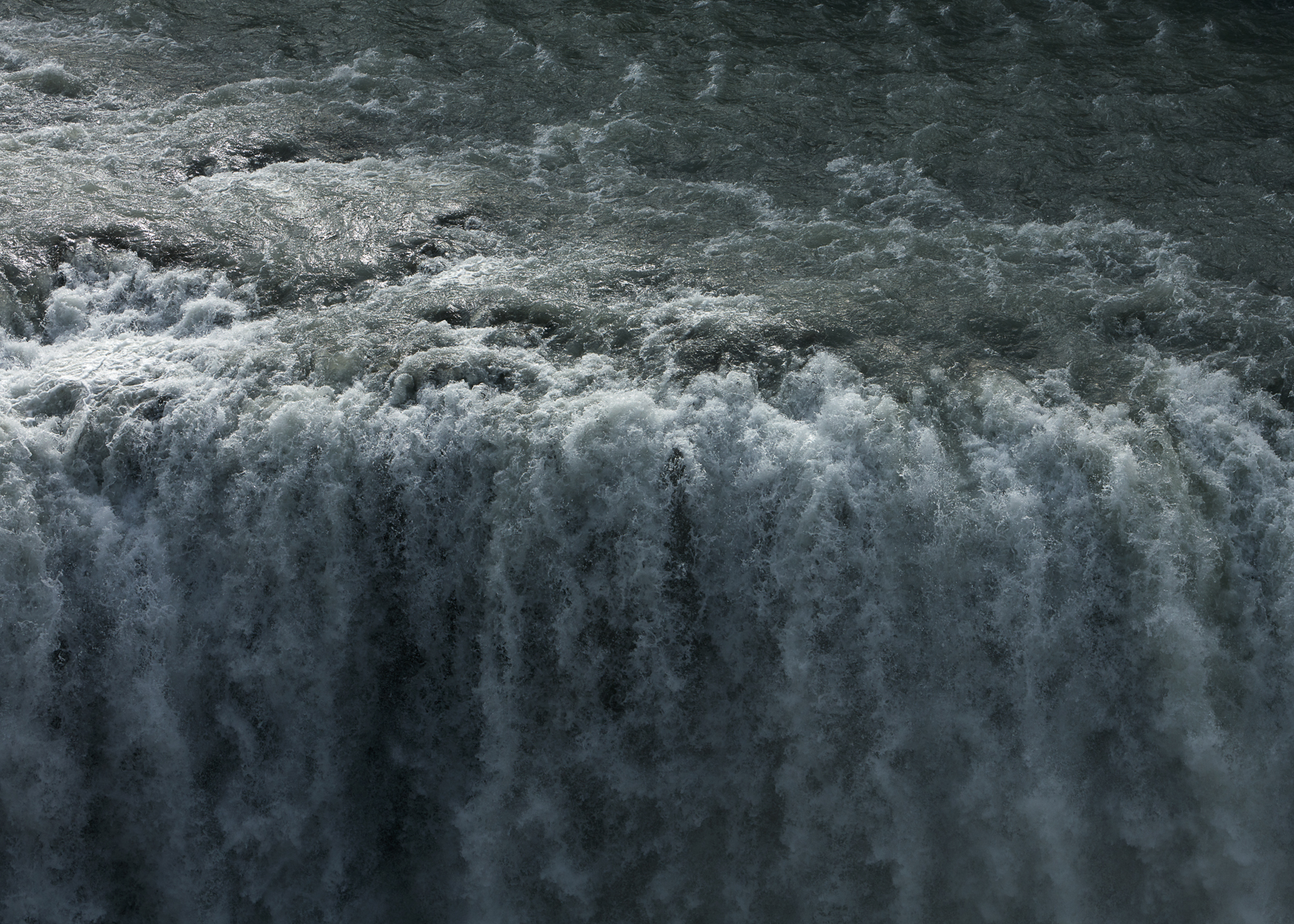
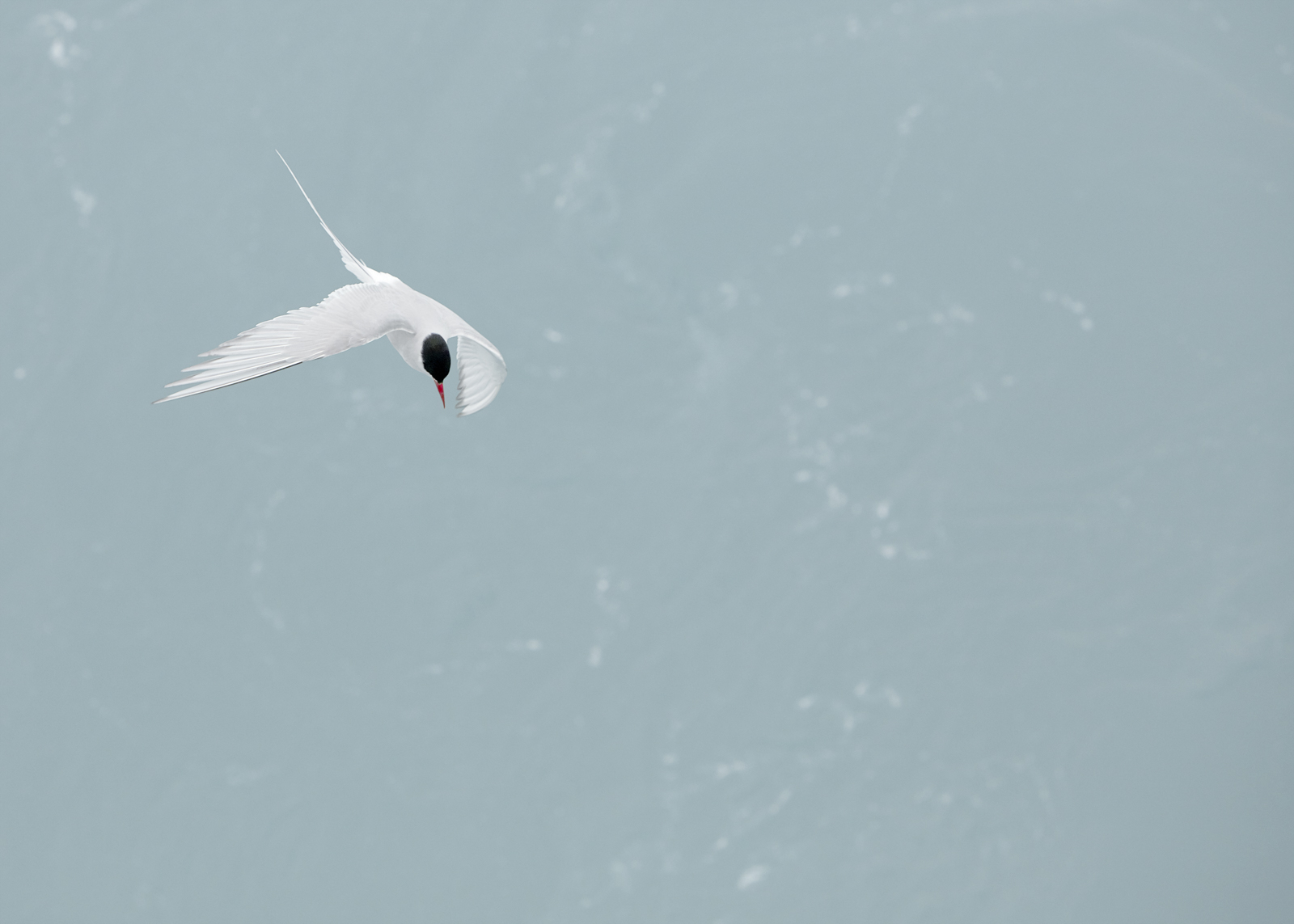
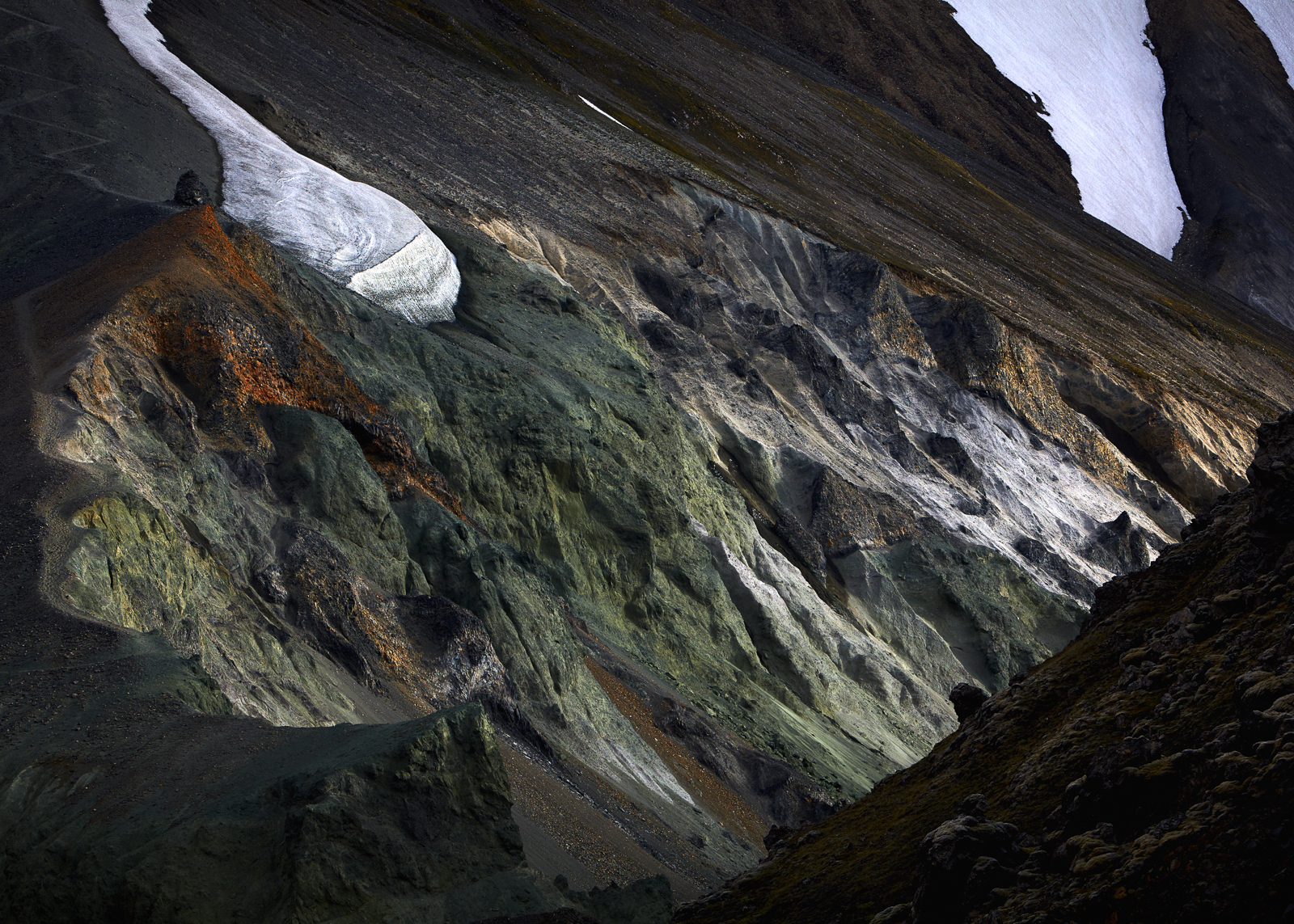
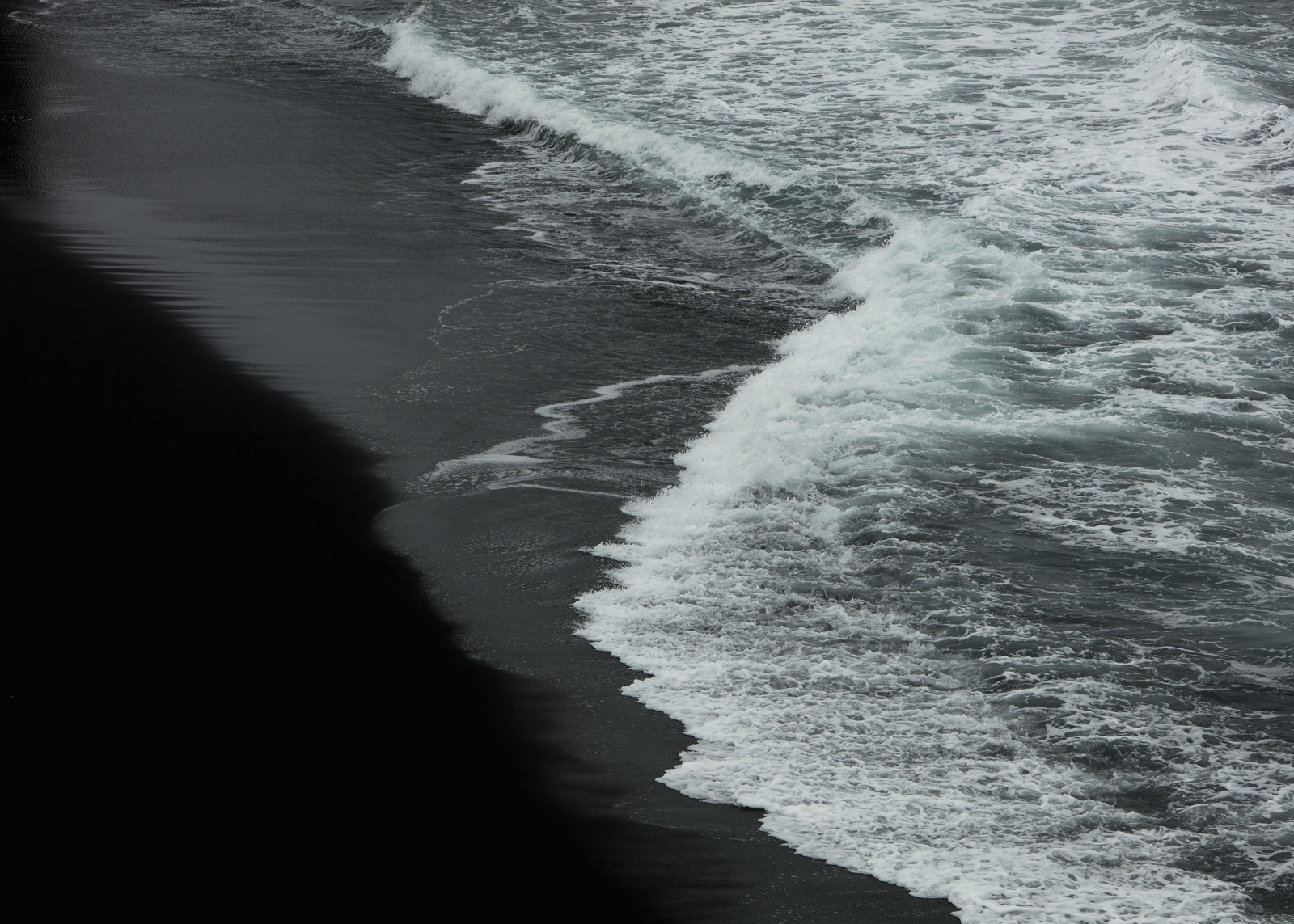

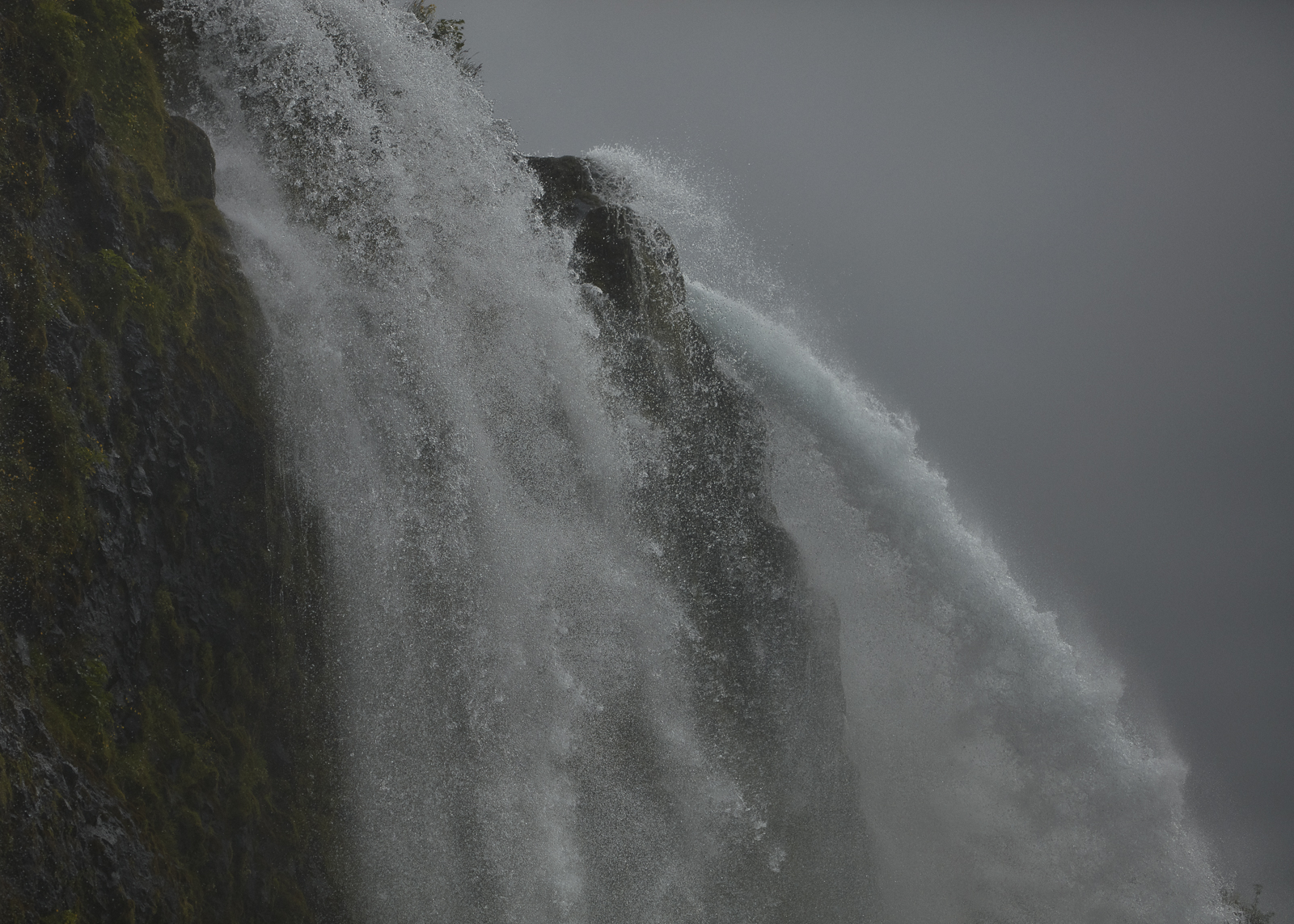
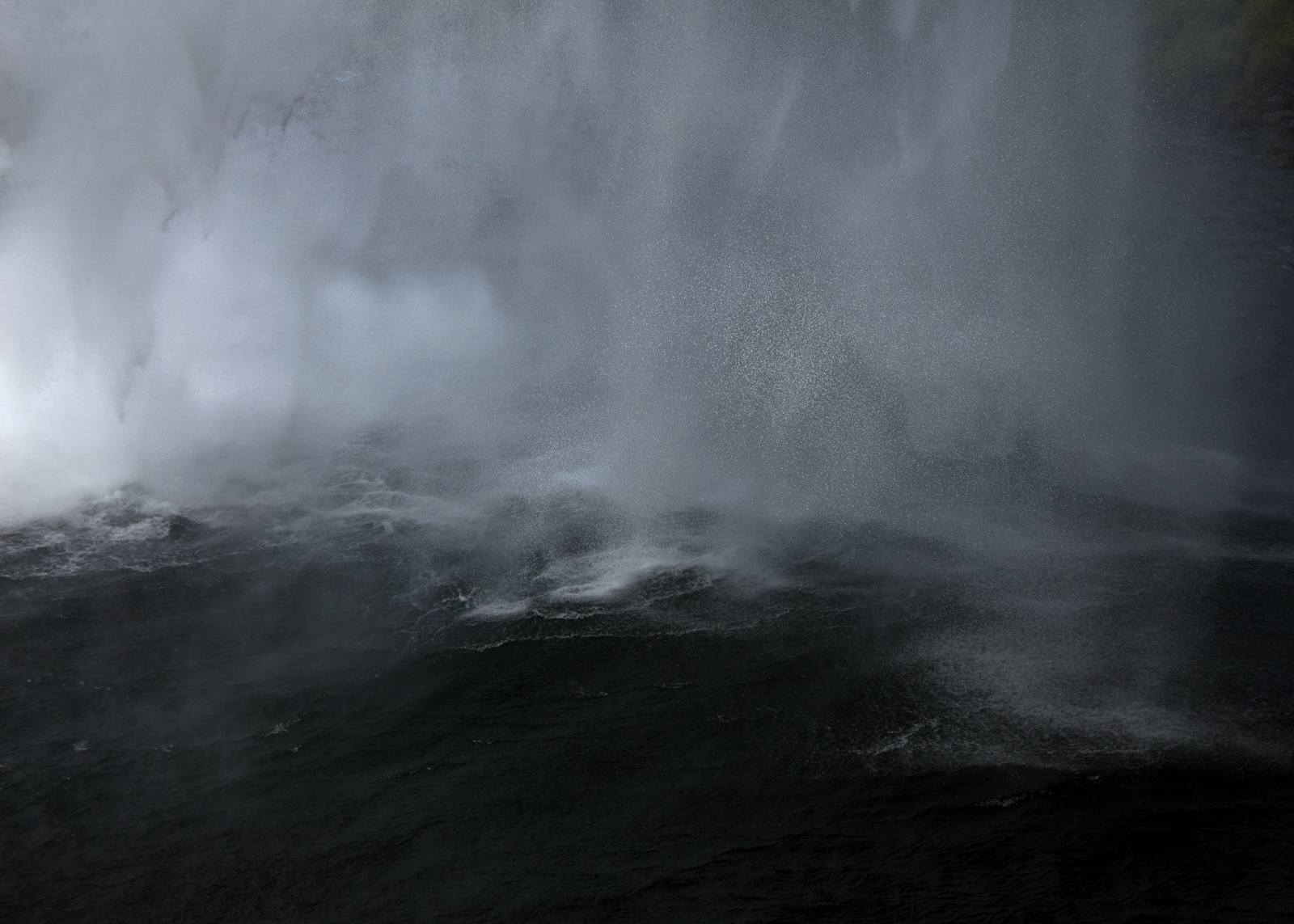

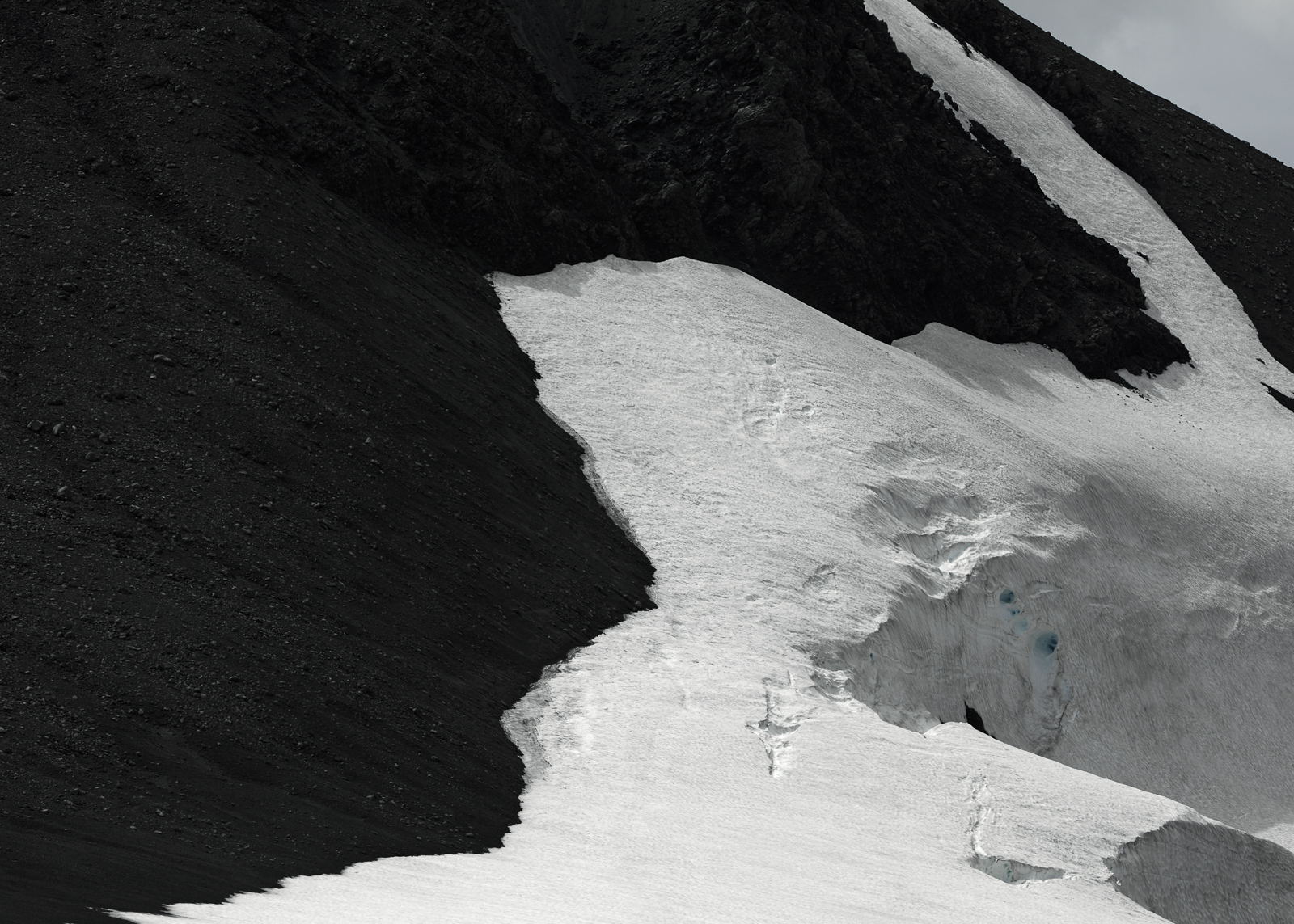
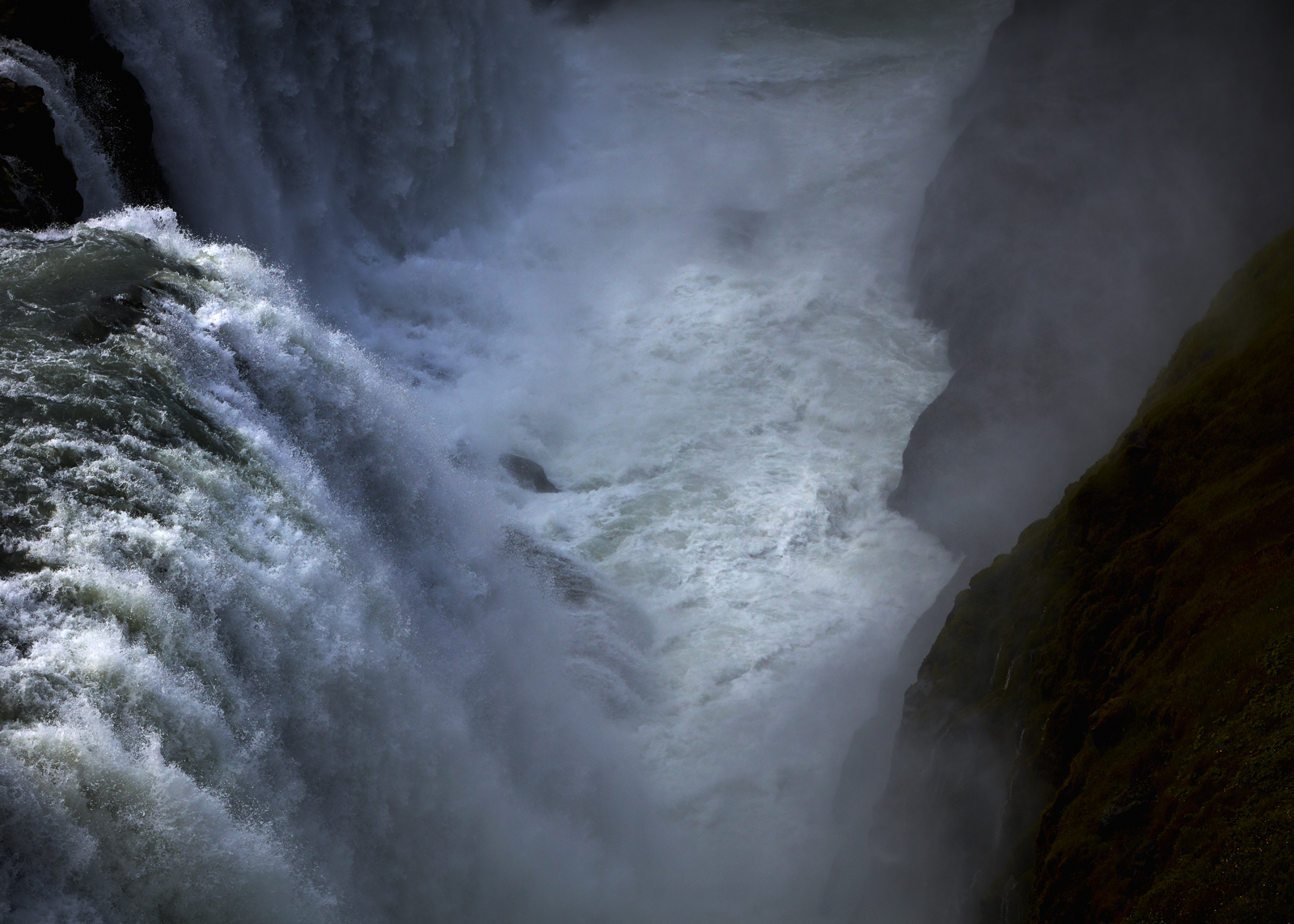

New World Flavour
For our Canada magazine, writer Shaun Pett and photographer Leila Ashtari explored the wines of Ontario. Due to the nature of print we couldn't publish all of their wonderful finds and images. So, for those seeking some new world flavour, below are some of the gems that deserve plenty of attention ...
Though Canadian wine is still a young tradition in the land of beer - with the first European vinifera grapes planted in the 1950s and serious wineries started only in the 70s - pioneering winemakers are experimenting with unique but challenging environments and building a new tradition of wine. Two of Canada’s major wine regions lie along the shores of Lake Ontario and are within a short drive of Toronto, making them the perfect destinations for a weekend escape. The Niagara Peninsula and Prince Edward County, a patchwork of vineyards and farm land and colonial towns, are now home to 150 wineries and counting, along with the attendant restaurants, artisans and boutique hotels.
New World Flavour
SUCKING ON STONES
Geology marked the Niagara Peninsula for grapes. The glacial Lake Iroquois, a precursor to Lake Ontario, deposited the fertile soil and red clay, while an ancient sea laid down the limestone sediment for the Niagara Escarpment, which traps the warm air currents from the lake. At the cliff-side lookout of Beamer Memorial Conservation Area you can see the skyline squiggle of Toronto across the lake and to the east runs the Escarpment’s spine.
Growing up in Niagara I never drank wine. Only after living two years in France did I come to appreciate it. This is a common pattern for Canadians: we look past what is near to what is far. Francois Morissette was born in Quebec and worked ten years in Burgundy before arriving in Niagara with the single purpose of letting the land dictate the grapes and the grapes dictate the wine. The first time I visited Pearl Morissette there was no sign at the entrance (and probably never will be). This is on purpose. Morissette is unlike most winemakers in Niagara. He takes an uncompromising approach toward non-interventionist, natural winemaking. Airborne indigenous yeasts start fermentations, and out of the nearly 200 ingredients you are legally allowed to add to wine, he only uses sulphur, and only if he has to. For him winemaking is more art than recipe and no two wines are ever the same. The old wood foudres from Alsace, the concrete eggs and steel tanks, the earthenware qvevri from Georgia, these are simply the pots he uses to cook in.
Svetlana Atcheva, the winery’s passionate ambassador, with her Eastern-European accent and Nabokovian way with description, described a wine’s structure as “ladders” climbing in the back of the mouth and called a 2014 Chardonnay that we tried from the tank “a snowflake under the microscope,” creamy and soft, but structured. Morissette’s wines and methods can seduce some and annoy others, but every wine region needs its provocateur, someone to push boundaries and undermine complacency. His wines—the Riesling, gamay and Cabernet Franc I still remember—set a benchmark for Niagara’s potential.
New World Flavour
New World Flavour
TRACING ANCIENT FOOTSTEPS
Follow Regional Road 81, which winds it way through the peninsula, and you’ll be tracing the former Lake Iroquois shoreline and a past Native trail. Heading east along 81, you near the Niagara River and the American border. Here the Escarpment eases into flat fields and you can find tiny Five Rows Winery tucked away in St. David’s. Winemaker Wes Lowrey, the fifth-generation of his family to farm this land, focusses on making the wine in the vineyard, spending two months thinning the 150 rows of vines by hand, three per day. His very small batches are excellent wine. Neighbouring Ravine Winery is worth stopping at for a bite of field-to-table fare.
New World Flavour
ON ISLAND TIME
Because of the Murray Canal, Prince Edward County is technically an island. Located almost halfway between Toronto and Montréal, it feels far apart from the urban grind, with the slow rhythms of country living and small town intimacies. The County is the newest wine appellation in Ontario with vines only planted at the turn of the millennium. The varying topography creates a mesoclimate at each vineyard, allowing you to visit 20 different wineries and taste 20 different Chardonnays. But making wine here requires one to be a little stubborn and a little mad. Since the winters get so cold, and temperatures of -25°C can kill vines, they must ‘hill up’ the vines in autumn, burying them under earth and hoping they’ve survived when dug up by hand in spring.
At the new micro brewery, British chef Neil Dawson turns out fresh and simple dishes of the moment - he’s also known to roast a pig from time to time. We sat on the patio overlooking the vines with a pint of the saison. A salad of crisp snap peas, watermelon radishes, crumbled feta and poppy seeds was a snapshot of that early summer day.
It’s easy to hop from one winery to the next, as most are clumped in the west of the island due to the moderating lake breeze. Down Closson Road don’t miss The Grange, Closson Chase, and The Old Third. At Norman Hardie’s, who is the gregarious face of the County and the gateway for many to the region, we ate what is still the best Neopolitan pizza around, enjoying it on the patio with a glass of stony Calcaire while others slurped oysters and the slow Sunday afternoon melted away.
New World Flavour
New World Flavour
WRITING NEW LORE
At Trail Estate the tasting room was still being built so Mackenzie Brisbois hosted us in the cluttered production shed. Her first year as head winemaker, she was excited to show off her skin contact experiments. Using this thousand-year-old technique of letting the juice sit with the skins for up to three weeks (like with red wine, but unconventional with white), she crafted four three single lot Rieslings and a Sauvignon Blanc that were complex and textured. The last one, of which she only made less than 100 bottles, had a surprisingly nutty nose - none of the grass one is used to - and a good funk that bloomed into melon flavours. Working in this hands-off manner, letting the wine become the wine it wants to be, requires patience. One day it’s good, another bad. “Doing nothing is the hardest thing.”
New World Flavour
PATHS LESSER TRAVELLED
Leaving the tourist trail in the west, you’ll find a hidden spots, like the gravel beach at Little Bluff Conservation Area or Sandbanks Provincial Park, where the 8 kilometres of mesmerizing sand dunes is the largest system of its kind in the world. Fifth Town artisan cheese, housed in a LEED-certified, green building, hosts wine and cheese tastings.
There’s something of the monk in Glenn Symons. He works mostly alone at Lighthall Vineyards, secluded on a nowhere road, perfecting his wine and cheese. A home vintner for 25 years, he bought the vineyard in 2008, attracted by the soil’s potential and its unwritten story. He has rigorous standards and won’t sell a wine that disappoints him. Cases of an unsatisfactory rosé have been in storage, waiting to be distilled to fortify a late harvest Vidal he produces. We chatted in his small production kitchen while he scooped fresh sheep milk curds into moulds. I asked him if there was a wine or cheese that he wanted to make that he hadn’t yet attempted. No, he said. He knows what he wants. Like others in the County, he has a self-confidence that comes from having found his place in the world. The job then, vintage after vintage, is listening to this place and singing it to others. That’s what wine can do.
New World Flavour
New World Flavour
New World Flavour
The Canada Magazine
This week the Canada issue of Lodestars Anthology - officially released in the UK on October 18 - will be avalible through our online store. So we thought we'd celebrate by sharing some of the wild and wonderful images and illustrations that fill the pages of issue 6. Thank you as always to our truly spectacular contributors - the world is indeed filled with some rather talented beings. You can order the magazine here.
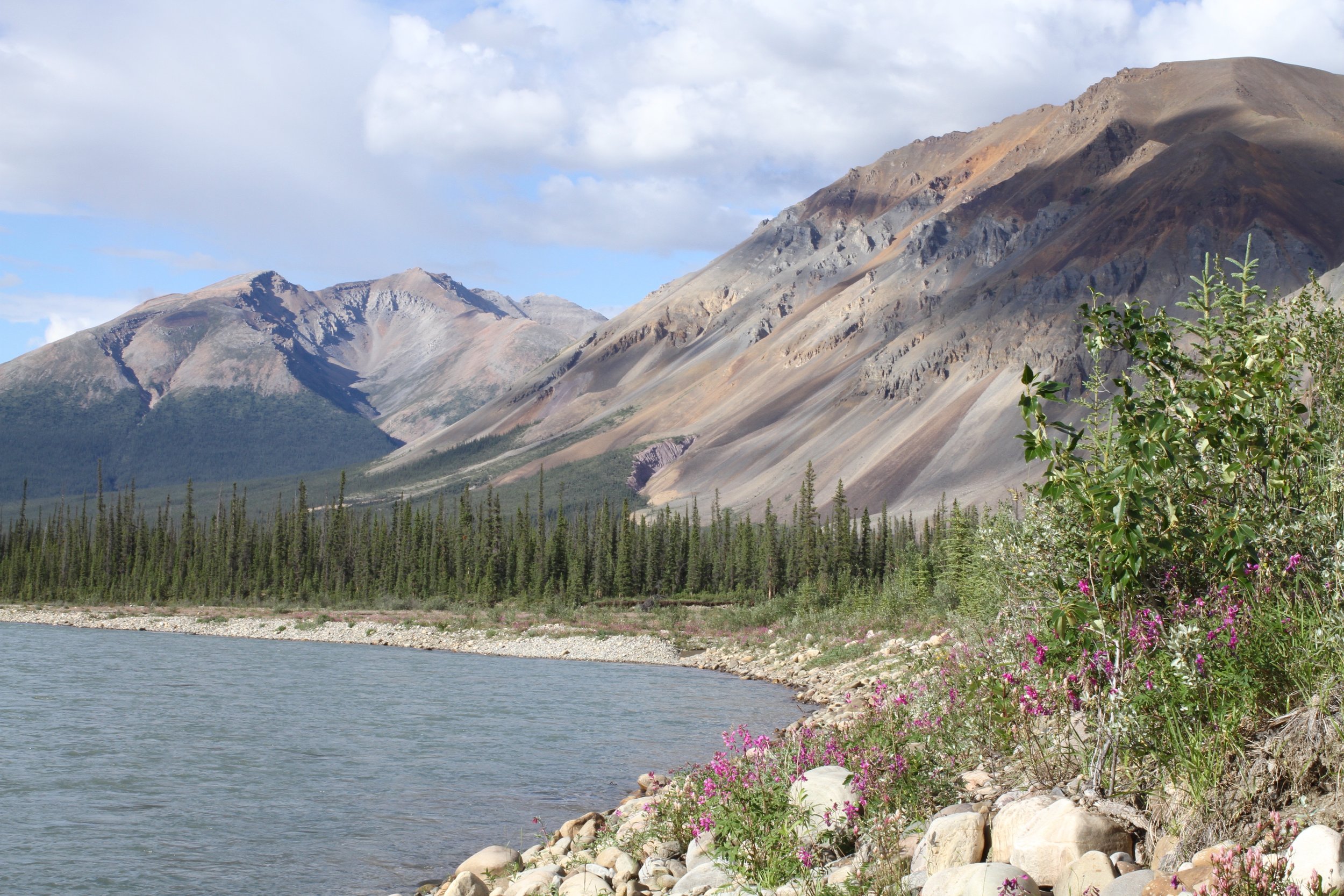
About the magazine: Canada is a land where lakes glow, mountains soar and island life prevails. Wild, rugged and unfazed by time, luxury resides in unexpected corners, cities delight and outdoor adventure beckons, for nature is indeed all around. You yearn to explore, to get lost, to reconnect with a pristine beauty so hard to encounter in the modern world. The seasons astound - from frozen winters to summer’s never-setting sun - while waterfalls carve canyons, rivers become frozen highways and people smile, aware of their heritage and all that this land has gifted them. You’ll find snow and maple syrup, art and architecture and a landscape both inspiring and eternal. Greetings from the Great White North.
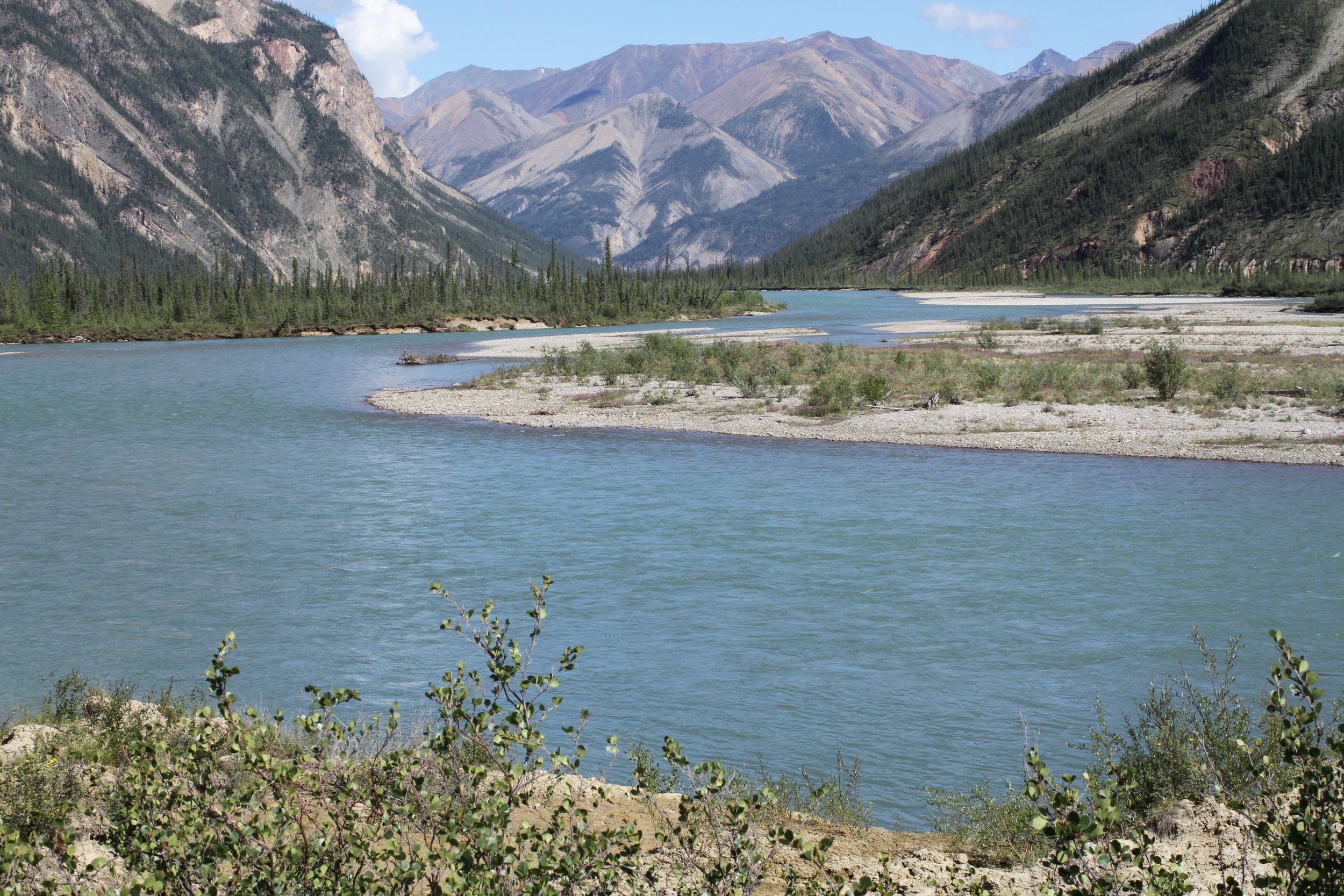
Some featured destinations:
Clayoquot Wilderness Resort Fogo Island Inn Vancouver Toronto Montreal The flavours of Canada Cosman & Webb maple syrup Left Field Brewery Canoe North Adventures The Yukon in winter Northwest Territories Nova Scotia Halifax Lobster Boil Ontario wines The Canadian Rockies Prince Edward Island Calgary The Canadian

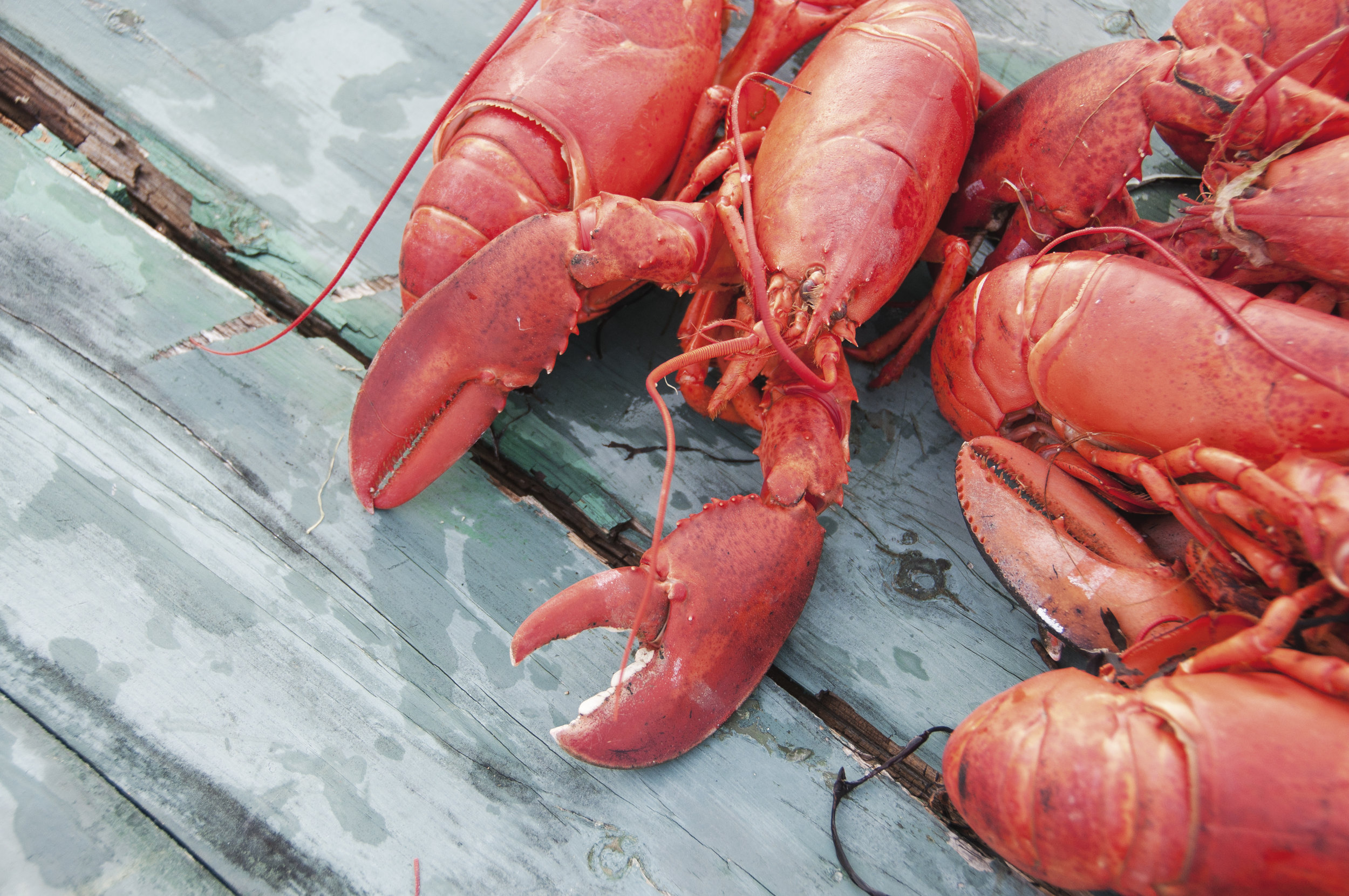
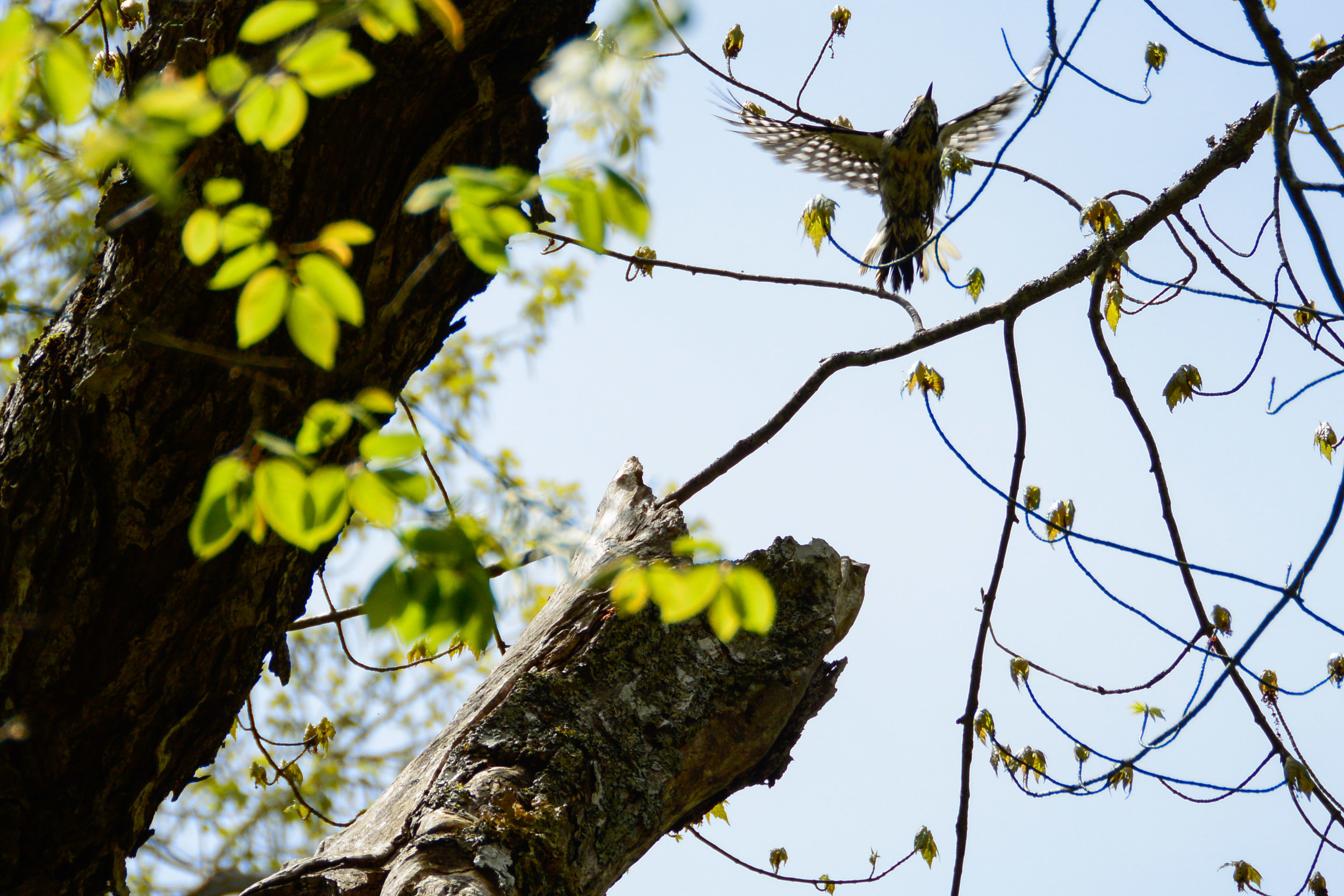
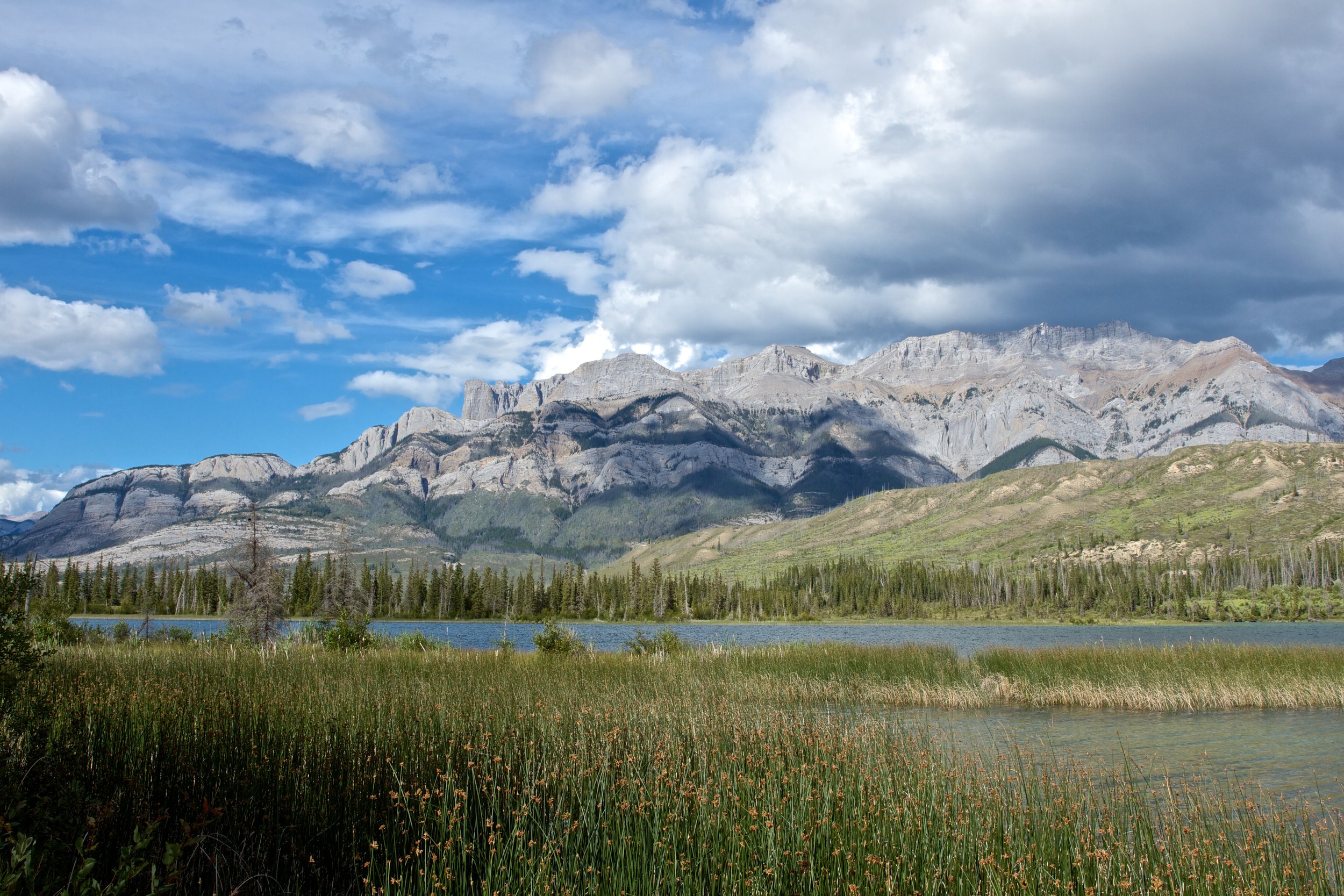
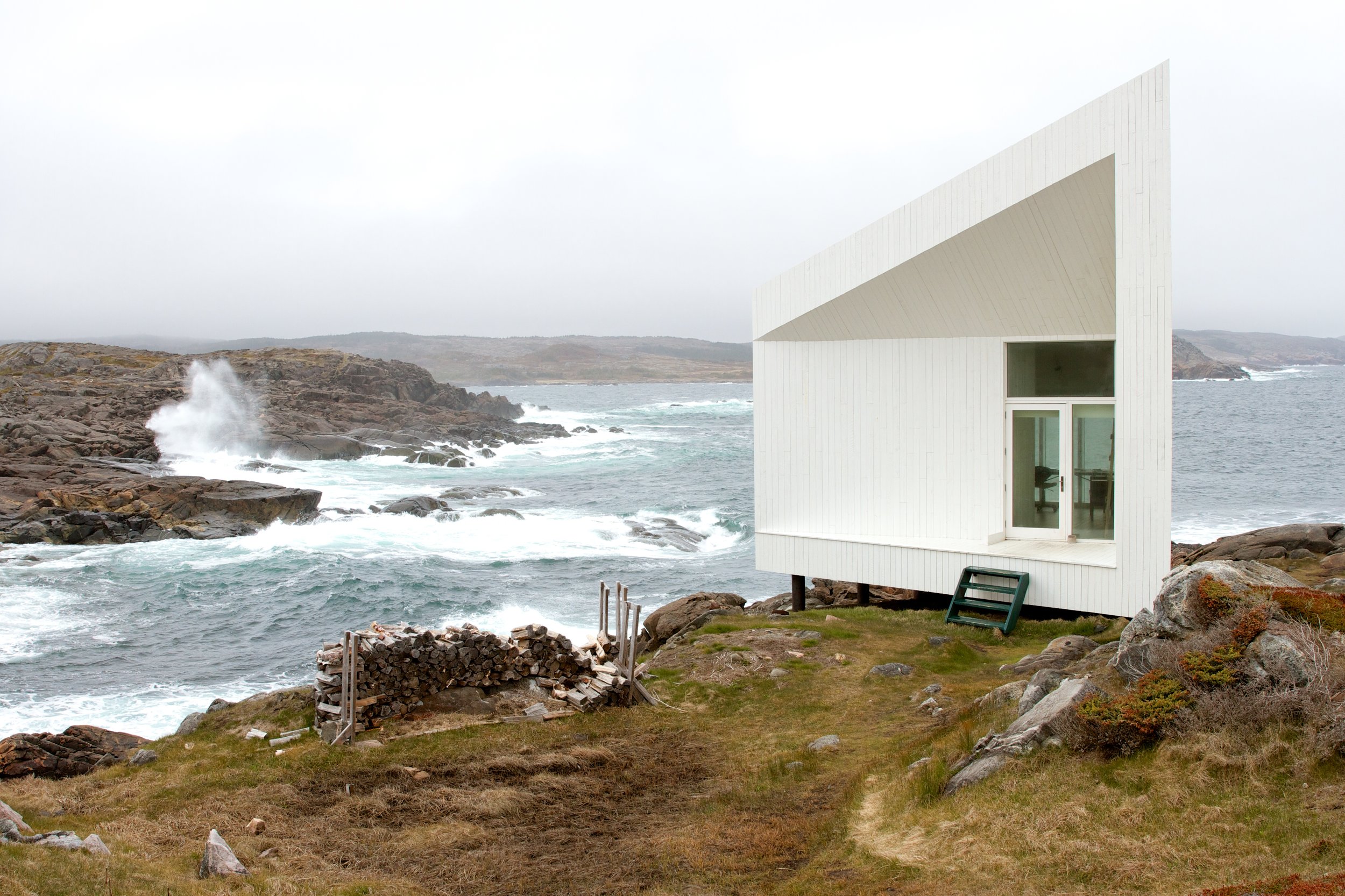
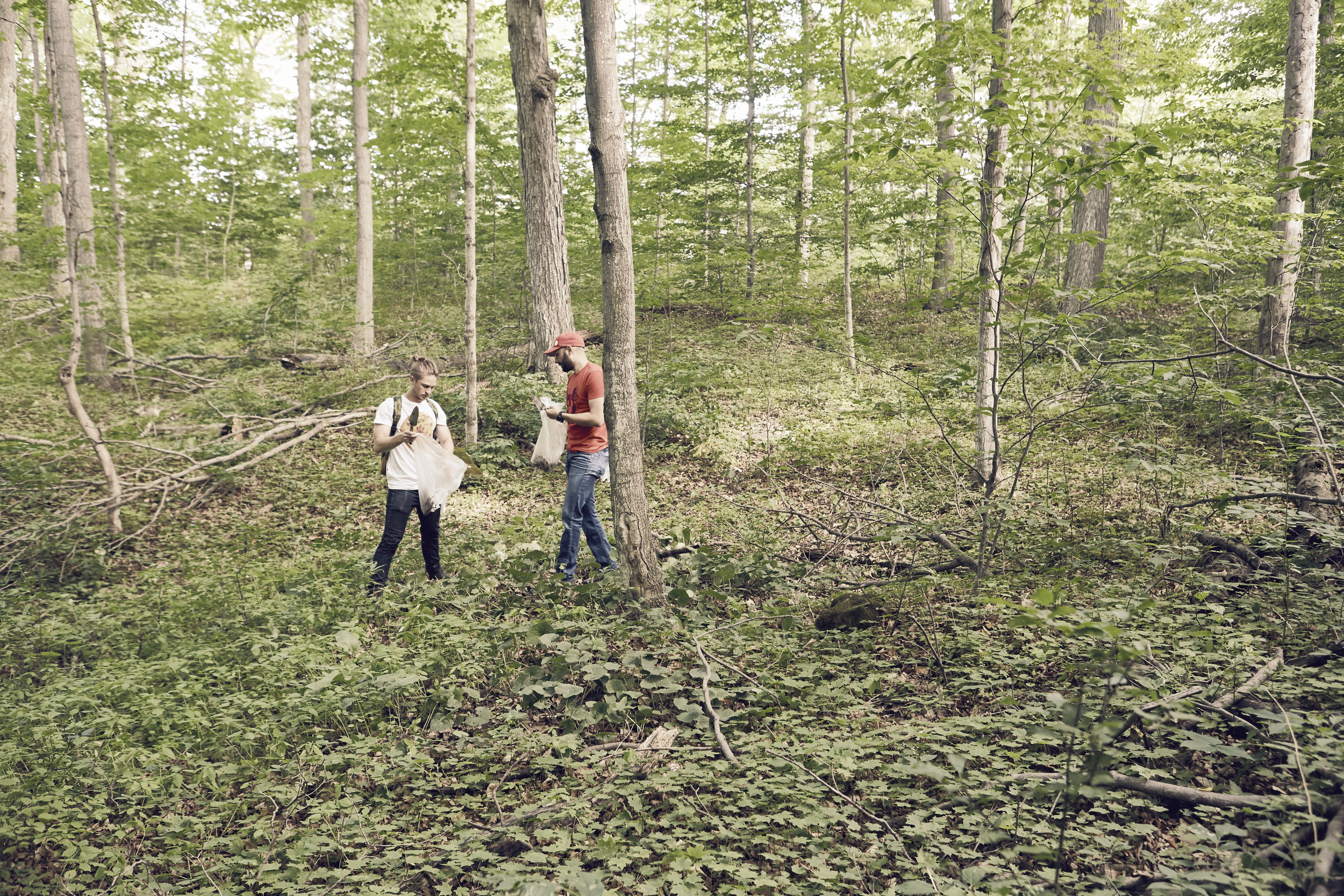

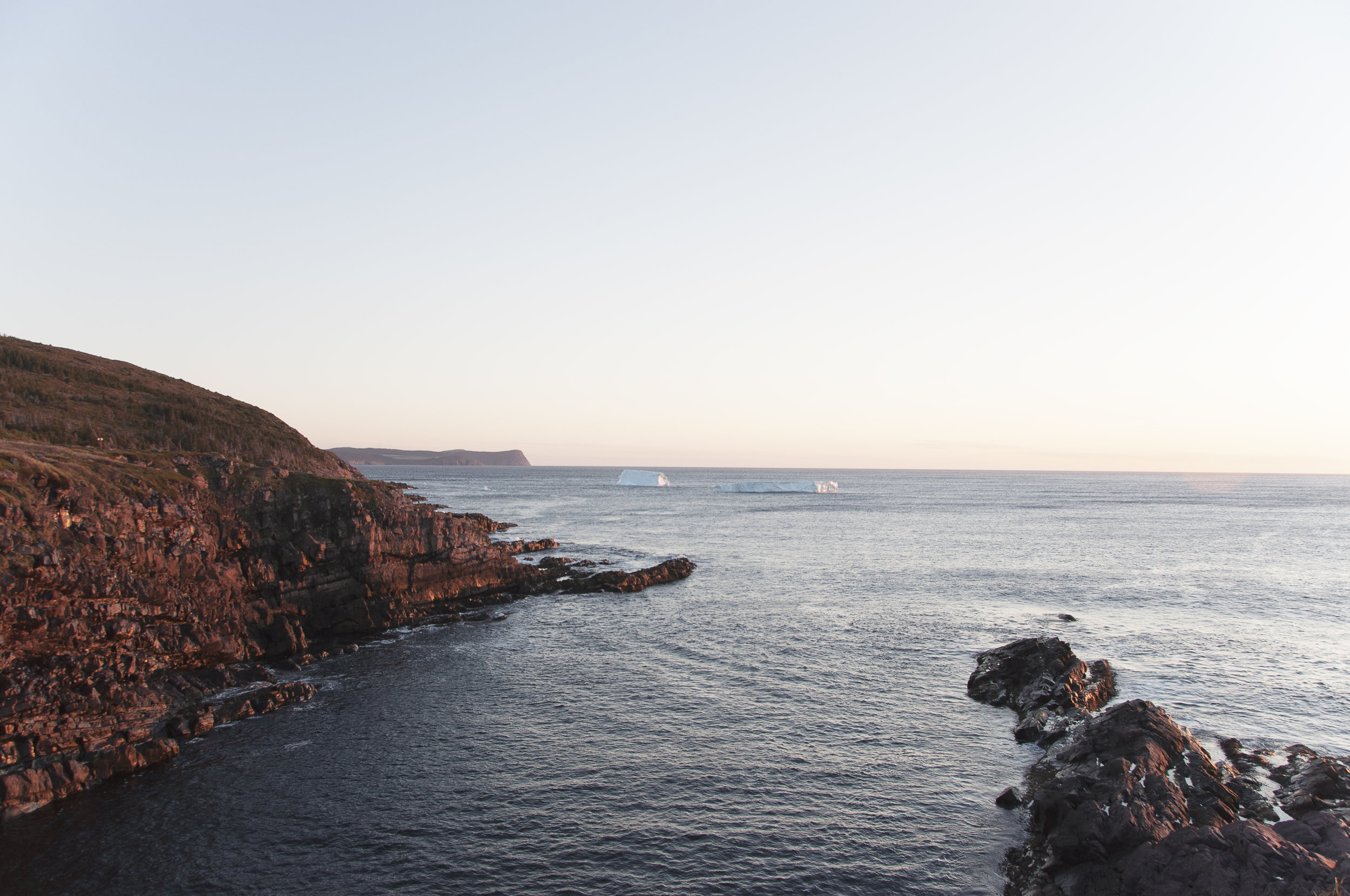
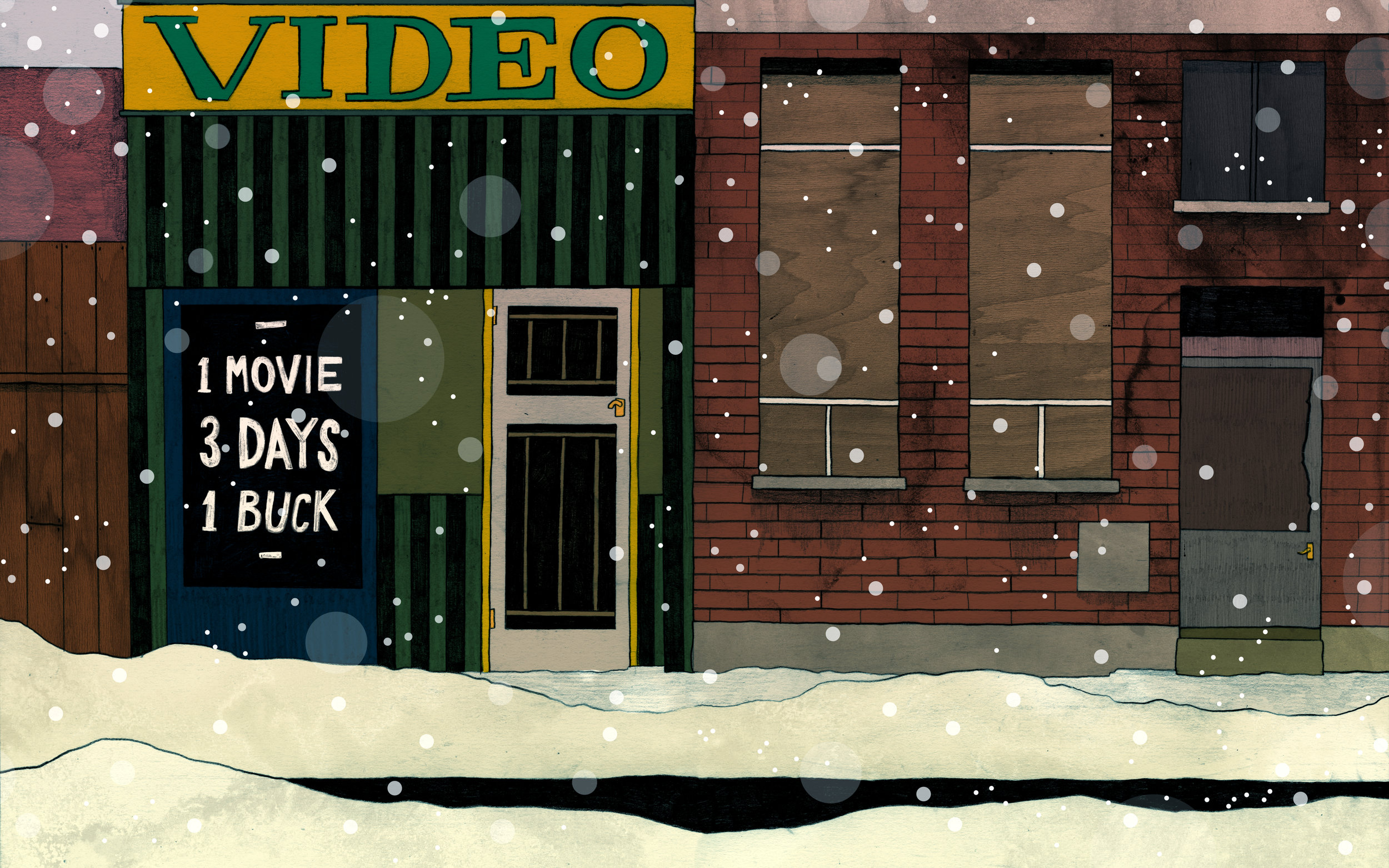
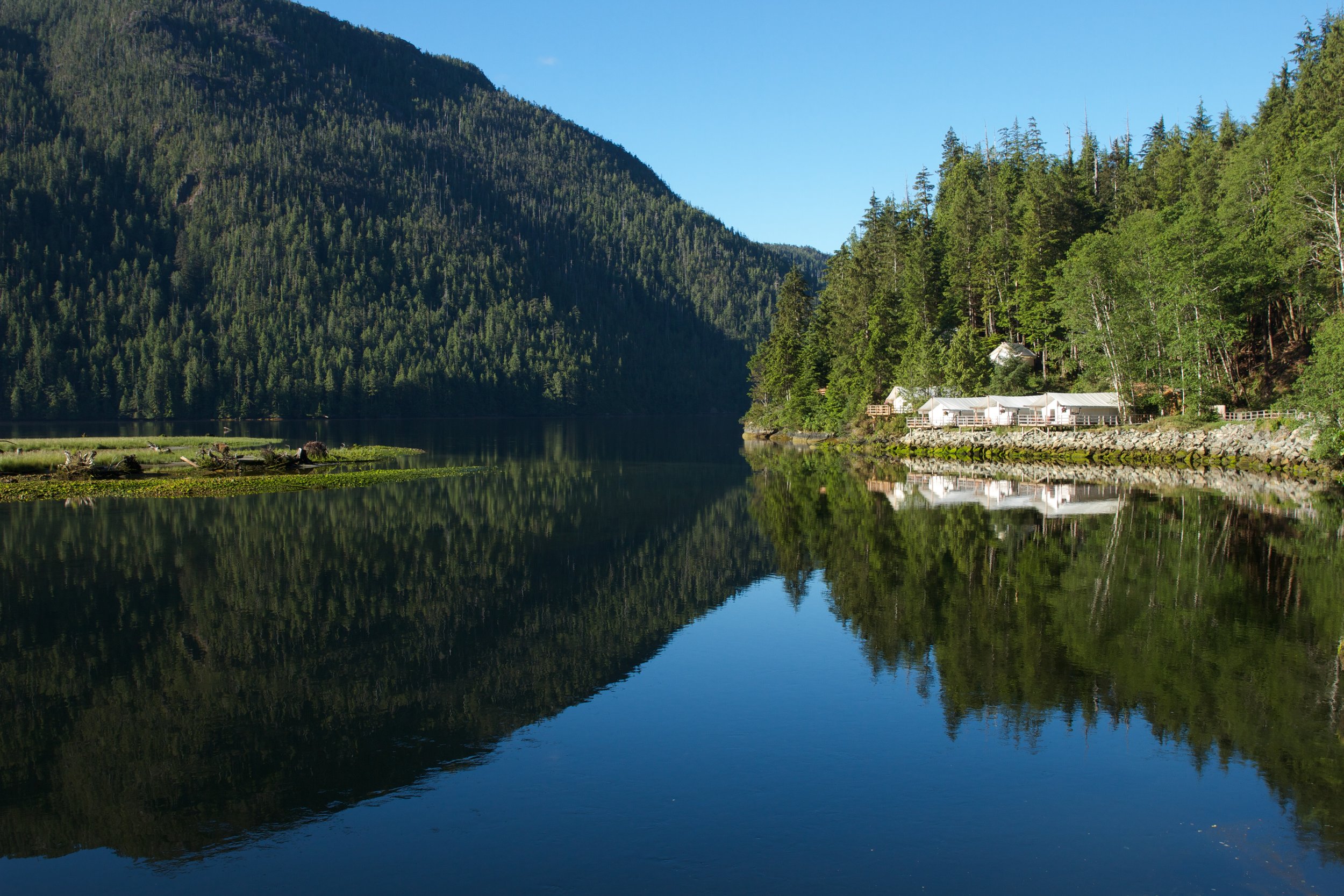
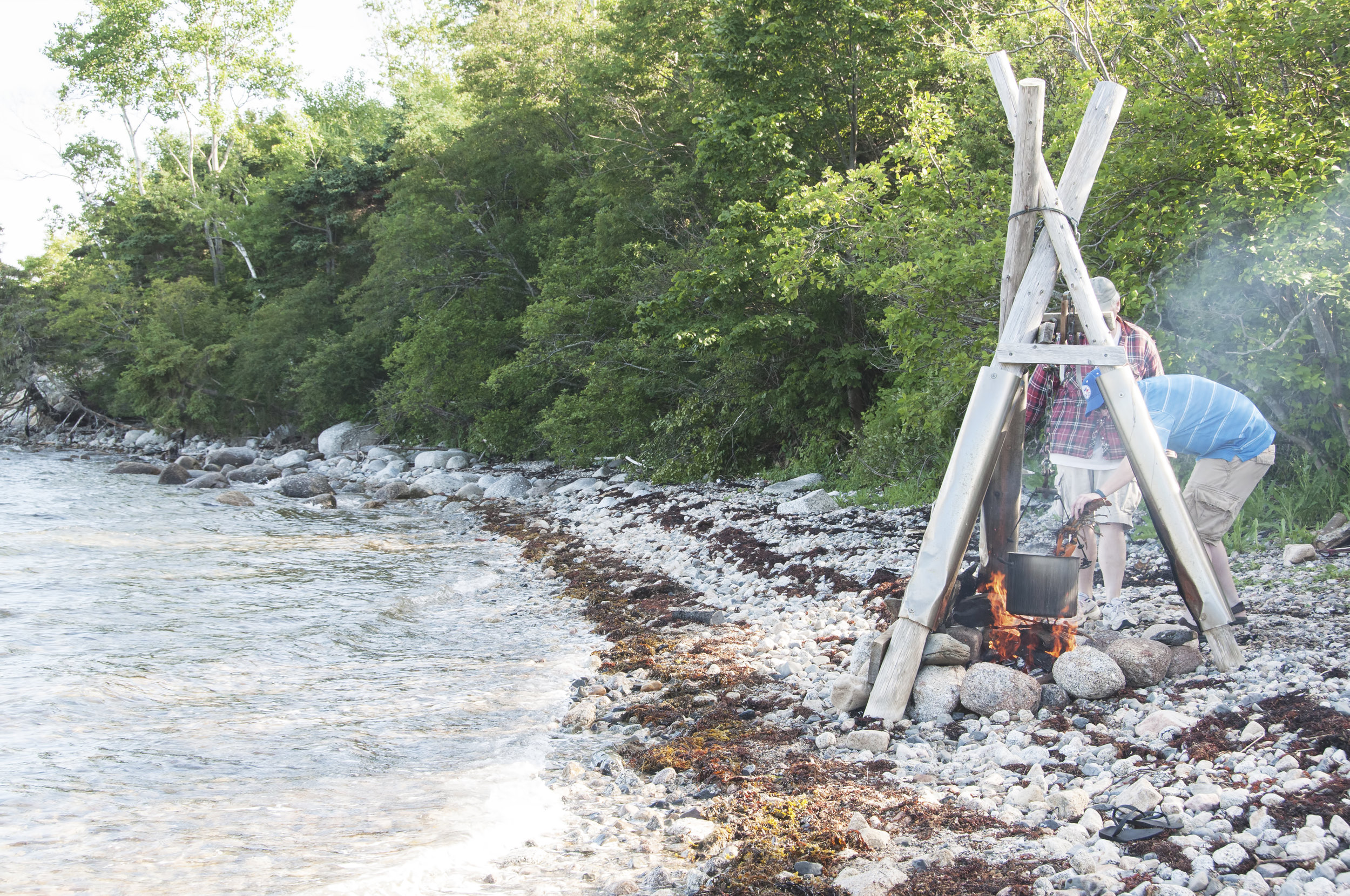
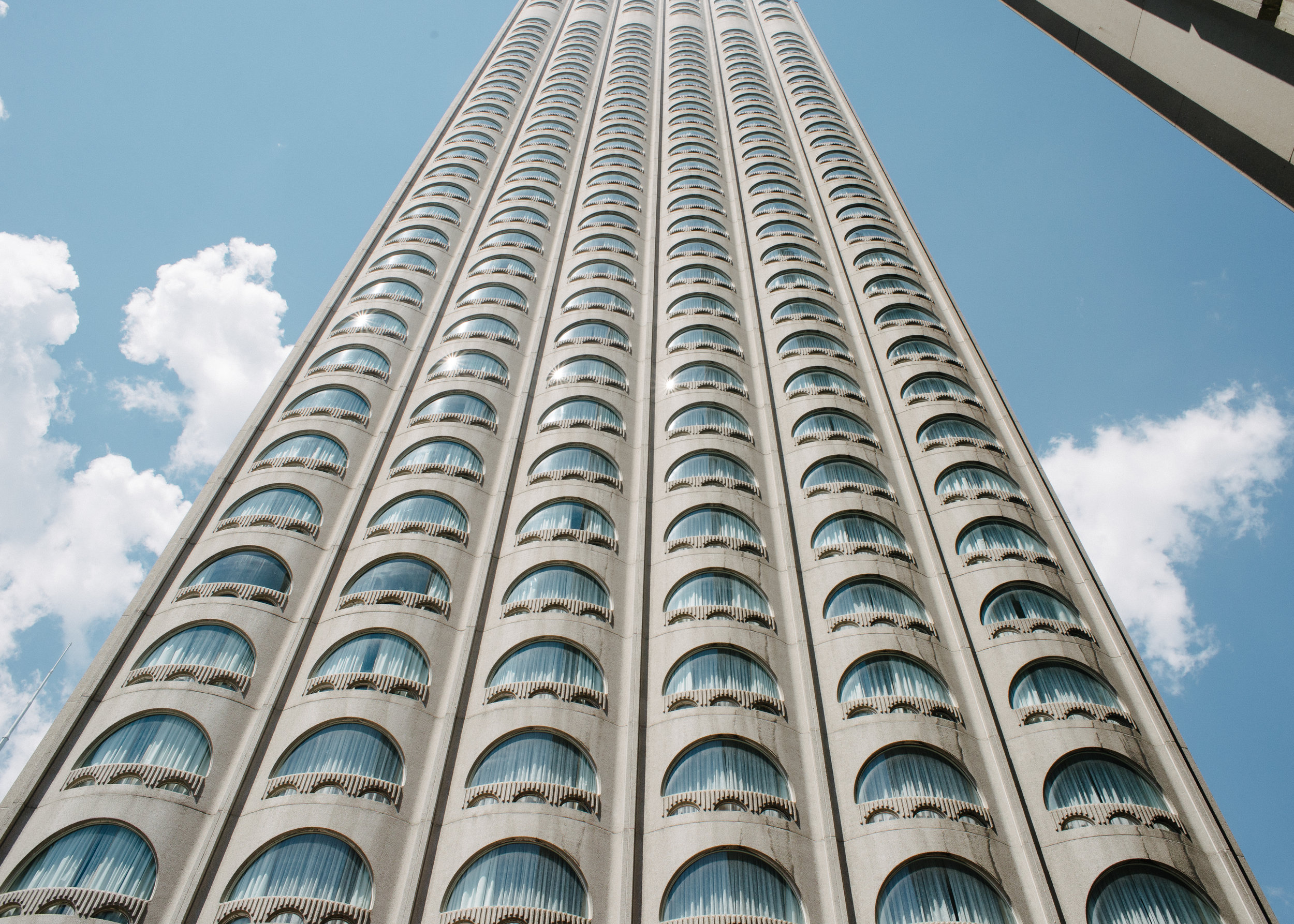
Yosemite to Arches
Words by Emil Martin & Photographs by Angela Terrell 0n the 100th anniversary of National Parks in the USA, it seemed fitting to visit some jewels in their crown.
Yosemite, four hours from the West Coast, is a landscape shaped by glaciers. Towering granite monoliths ring the valley, their splendour captivating millions of visitors and the solitude (if you visit at the right time) encompassing.
Montana’s Yellowstone, the oldest National Park, lies above a magma hotspot and claims the world’s largest collection of geysers. The most famous, Old Faithful, erupts every 45 minutes but is by no means the most powerful and spectacular. Patiently waiting by a number of geysers we saw steaming water rise hundreds of meters in a multitude of directions. Waterfalls and lakes together with bison, elk and the lurking danger of grizzly bears add to the excitement. Beware though, the last volcanic eruption 600,000 years ago dwarfed anything in human history ... and the next eruption is well overdue!
Utah is home to Arches National Park (guess what it is famous for?), Bryce, which is renowned for its beguilingly shaped sandstone Hoodoos and Zion where you can scale vertigo inducing peaks and frolic in ankle deep mountain rivers.
There are dark star-filled skies, geology to astound, wildlife to enchant and beauty to make your heart skip a beat.
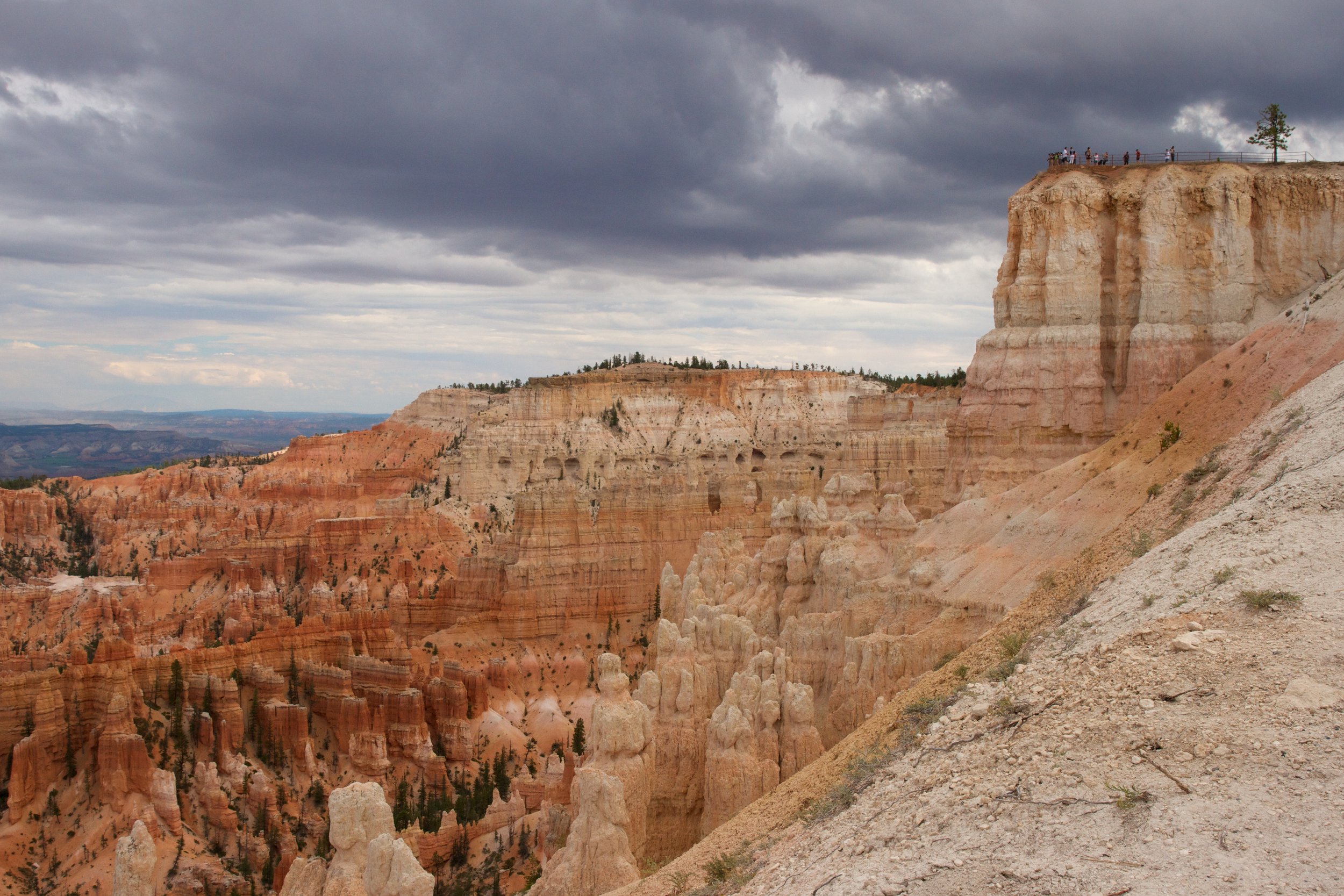
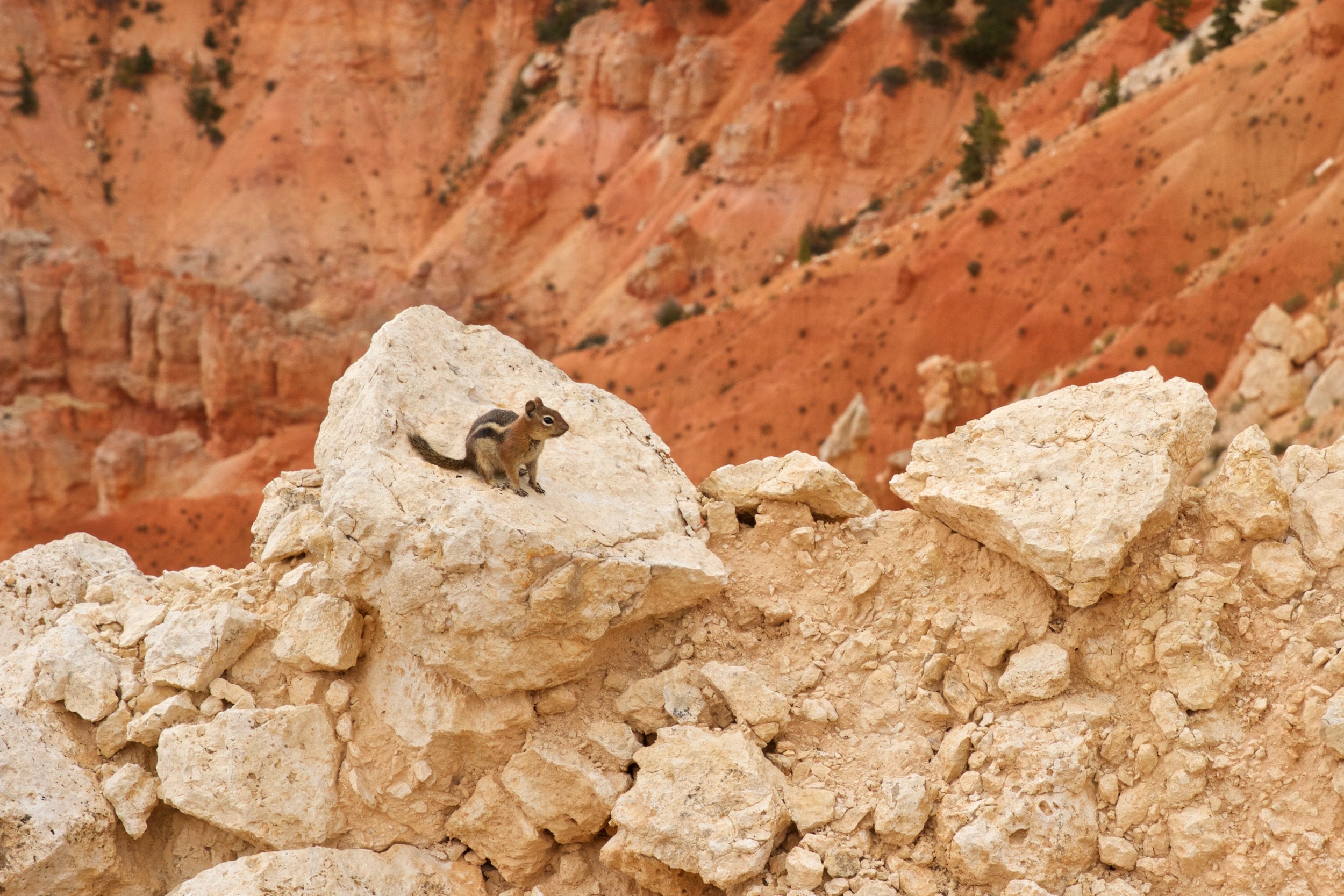
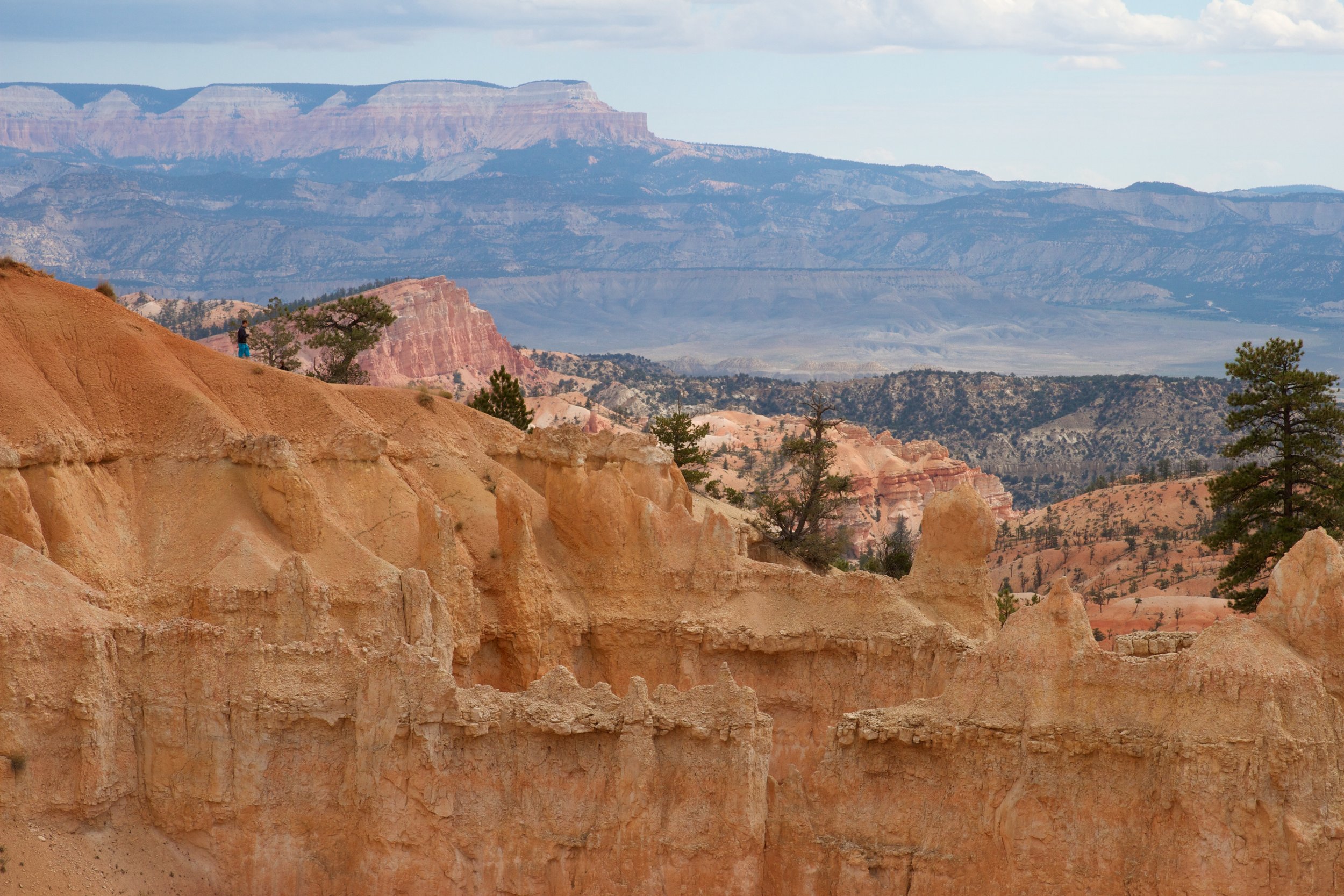
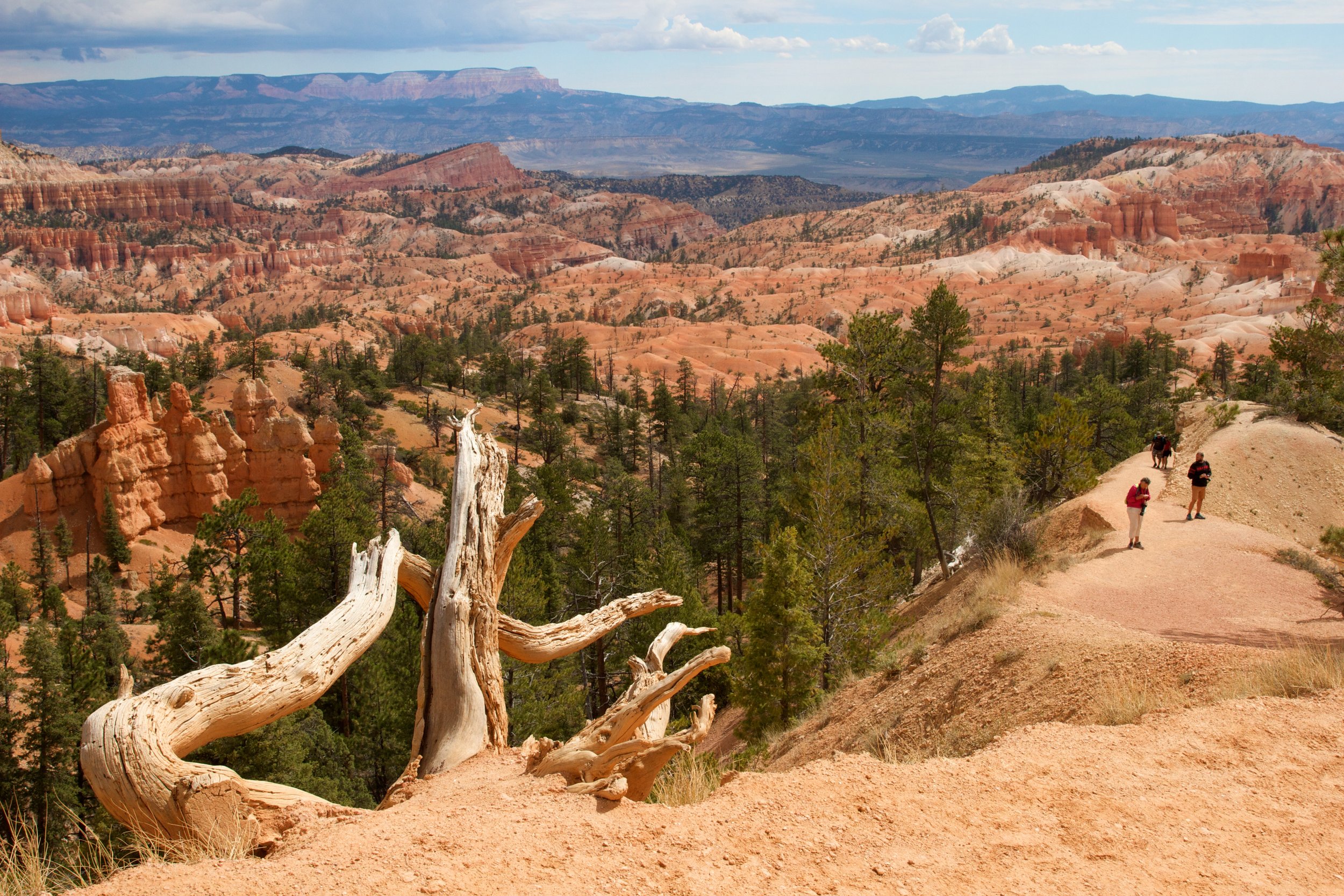
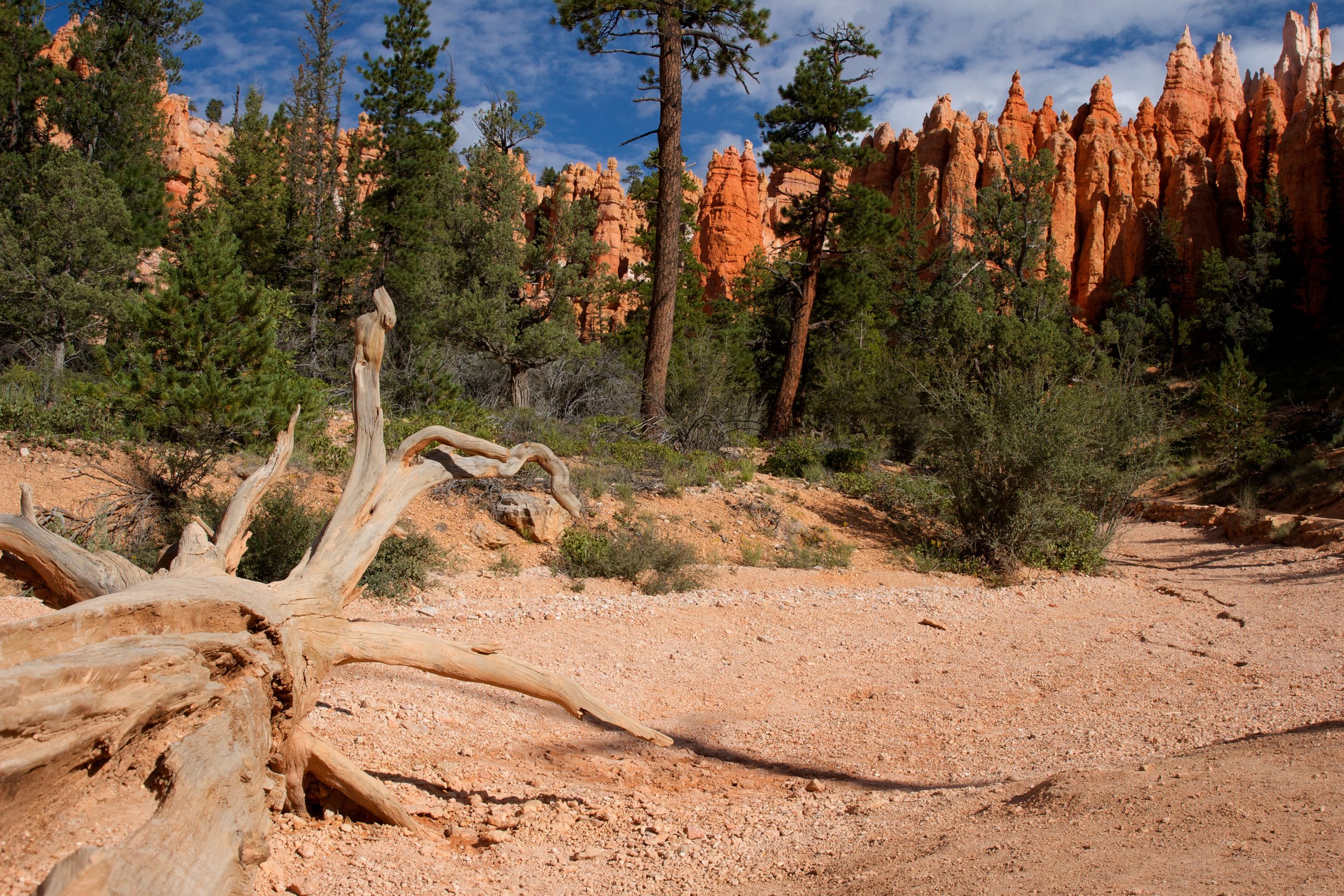
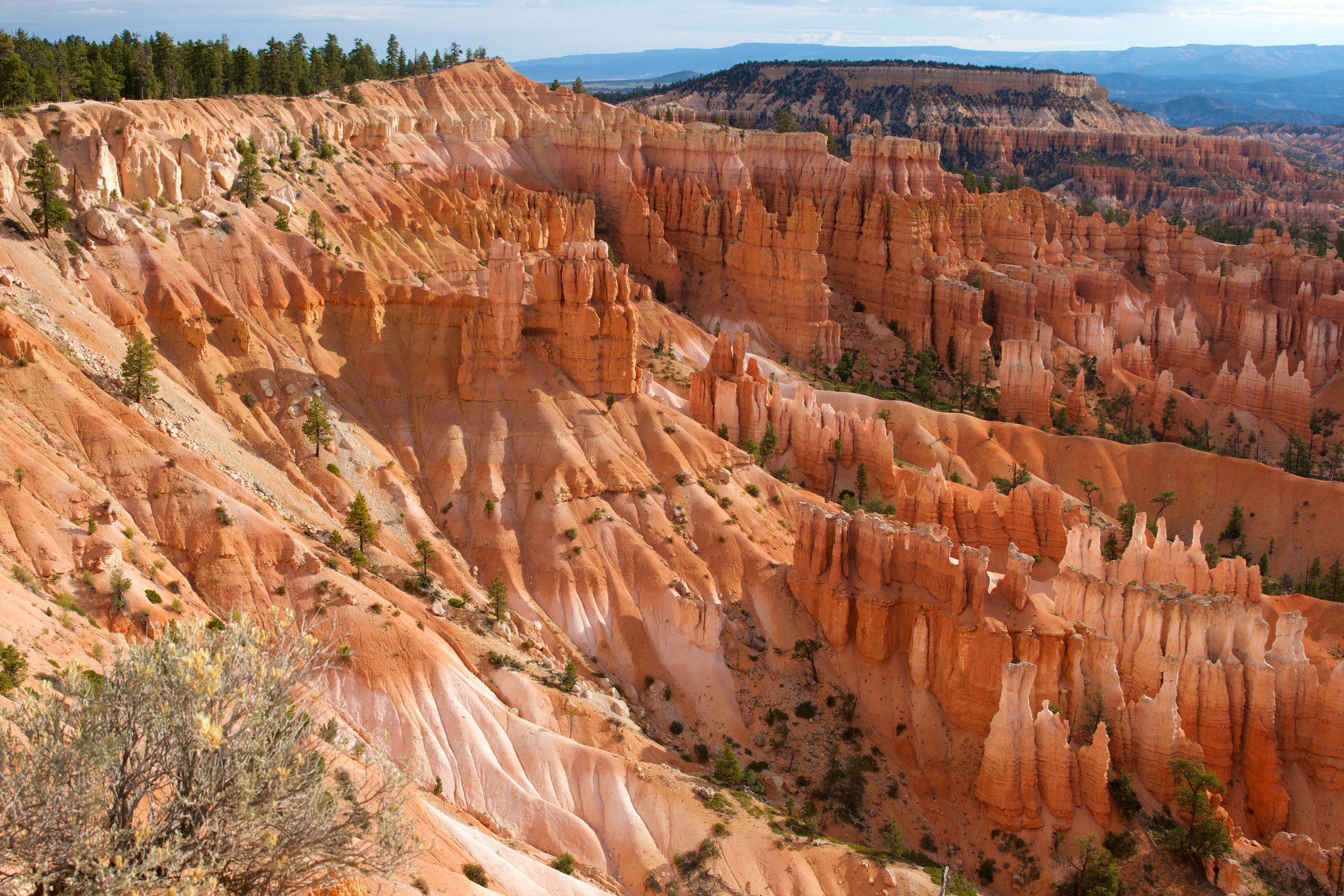
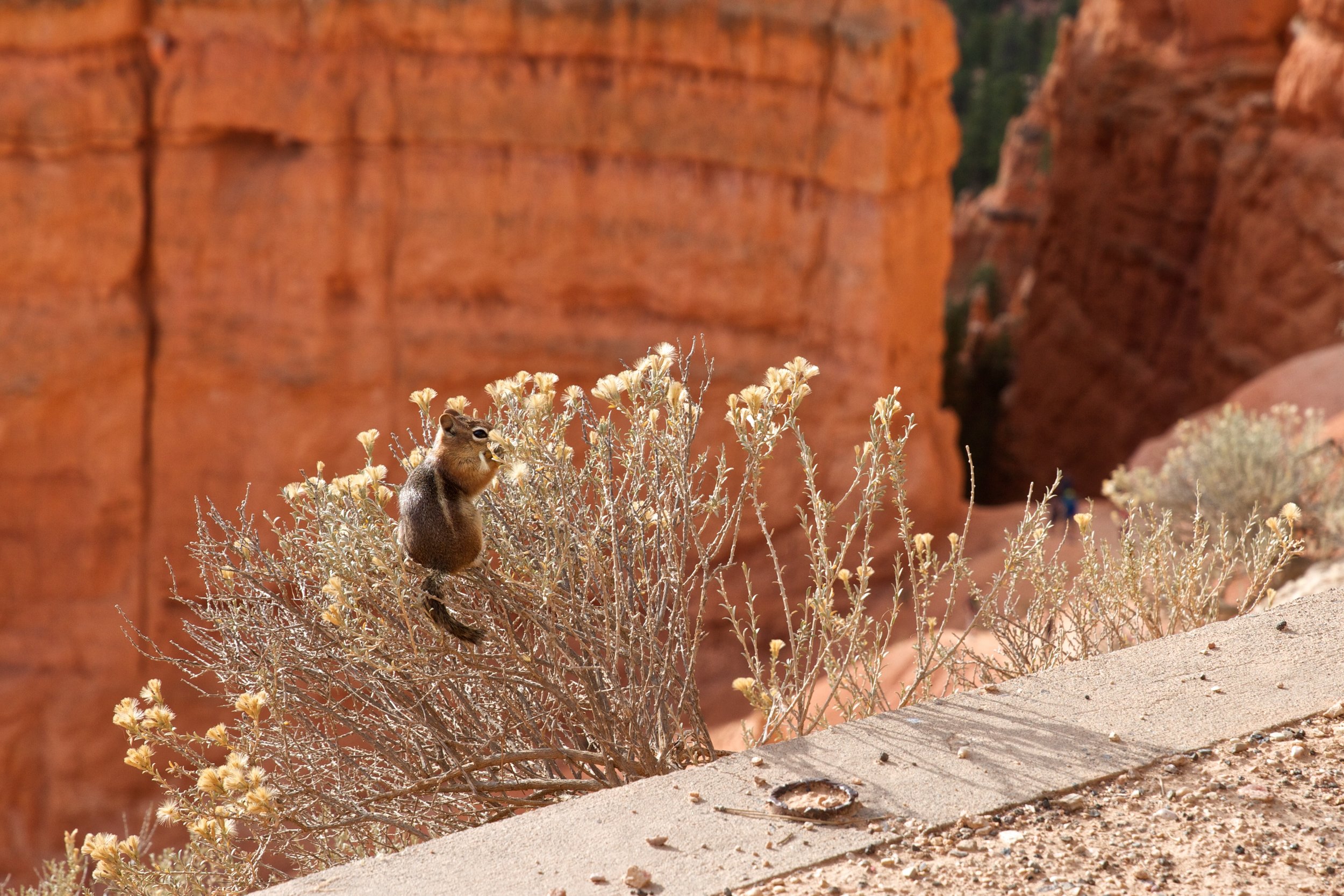
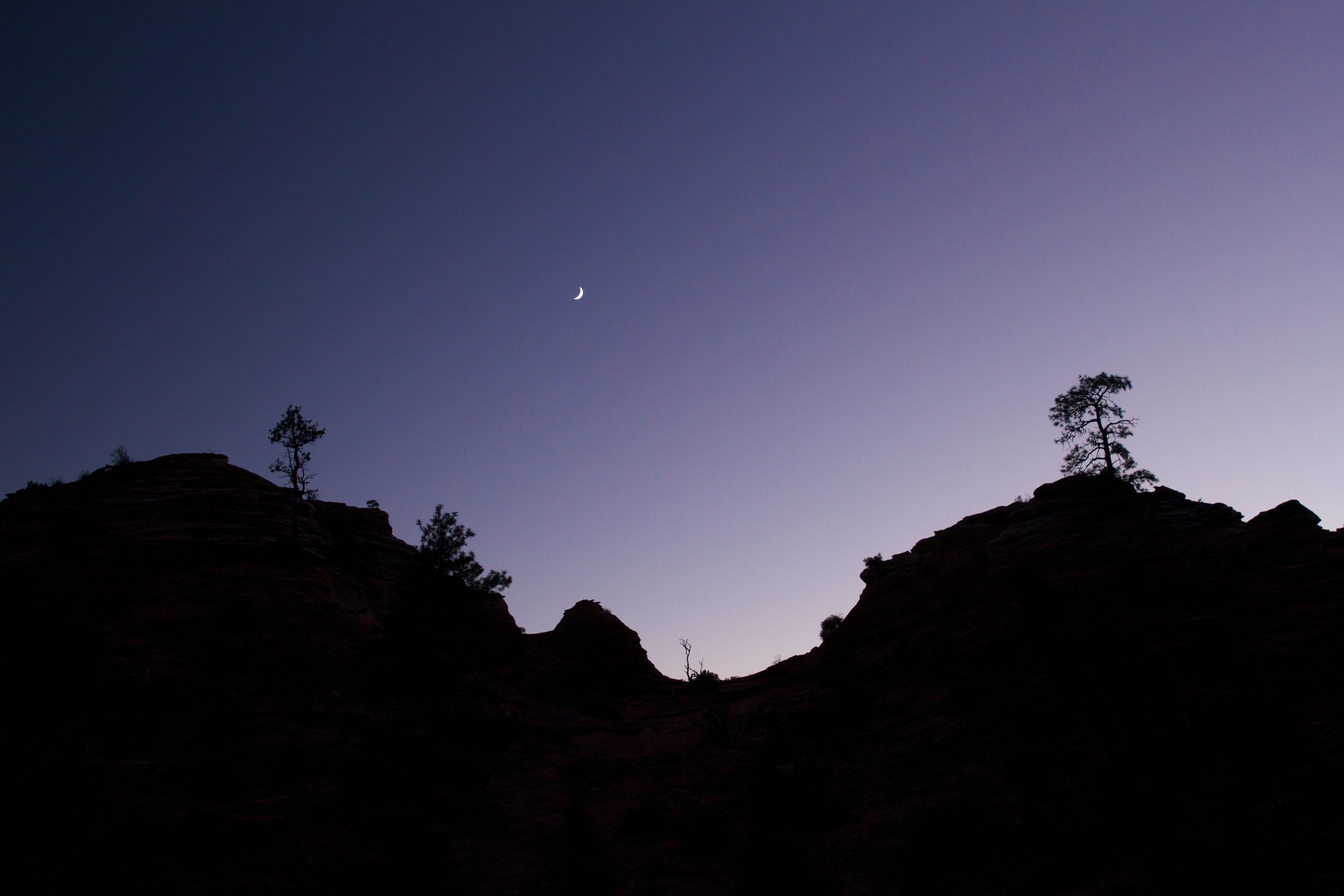
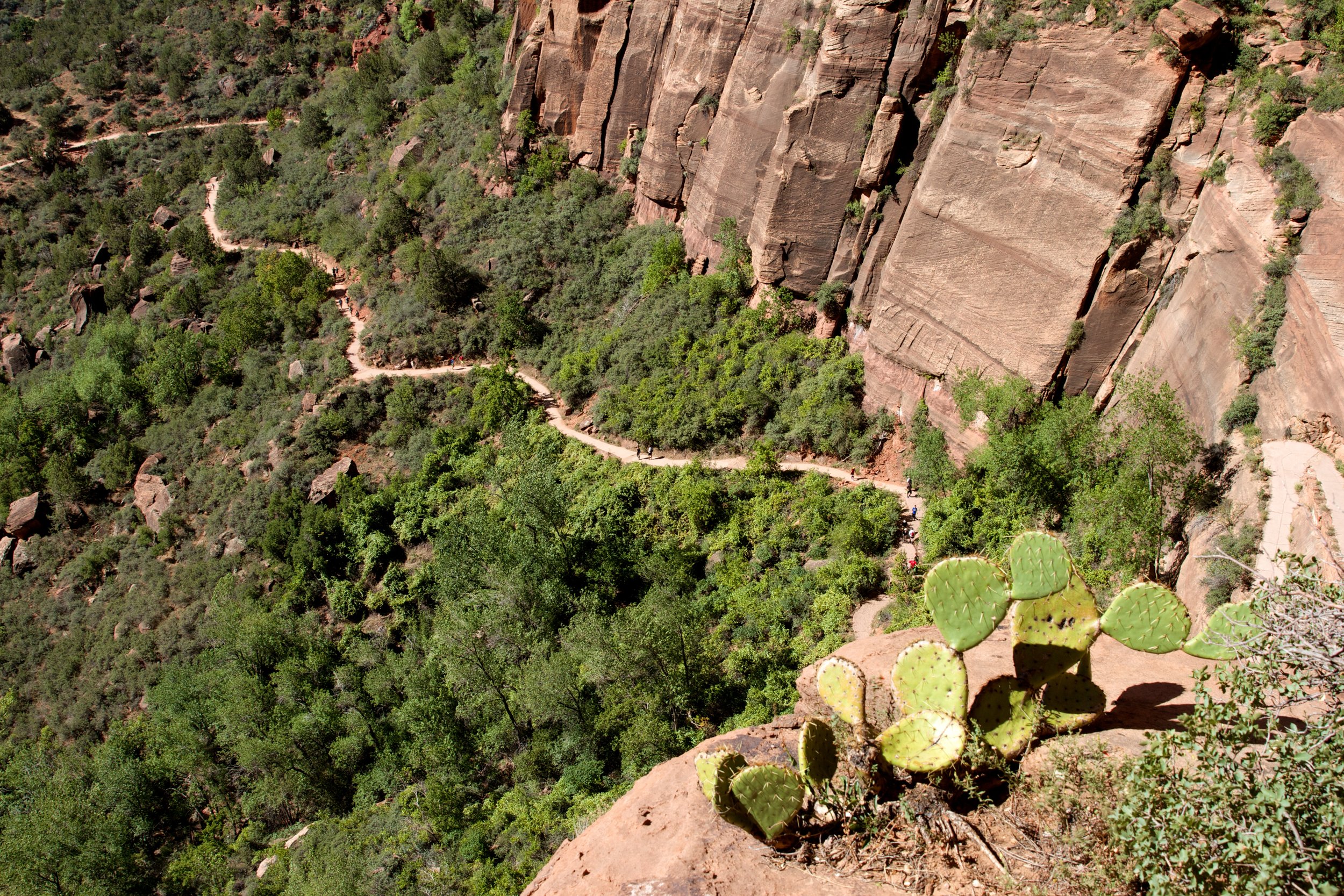
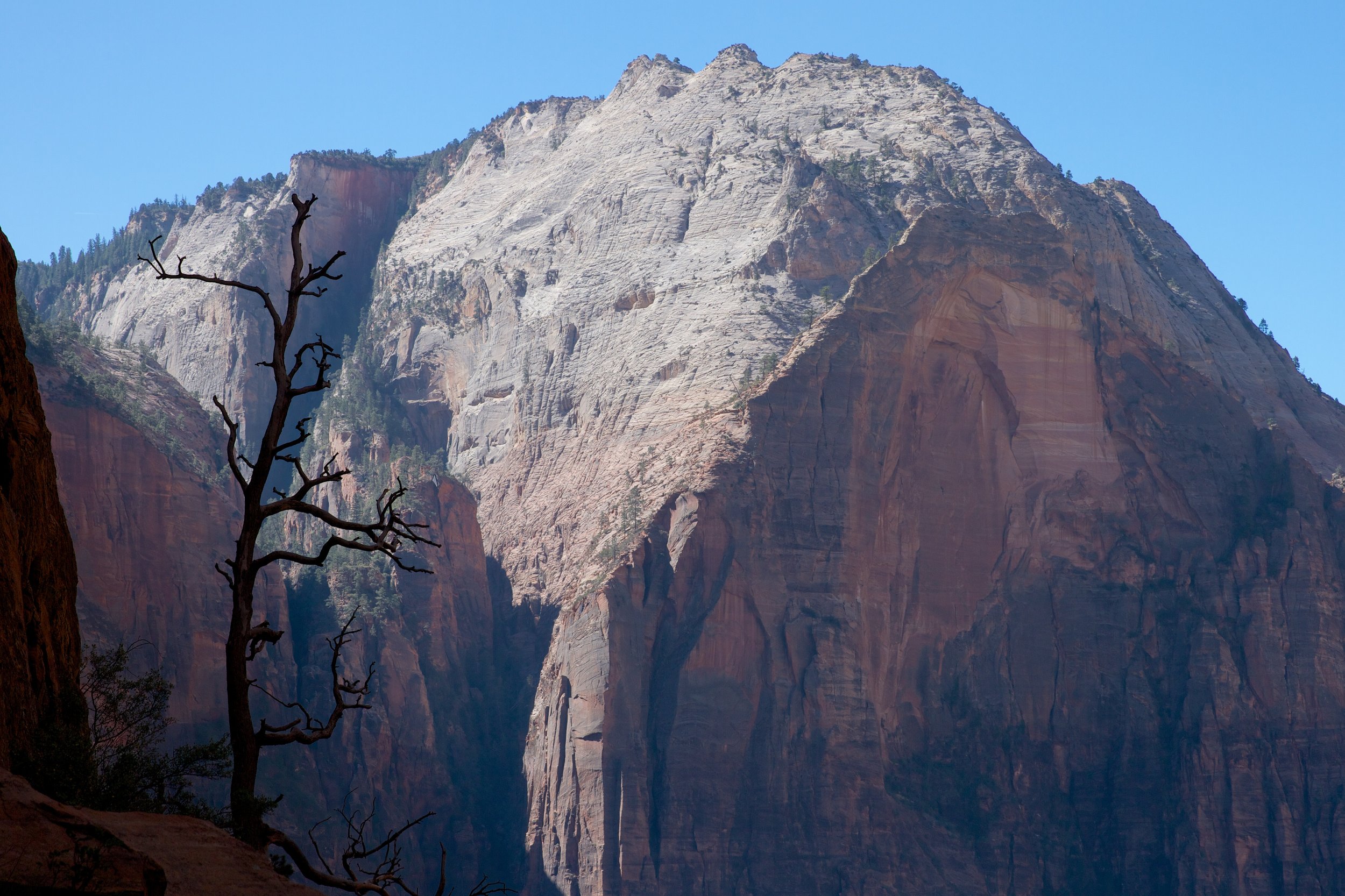
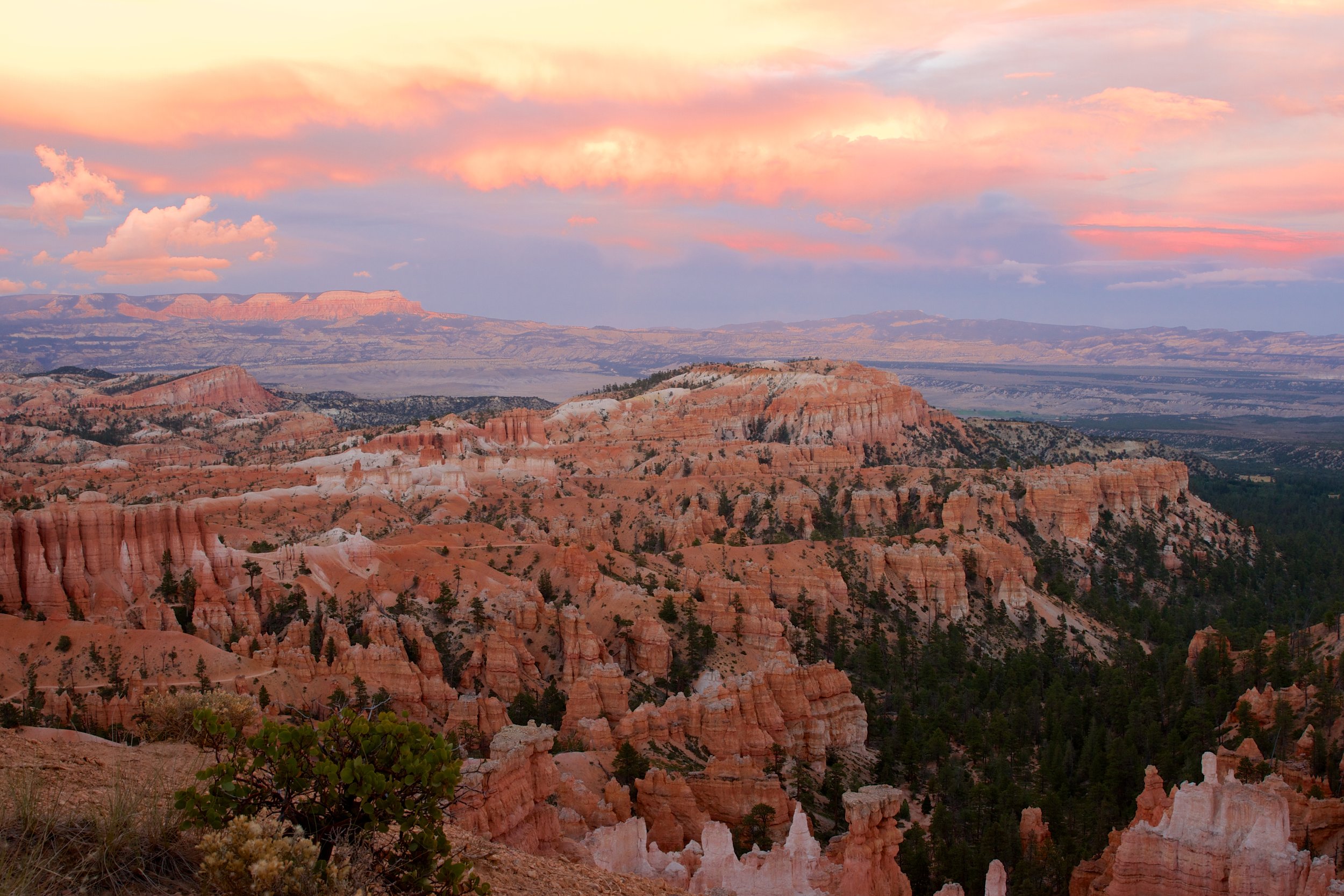
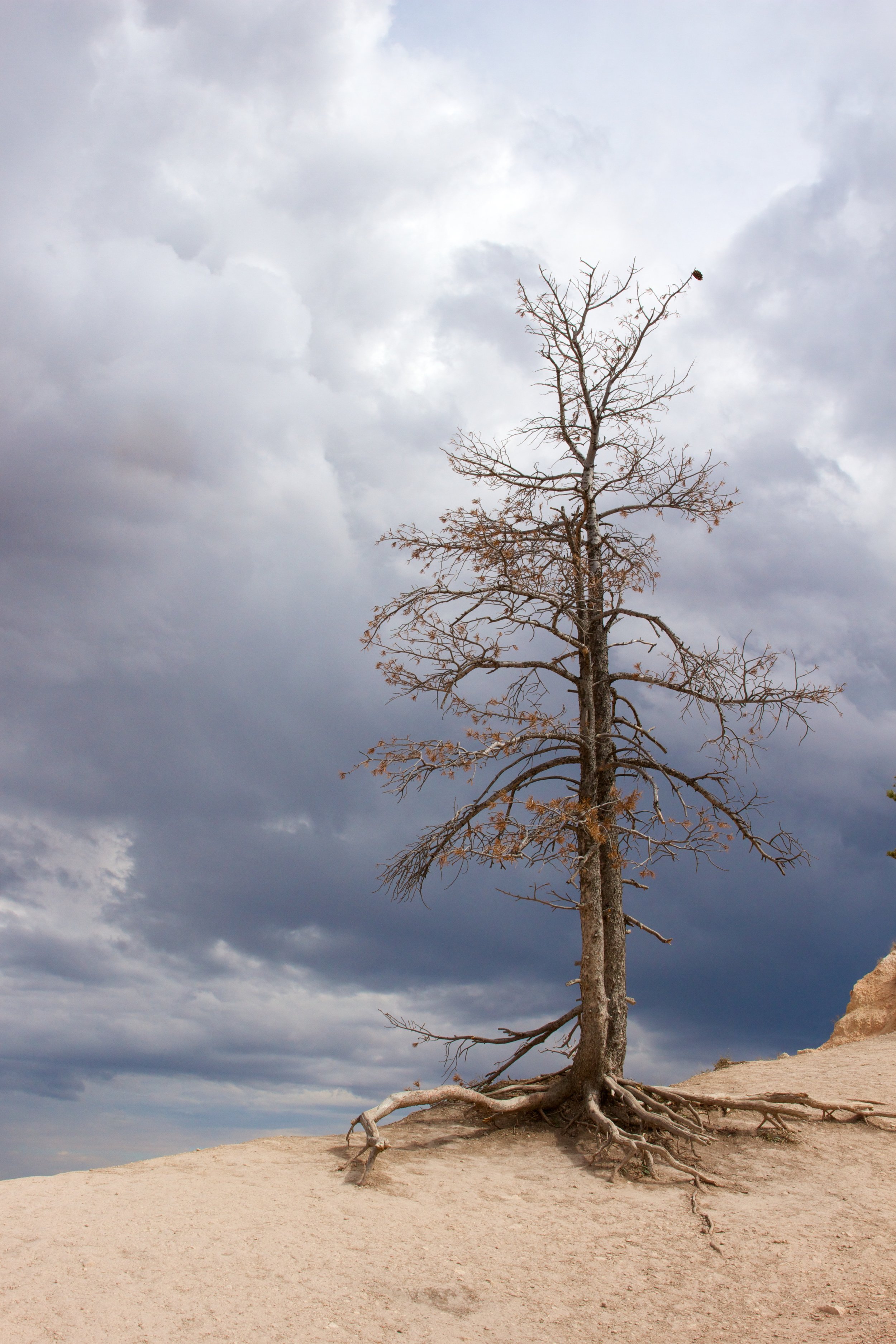
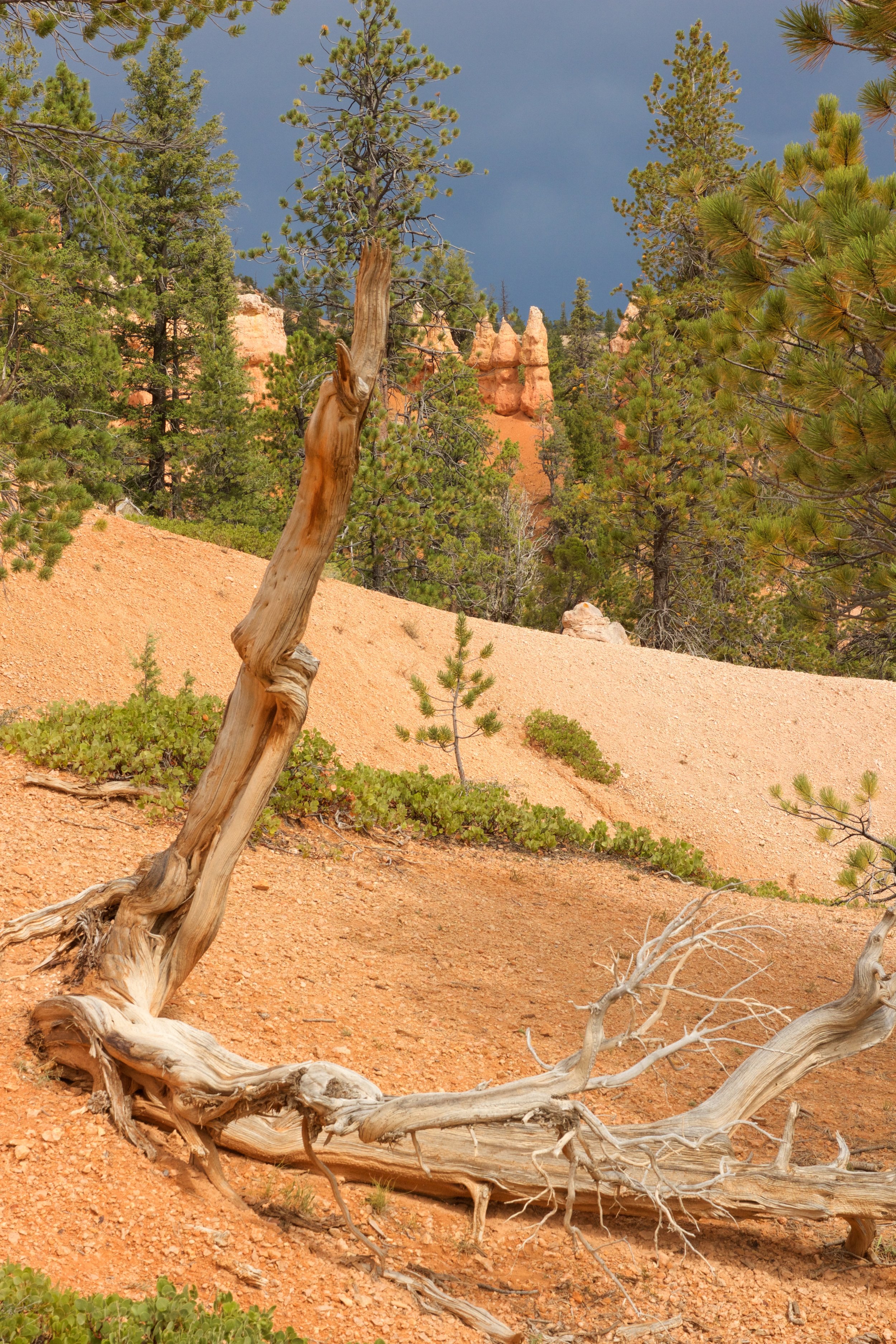

Nikoi Island
Flying from Australia back to London we had wanted to break up the trip by having a week to recharge and plan for the year ahead. Within easy reach of Singapore, and only eight kilometres from Bintan, Nikoi Island seemed to be the perfect option for us. A private island, 15 hectares in size, we stayed in one of the 15 beach houses that all sit facing the water.
Often most content just lounging downstairs in our beach house reading, we almost felt guilty for not taking up some of the activities that were on offer - such as snorkelling, sailing or a rainforest walk. For a week we enjoyed barefoot luxury and witnessed local fisherman on their boats under soft pink sunsets. We were a little sad to leave but grateful to feel relaxed and recharged for the year ahead.
Photographs by magazine contributor Renae Smith.
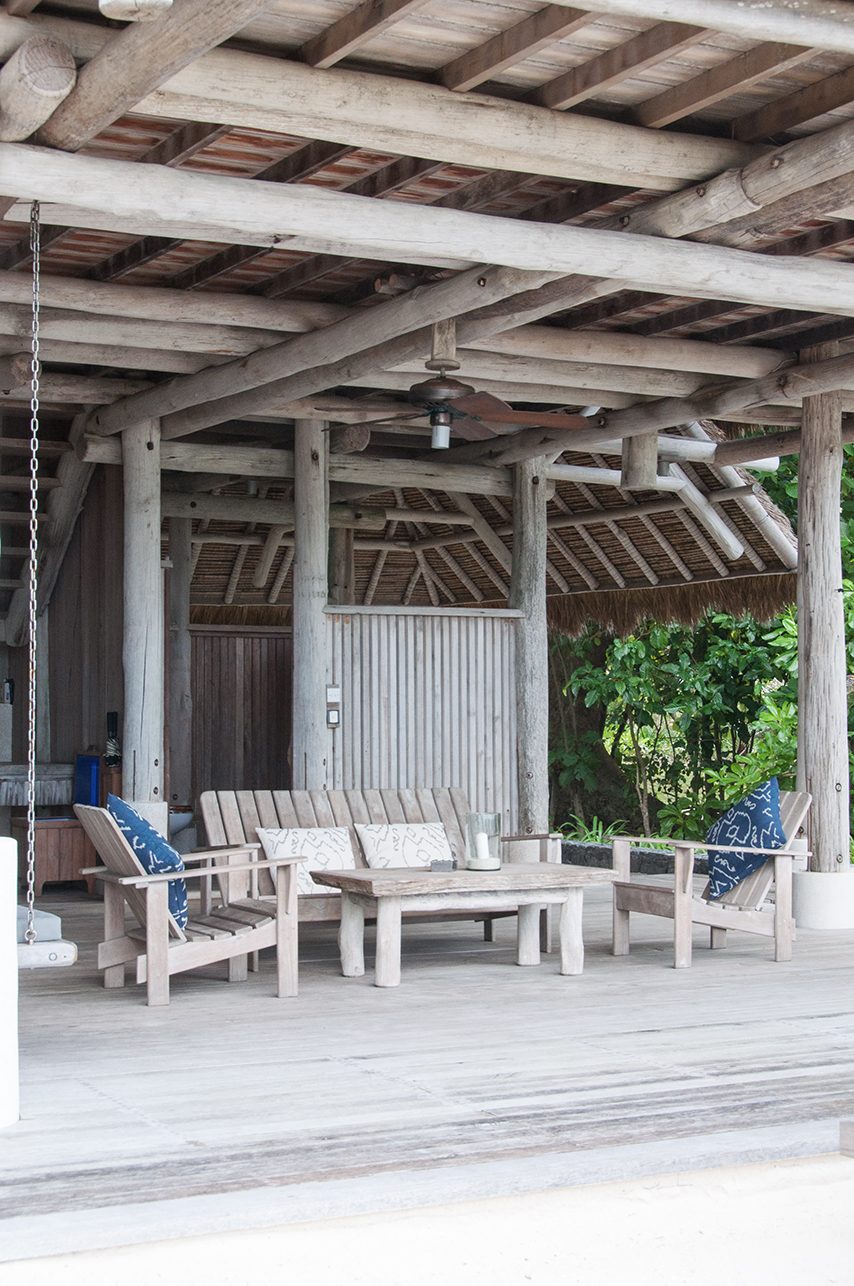
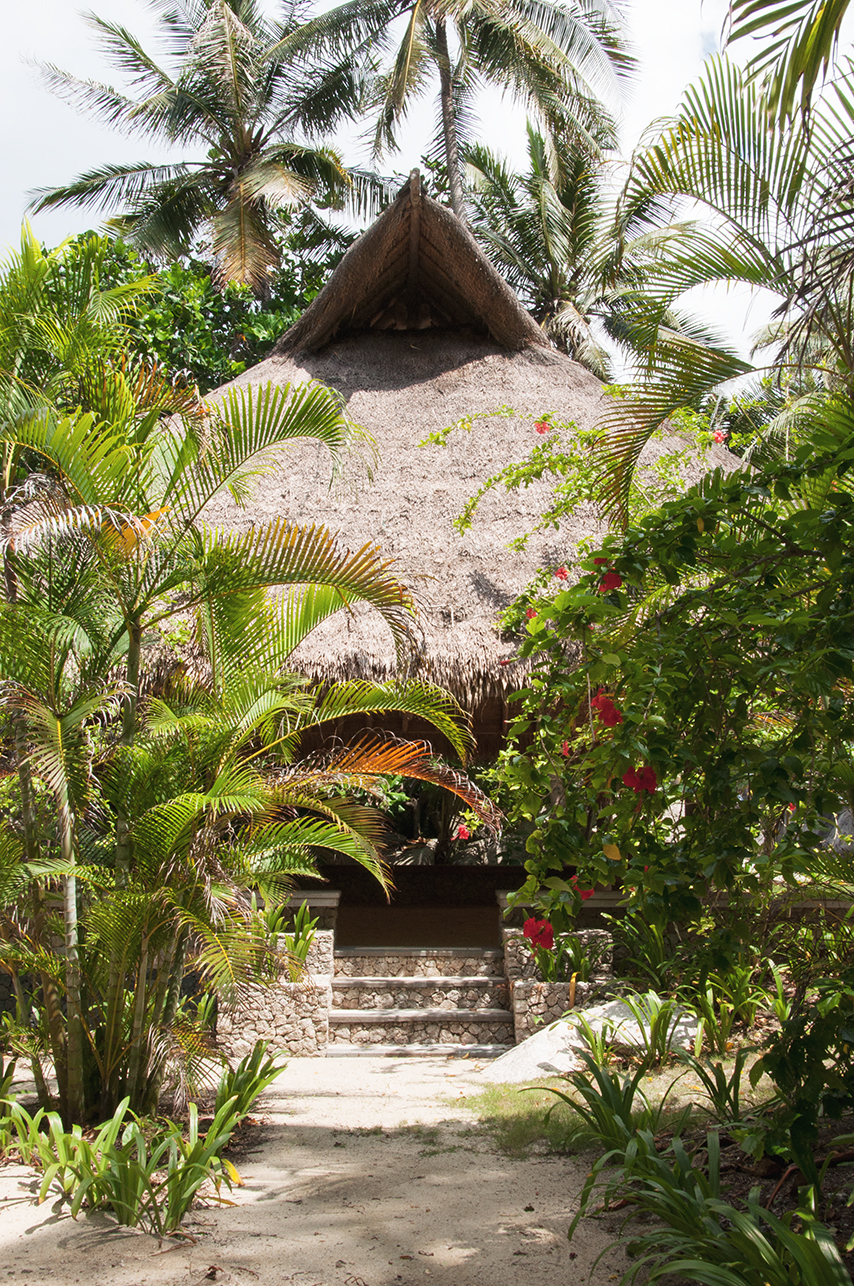
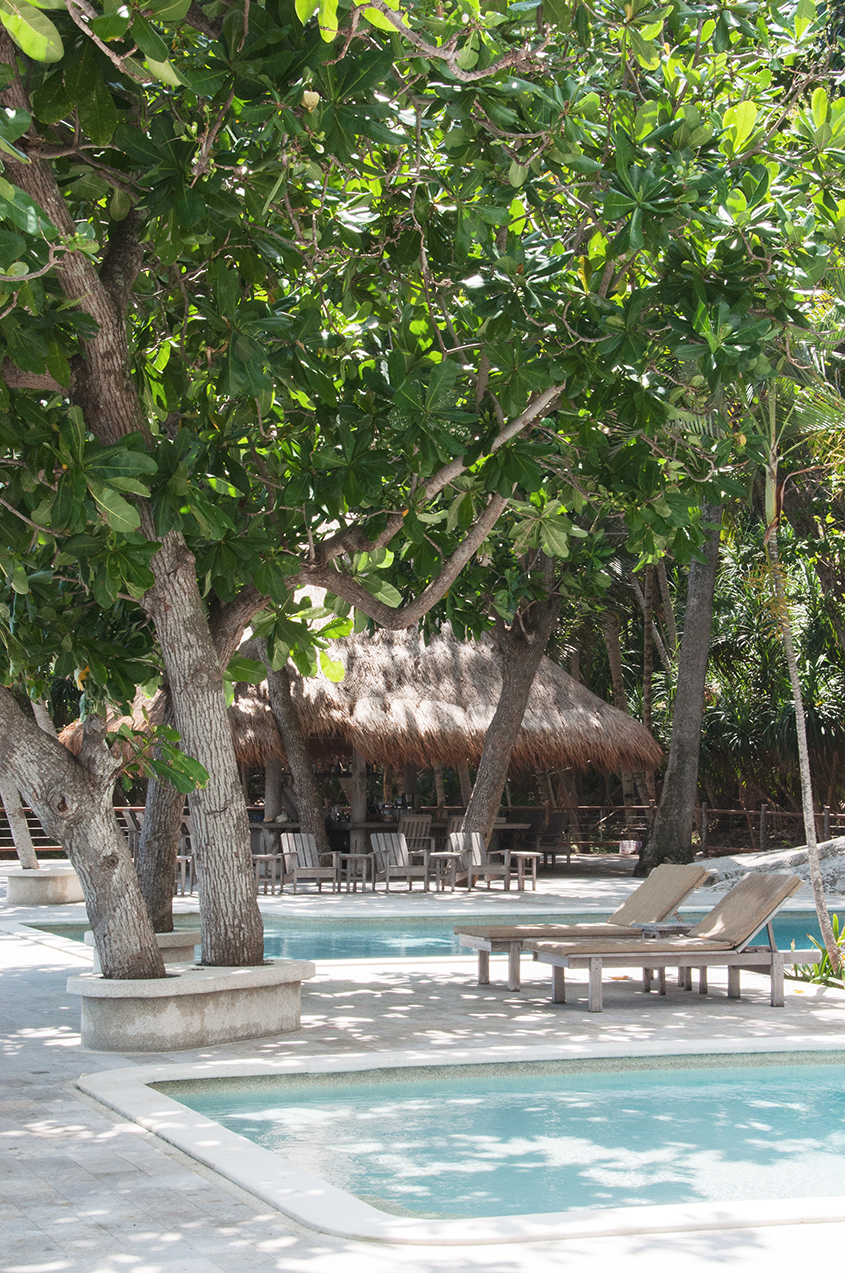
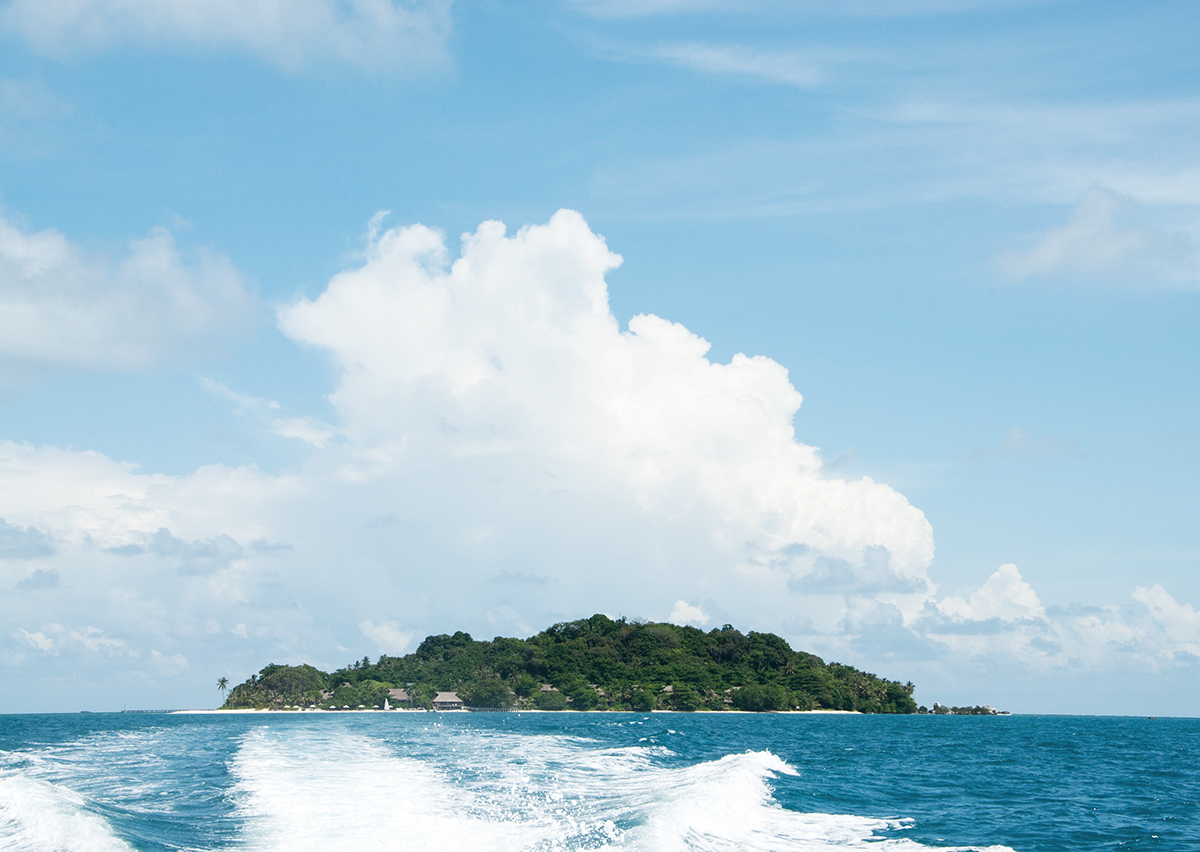
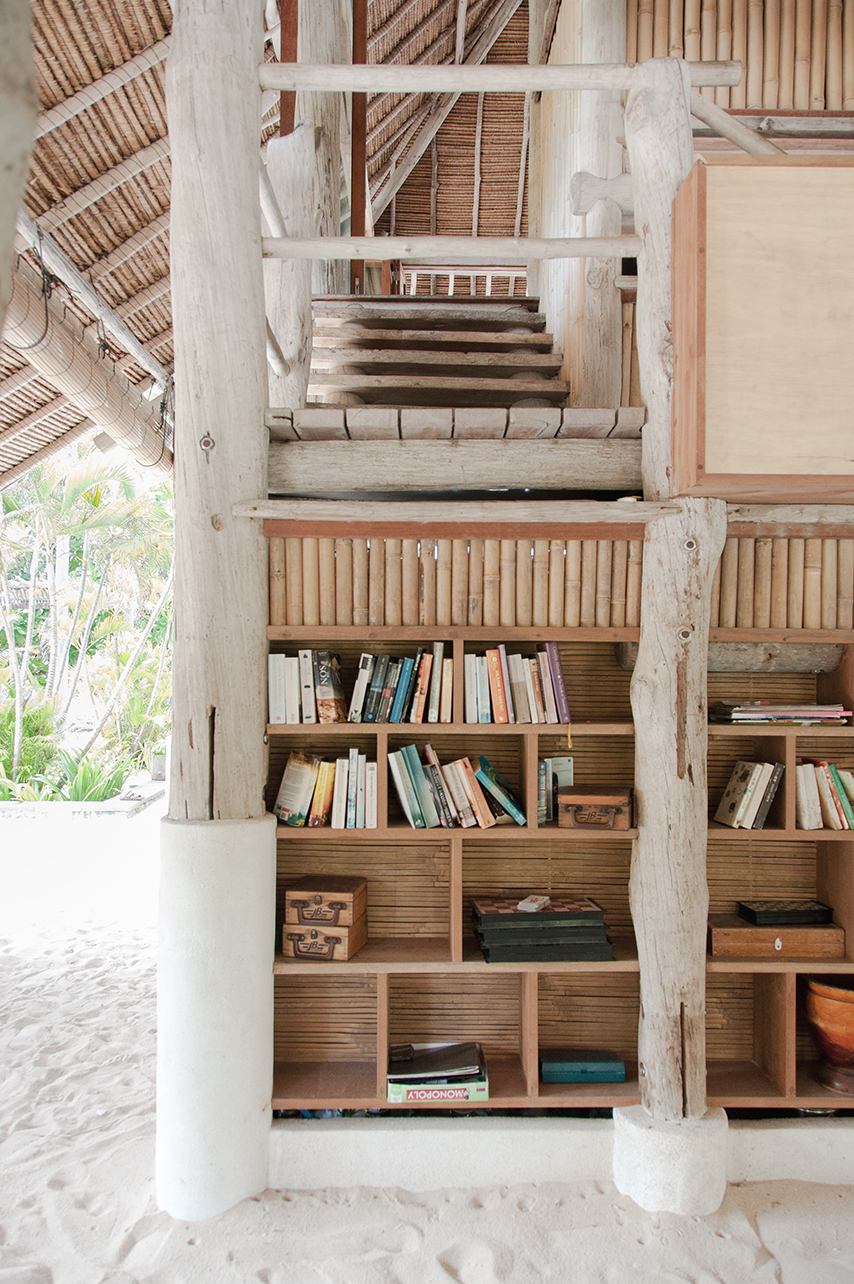
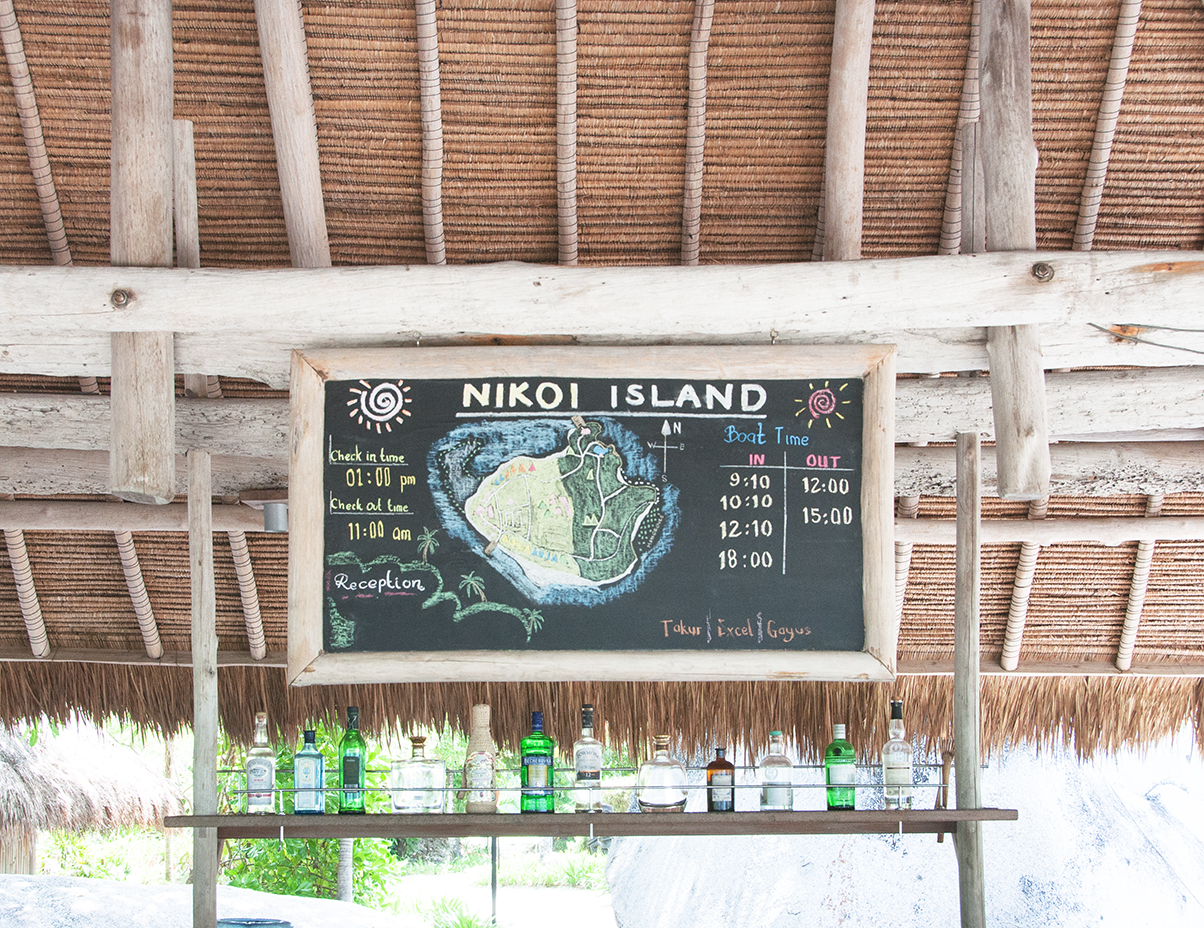
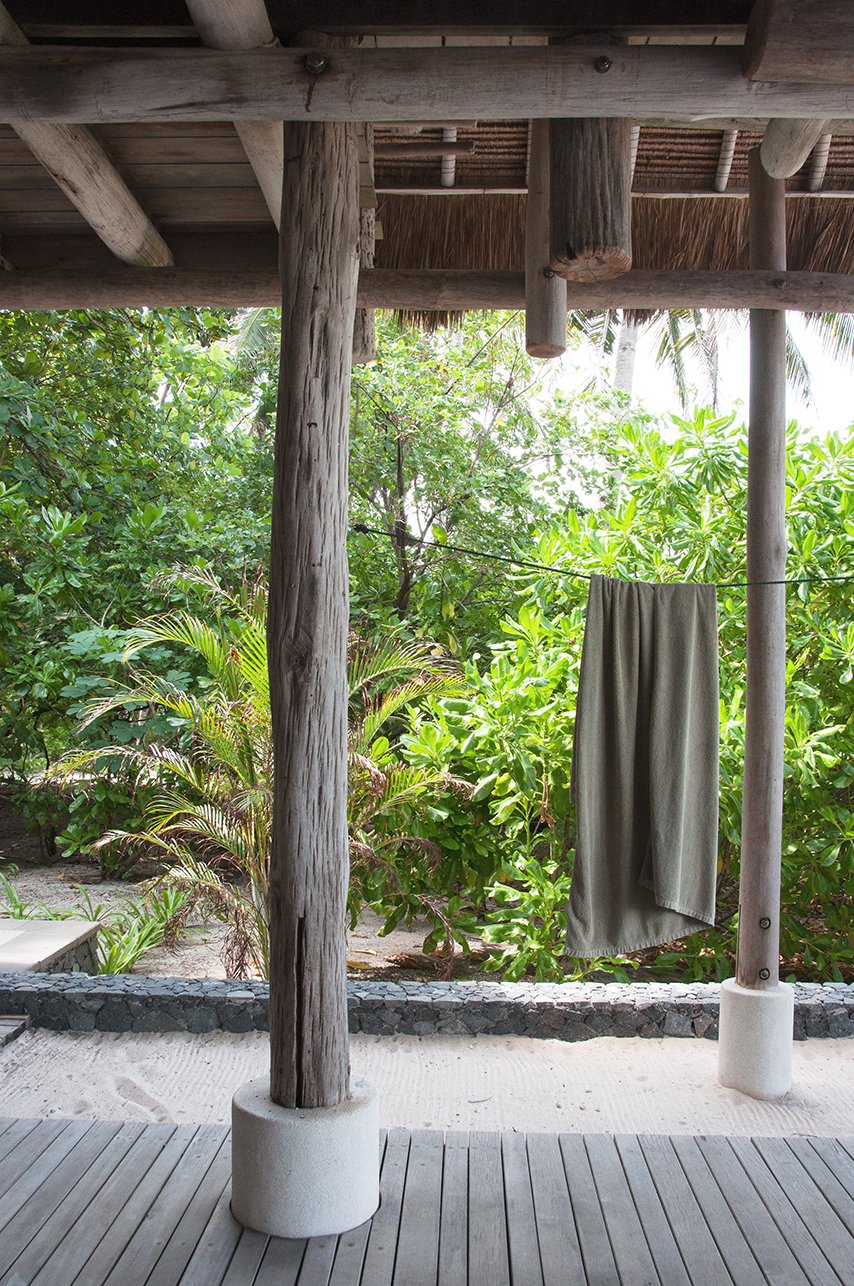
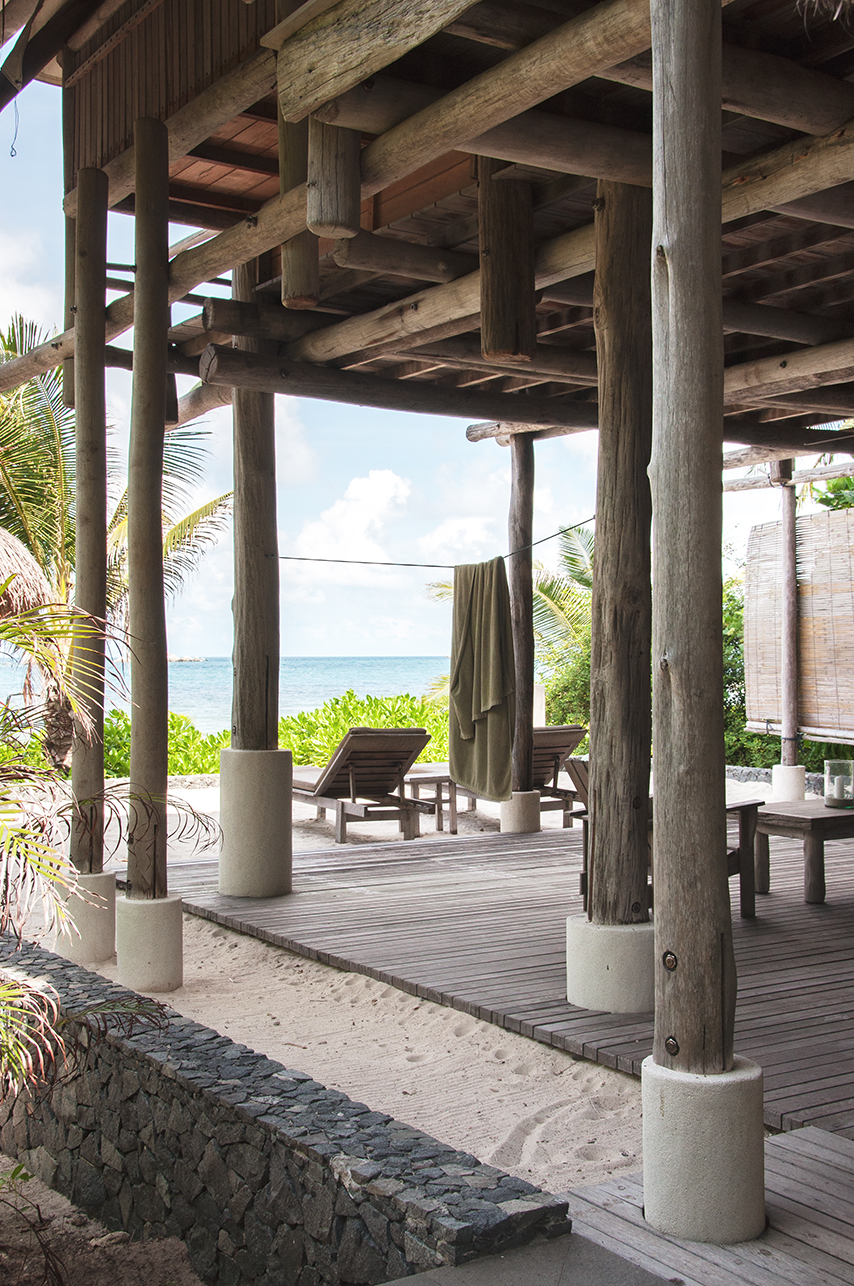
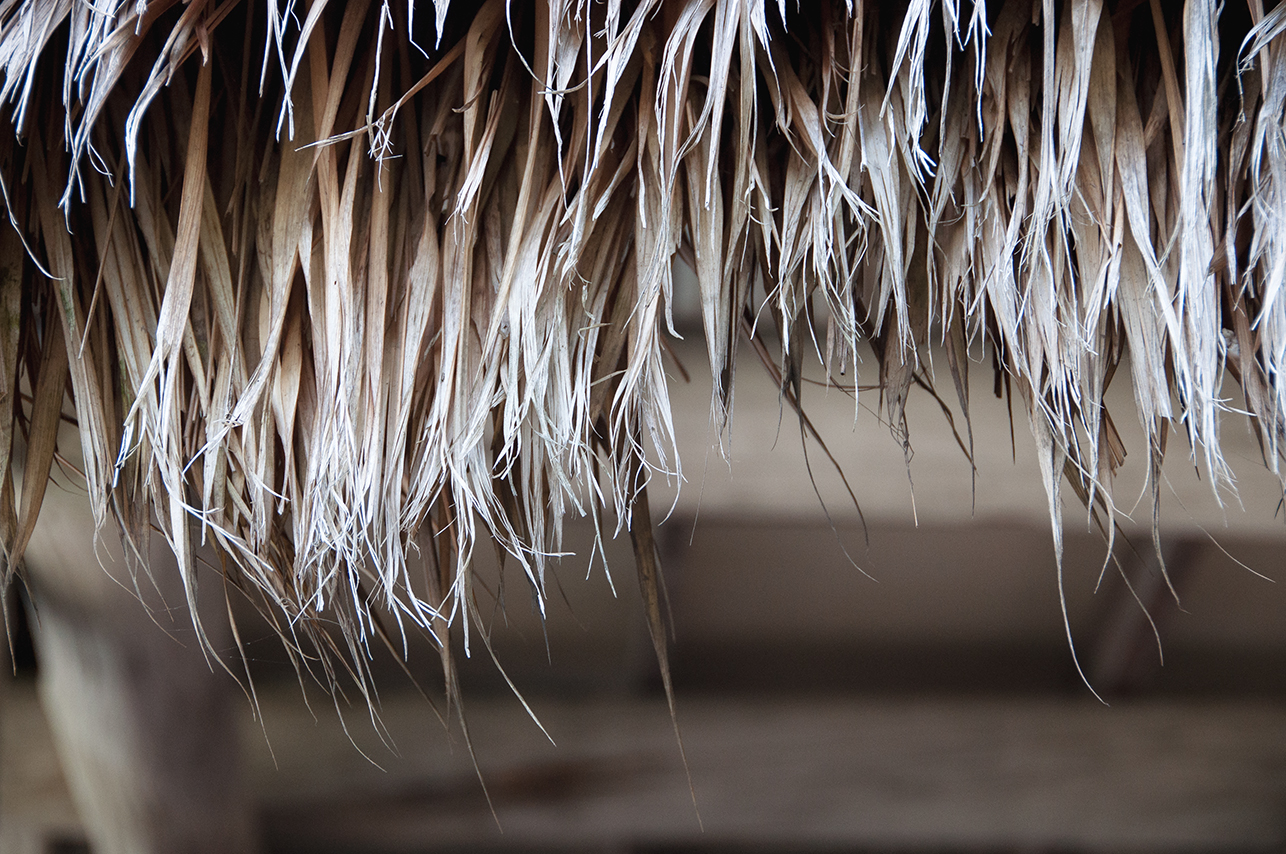
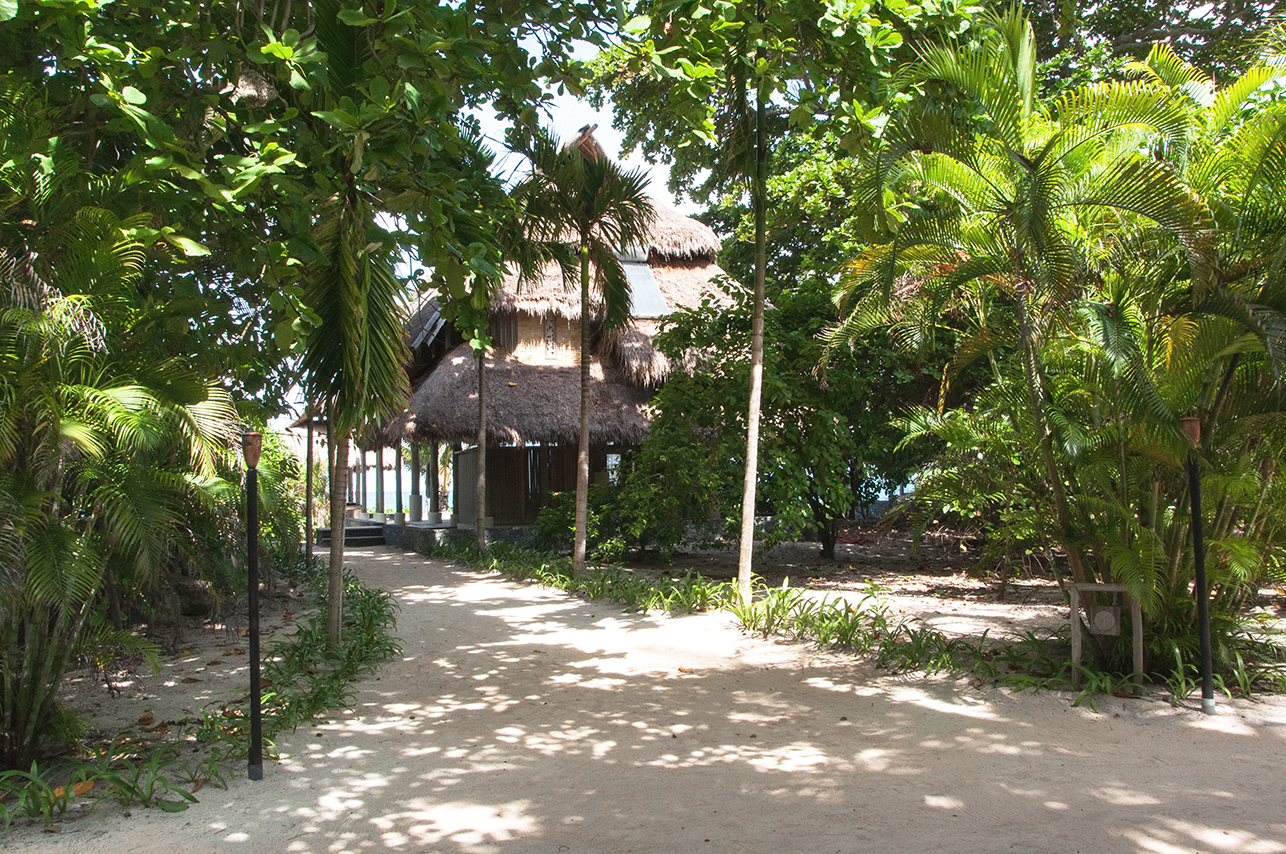
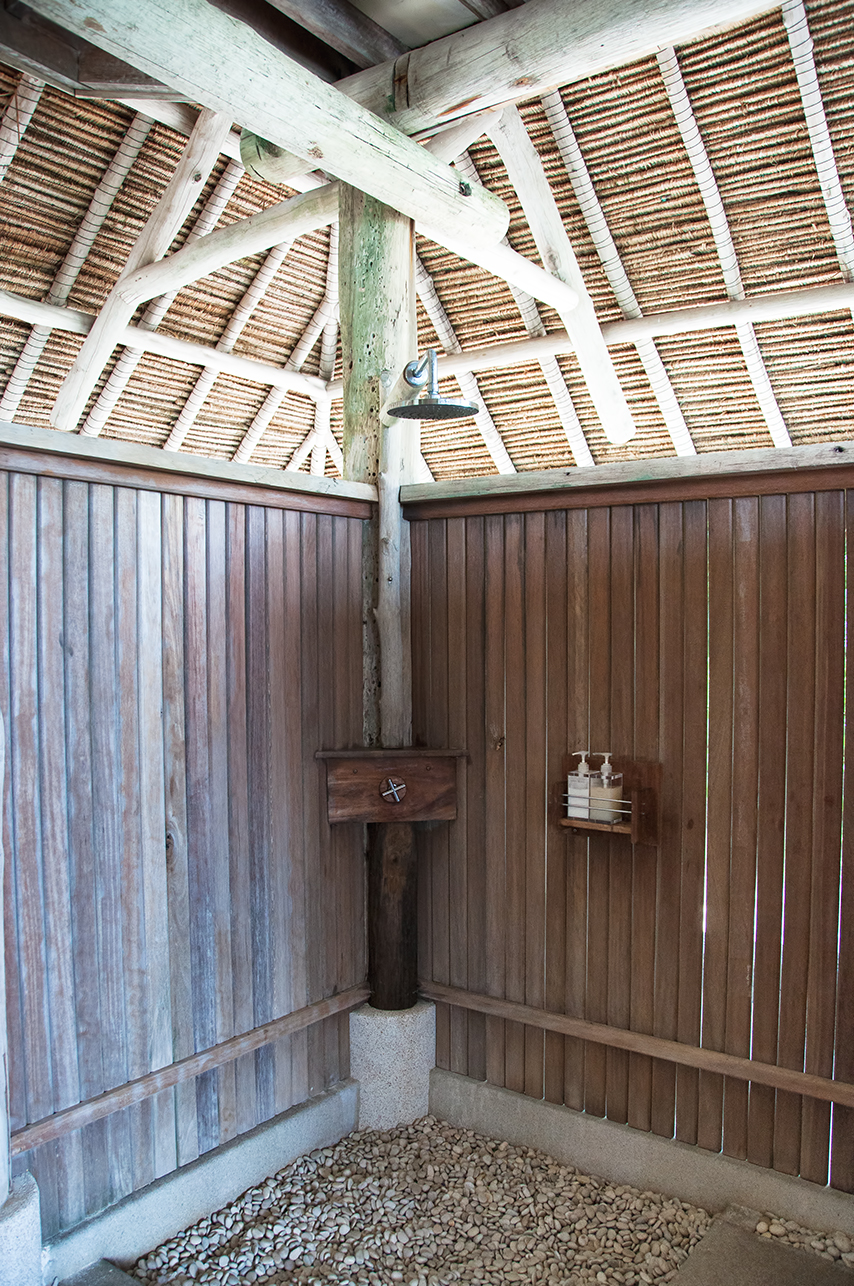
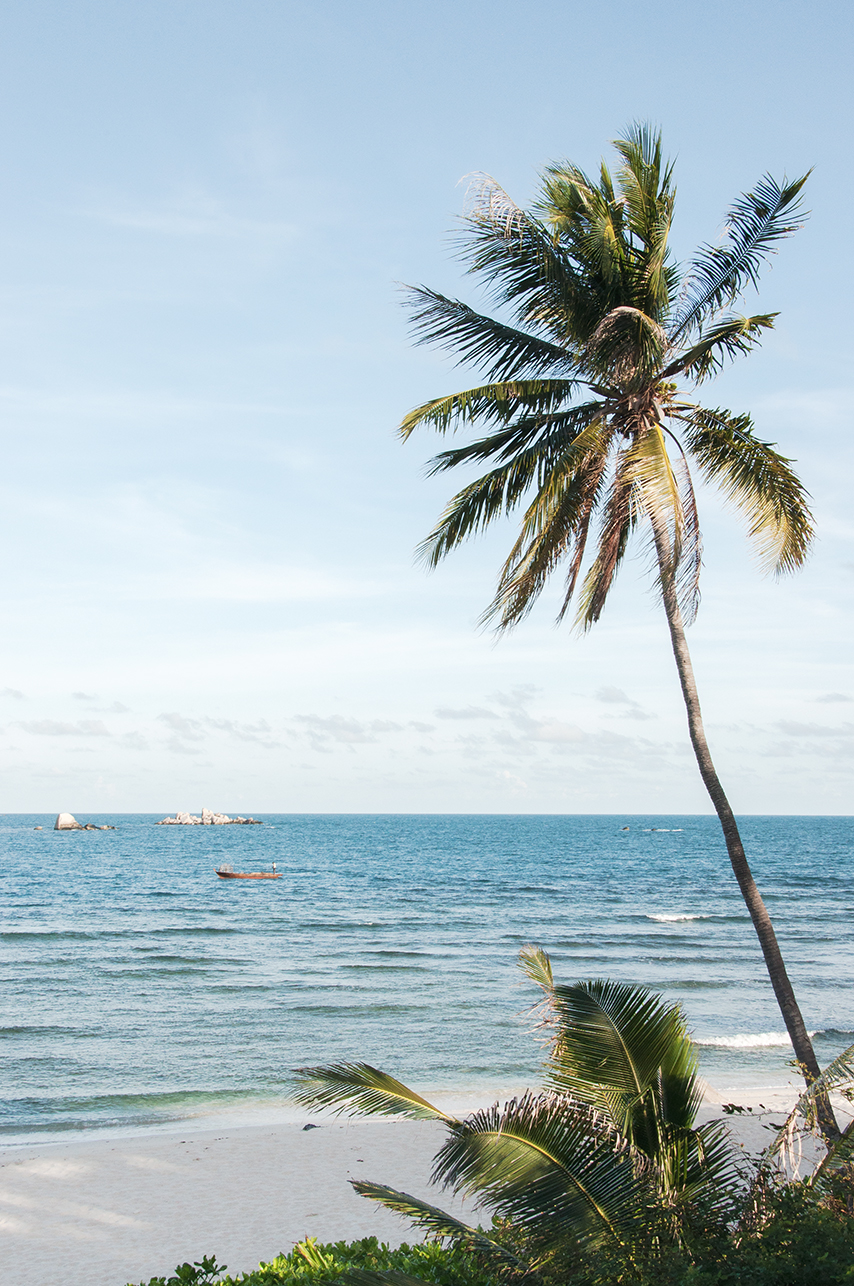
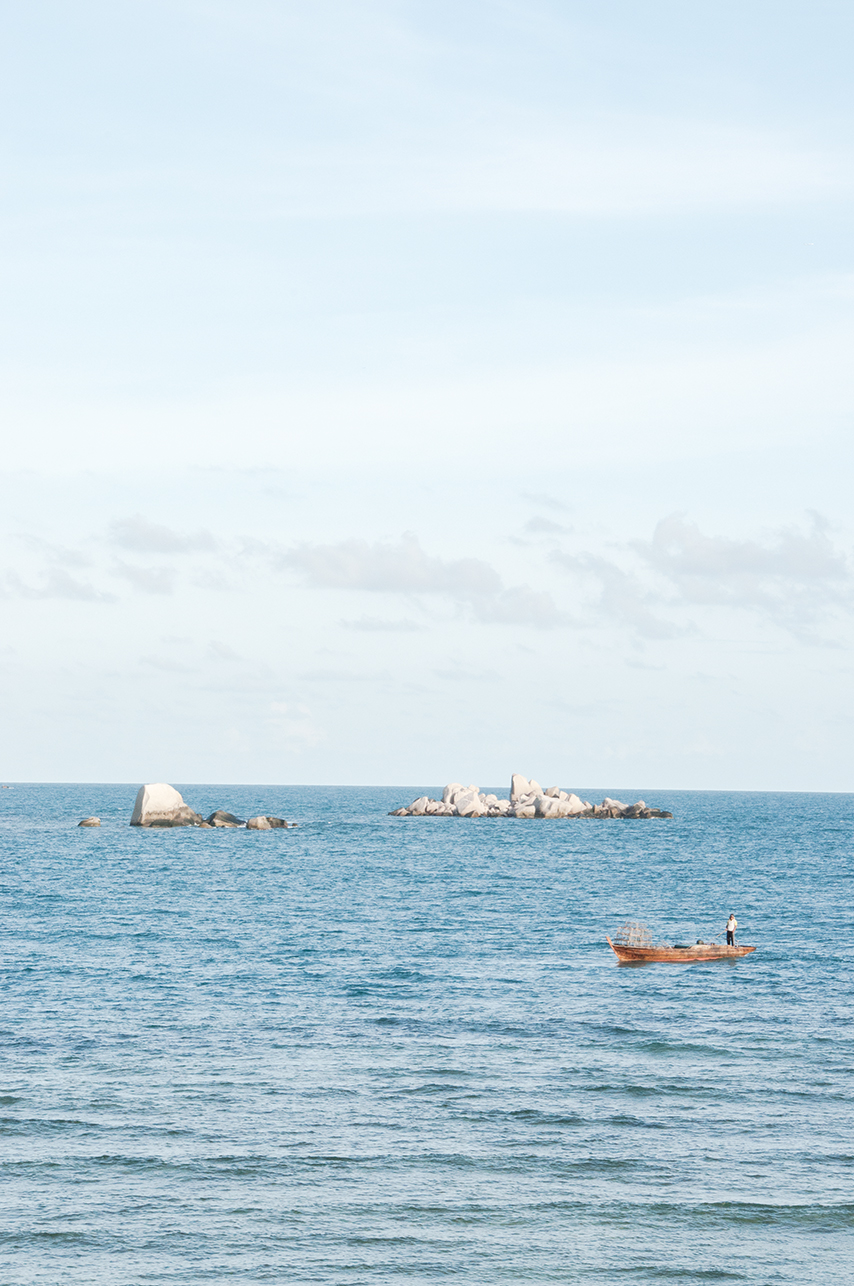
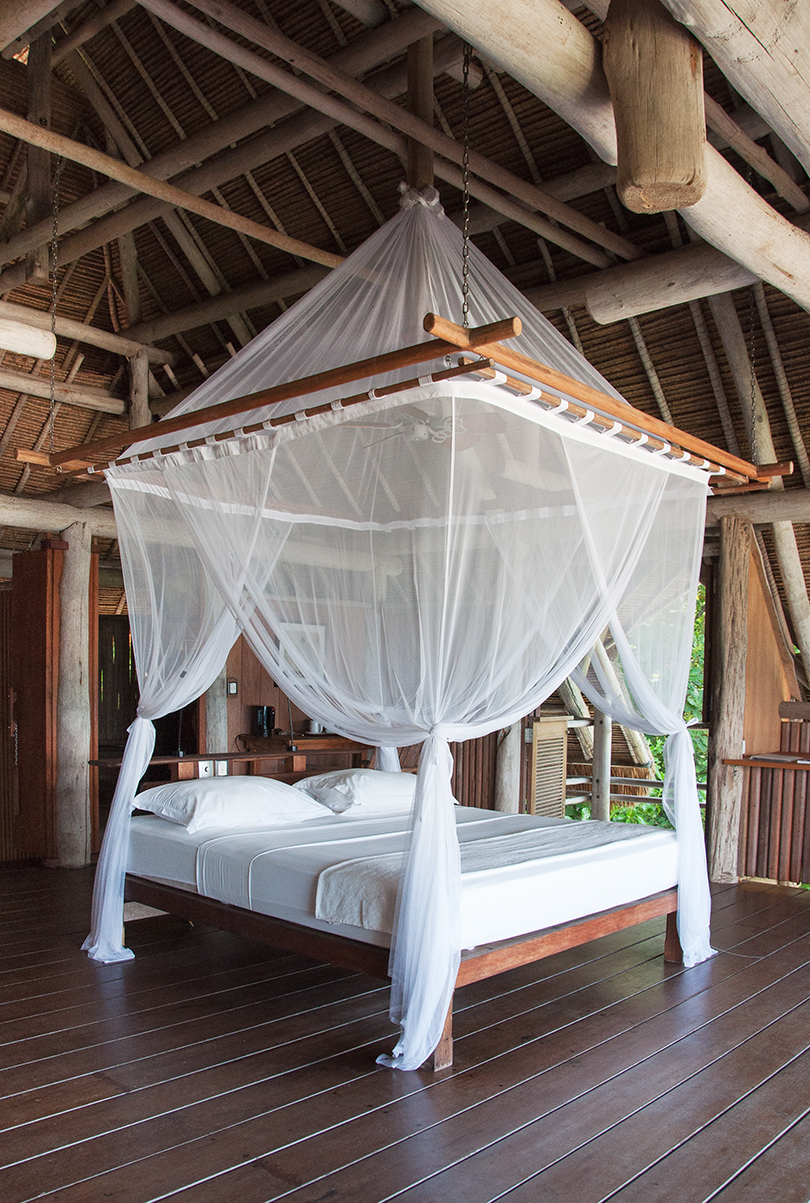
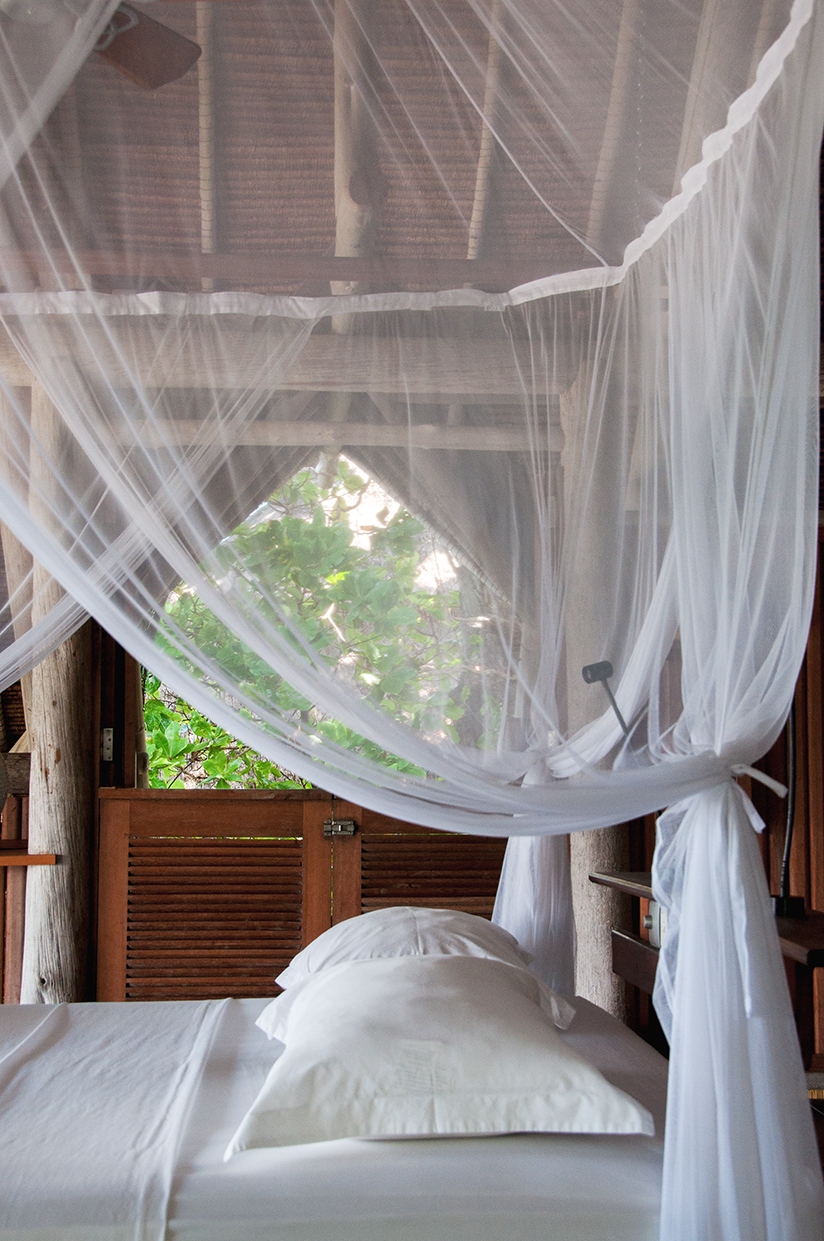
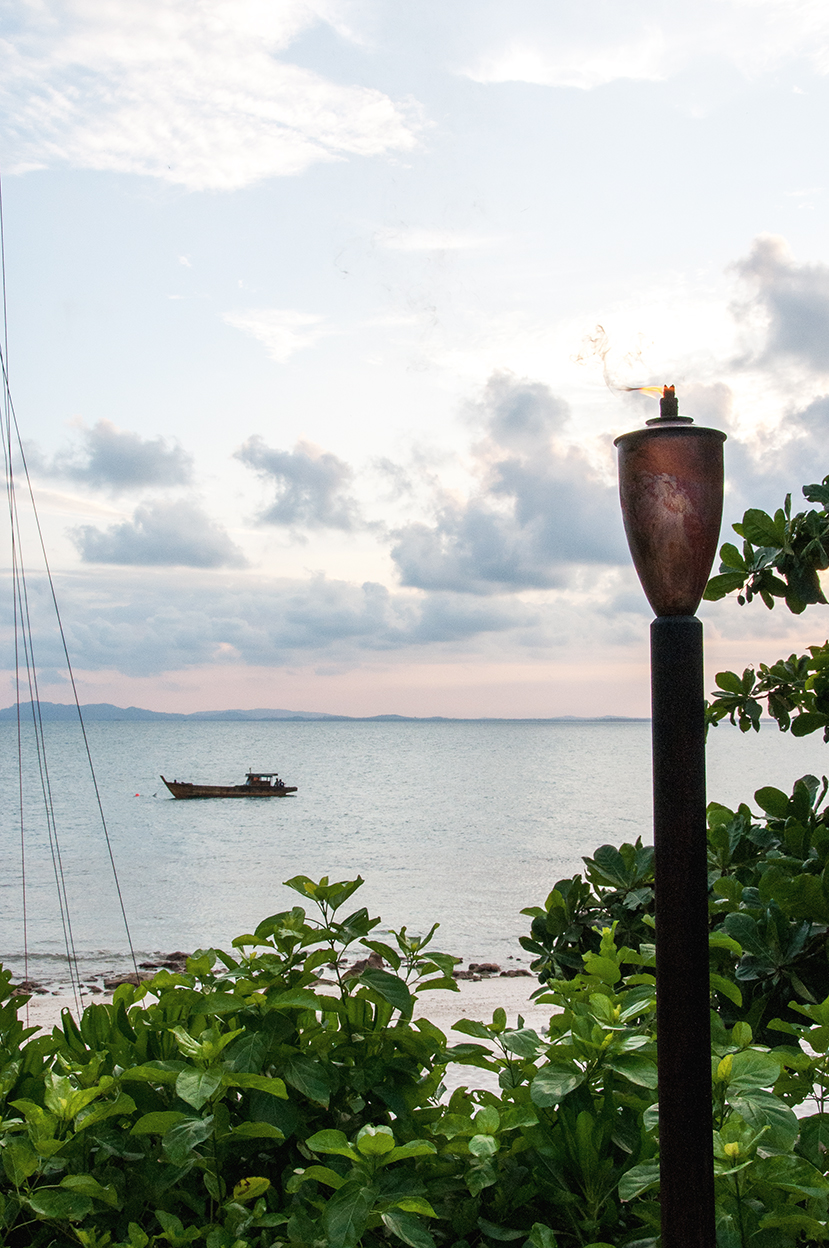
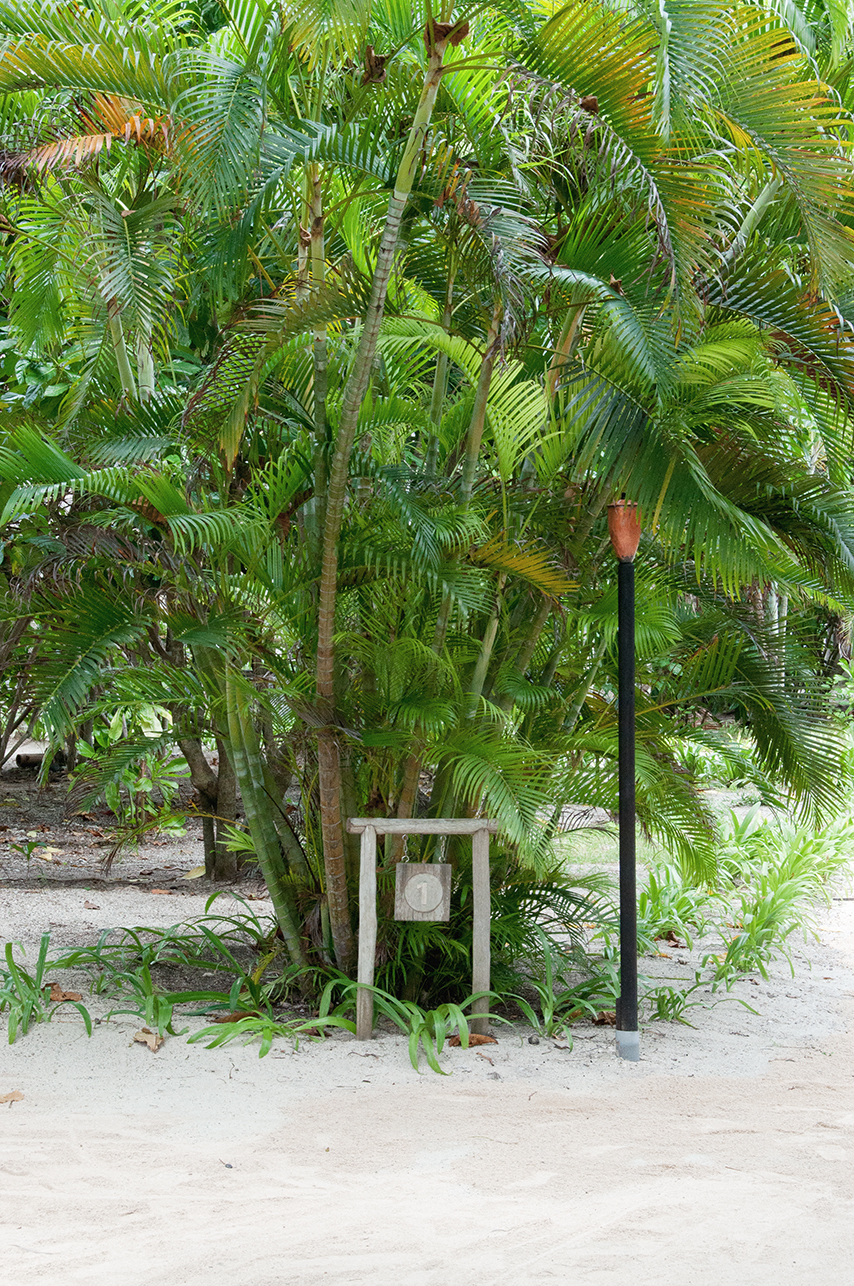
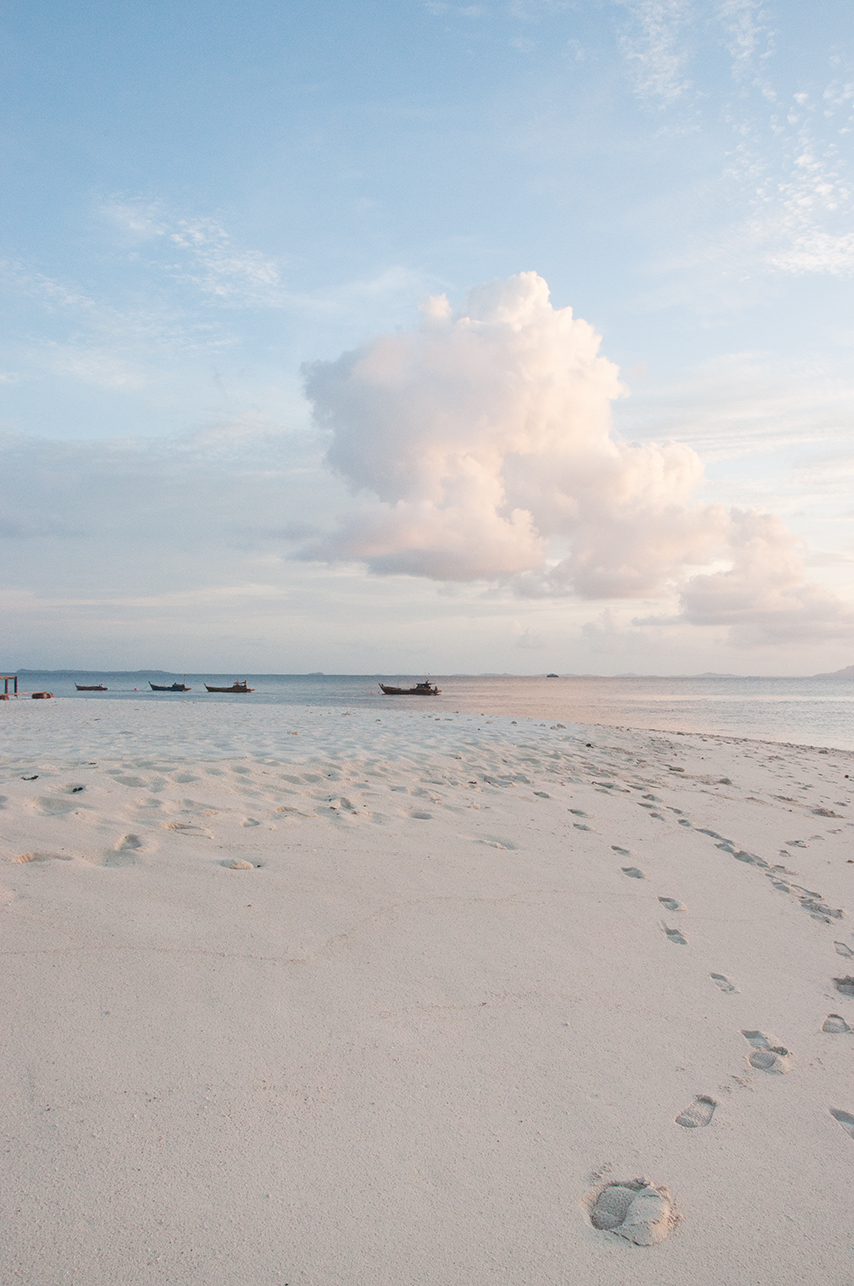
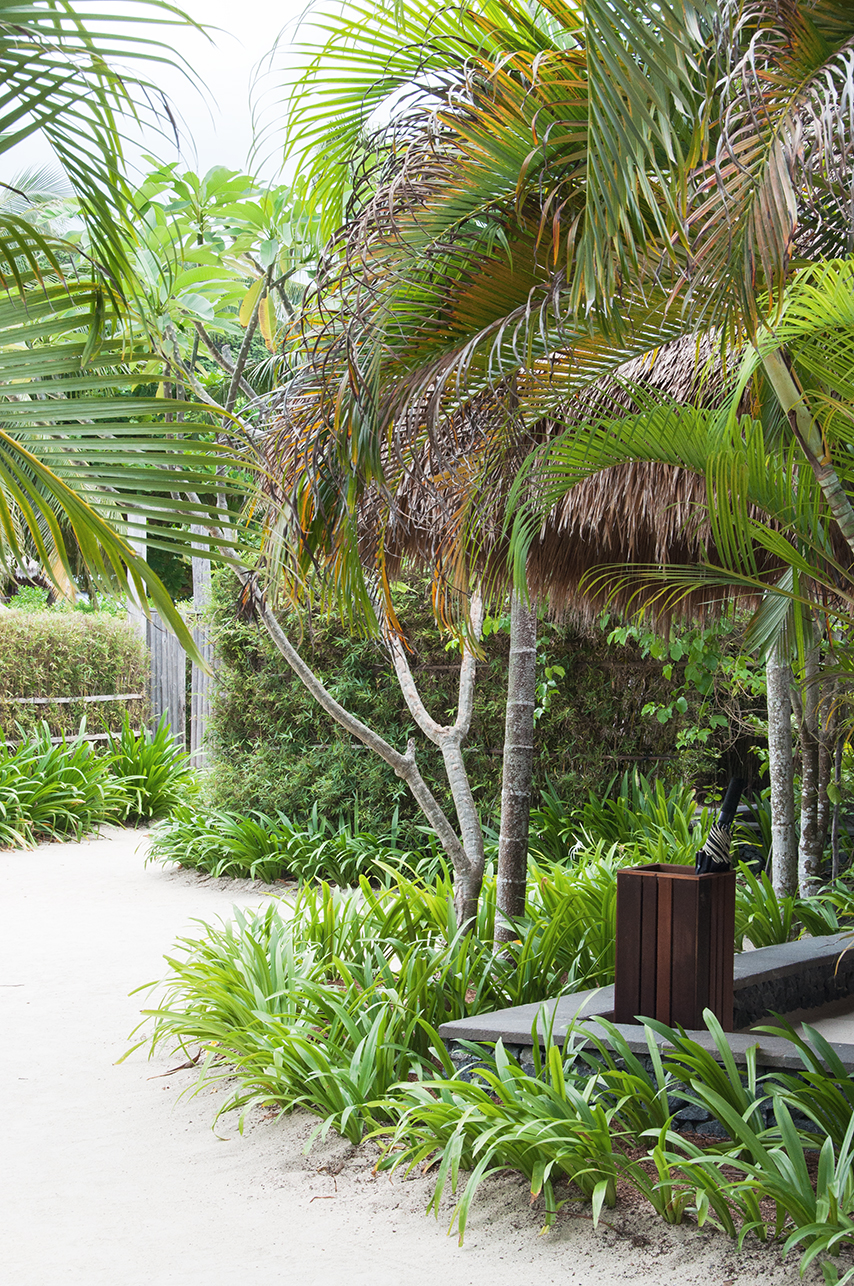

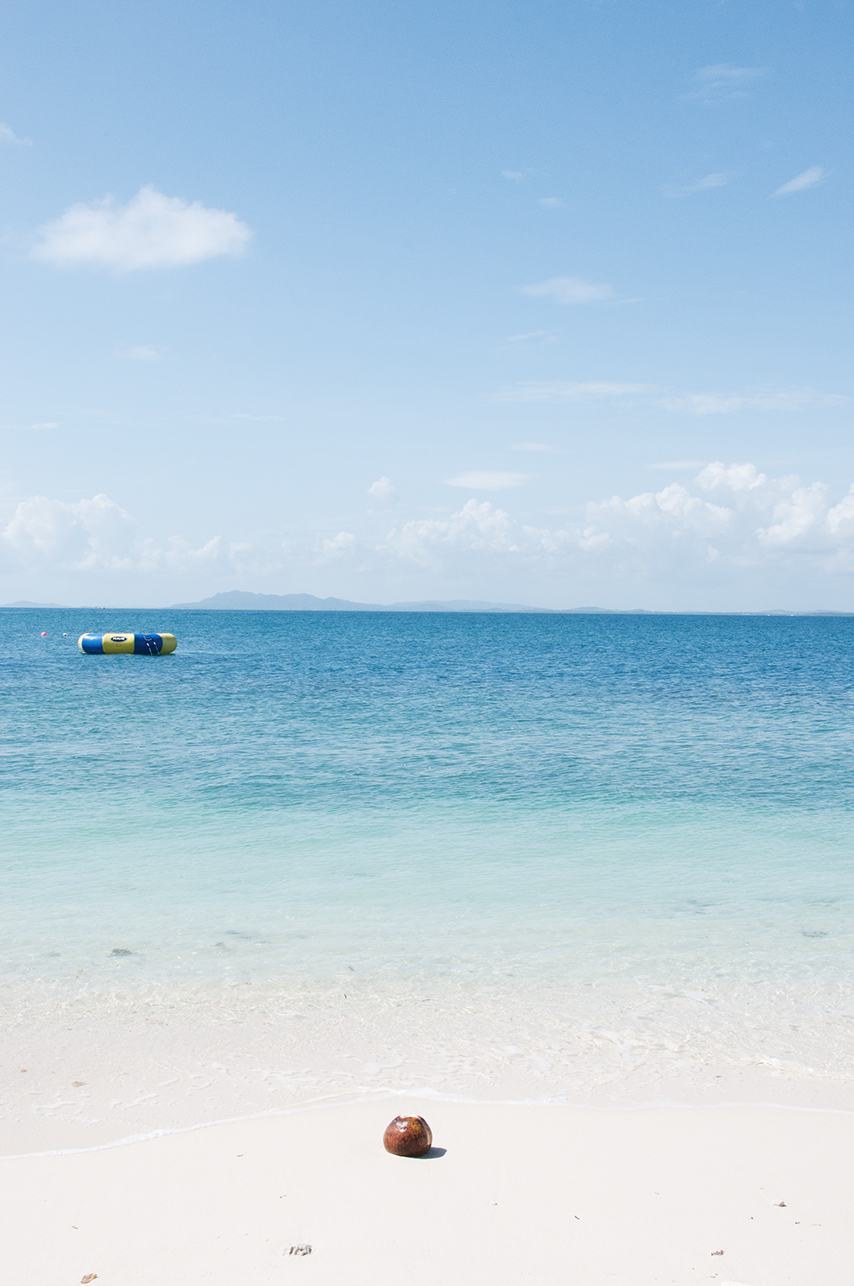
Etna Moments
Words by Ed Henry and Photographed by Renae Smith.
On an island off Italy’s boot you quickly learn that if it’s not Baroque, don’t fix it.
When you think of Sicily, what comes to mind?
The answers I received were split between those who hadn’t travelled there and those who had. The former would mumble something vague or hesitant - “it looks nice,” or “the birthplace of the Mafia right?”. The latter would gush a living eulogy for an island that captures the imagination and remains lodged there well after the holiday’s end. Now that I was visiting, I was suddenly a member of this club, the cognoscenti if you will. And in keeping with the island’s own warmth and generosity I will extend an invite, or provide a window at least, into this rocky triangular mass in the Mediterranean.
A whiff of context: Italy and I have history, from a grandfather who called it home to friends scattered across the North. I have had the privilege of seeing this country from many angles and so my objectivity is questionable. But this was my first jaunt to Sicily, and for my (much) better half, her first trip anywhere south of the Alps.
Sicily is a place that Italian mainlanders very consciously visit, such is the distinct identity that the island enjoys. Not forced, it is forged through the rich history that simply doesn’t exist anywhere else. Sicily is distinctly Italian, and the architecture and gastronomic traditions are on full display, alongside other axiomatically Italianate amusements. But it’s been combined and entwined with Greek flavours and Arabic influences, not to mention Spanish rule, and much more besides. I say this not to intimate a deep knowledge of the island but because it’s there for you to see, smell and taste. To the visitor more accustomed to the waterways of Venice or the sleek Milan cityscape, Sicily offers a warm, rugged and almost rough embrace.
Sicily, Italy
Trains do snake their way around the island, but your own set of wheels is thoroughly recommended. For a fully immersive experience, we plumped for a Fiat 500 (new model), but it wasn’t available, so they gave us one with a retractable roof. Oh fine, if you must. A less composed traveller would have squealed with excitement.
From Catania on the Ionian Sea we pointed the car north and meandered up the coast to our first base: Taormina, which is in no way defined by its undoubtedly touristy centre. We used the town as a launchpad for the surrounding area, and were handsomely rewarded. I do caveat that point, and indeed all of this article, by saying that we travelled in June. Intentionally so, as the temperature is a happy 30oC at this time of the year, rather than a sweltering 40oC plus. More crucially, we avoided the period between late July and the end of August which sees the mainland descend upon the island for tanning and indulgence.
Sicily, Italy
Once installed in our apartment (more immersive than a hotel), we spent days visiting nearby beaches, sunning ourselves on Spisone, sea kayaking around the grottoes and walking up Isola Bella. Later we trundled down the coast to Siracusa, a functioning commercial city. Whilst it does have spots for archeology enthusiasts, and some top eating experiences, the big draw is the historic centre, Ortigia. To be blunt, it’s stunning. An afternoon walking around Ortigia’s backstreets is sheer joy, the main square a deep white, dominated as it is by the Duomo - I didn’t think places like this existed anymore. Ortigia itself is an island off an island, so if you walk for much more than ten minutes in any direction you’ll come upon the azure abyss that surrounds it.
At this point you think you’re aesthetically there, at the apotheosis, and that you can relax with a cool beer. Not so, or Noto so - if you will. A winding 40 minutes’ drive away is Noto, which would scream UNESCO heritage site, if only it weren’t so tranquil. The cathedral gleams in the Mediterranean light, the numerous supporting cast of churches and palaces resplendent under the sun. It’s a visual feast, and if you’re into architecture, it will probably satisfy more needs besides.
The best way to wind down from such an experience is to step into one of the local ice cream shops. Not just any gelateria, mind. Where do you think the best gelato is? That place in Soho? Don’t joke. San Crispino in Rome? It’s up there. But the number one and number two are within 50 metres of each other in Noto. A locale called Caffè Sicilia sounds like a tourist trap, but it’s not. It does to your mouth what the rest of the town does to your eyes. I’ll leave it there, and say to you go. Go.
The inner island is matched in beauty by what you find on the coast - picturesque beaches lapped by clear blue waters. They all deserve a mention, but only one gets that honour. Riserva Naturale Orientata Oasi Faunistica di Vendicari, as the names suggests, is a nature reserve, one where you can walk through ancient ruins, jump (cautiously) from rocks into the cooling waves below, or tiring of that, find your own spot on the pristine stretch of coastline.
Sicily, Italy
Subsumed in the beauty of the landscape, we avoided Sicily’s cities apart from a brief drive through Catania. This city has more to offer than suicidal driving, but it’s a different trip. Its vibe is long weekend, not a week unwinding in the sun. The single greatest thing about the city however, is the elephant in the room of this piece so far. Mount Etna, which stands behind Catania, dominates the skyline up and down much of the coast, which means that you can have your own Etna moment no matter where you are as it’s visible from, well, everywhere. The classic way to take it in is from the amphitheatre in Taormina, although others prefer to see it in contrast with Catania’s urban grit. We found our Etna moment when looking down at the valleys and beaches from picture- perfect Castelmola, a hilltop town you wouldn’t believe existed until you saw it. The only thing towering over us? Etna herself. The millennial traveller is accustomed to mountains, au fait with tropical climate and quite frankly used to white sand. A volcano is a treasure of nature not often seen. If you leave Sicily in any doubt, you won’t arrive home with it; as the plane climbs into the sky it skims Etna just above her peak.
The food. Oh yes. I’ve saved the food for the end so as to contain it, for memories of my trip, as with much of life, are marked, or should that be stained, by what I ate at the time. The food here excites and subverts and is as much of an experience as any of the vistas. You farewell Sicily with a new found love of aubergines, you’ll remember how wonderful tomatoes can actually taste and best of all, you’ll discover that fish needn’t be dry, bland and deep-fried.
Sicilian food is independent of mainland Italian cuisine. The two styles are not unrelated, but think of Sicilian food as a proud cousin. The same historical and imperial forces responsible for Sicily’s formation, have brought similar import to its cuisine. This is not to say that classical Italian strands are not evident: my travelling companion’s dish of the tour was the definitive Pasta alla Norma served at La Piazzetta in Taormina. Named after the work of one of Catania’s most famous sons, this dish became almost a standard for restaurants up and down the east coast.
Not every meal can be indulged in print, but it would be remiss not to pull out a couple of highlights. Osteria da Carlo was a gem hidden in Ortigia. We had the legendary six- course fish menu, for the grand sum of €35, washed down with the best bottle of €5 house plonk I’ve ever swilled. If it swam in the sea nearby, then it was on that menu. You order sea bass, and not one, but two of the fullest, freshest fillets turn up, naturally served in the juice of the finest fruit Sicily has on land: lemon.
Flavours on the island, like the setting, shall not date. Consistency, textures, even viscosity are all different, all exciting. Entirely Sicilian. As Sicily’s perhaps most prominent literary son, Giovani di Lampedusa, proffered: “Sicily is Sicily - 1860, earlier, forever”. Long may she be, and proudly too. More’s the better for me, as I will be back soon.
Sicily, Italy
Sicily, Italy
Sicily, Italy
The Sweden Magazine
This week we launched issue 5, the Sweden issue, at the Swedish Ambassador's Residence in London. So, it seems like the right time to share a sneak peak of some of our Scandinavian content and say a mighty big thank you to the fab team at Visit Sweden, the Embassy of Sweden and of course Ambassador Nicola Clase. If we've learnt anything it's that few people are as generous and hospitable as the Swedes (and that they have a rather glorious country too).
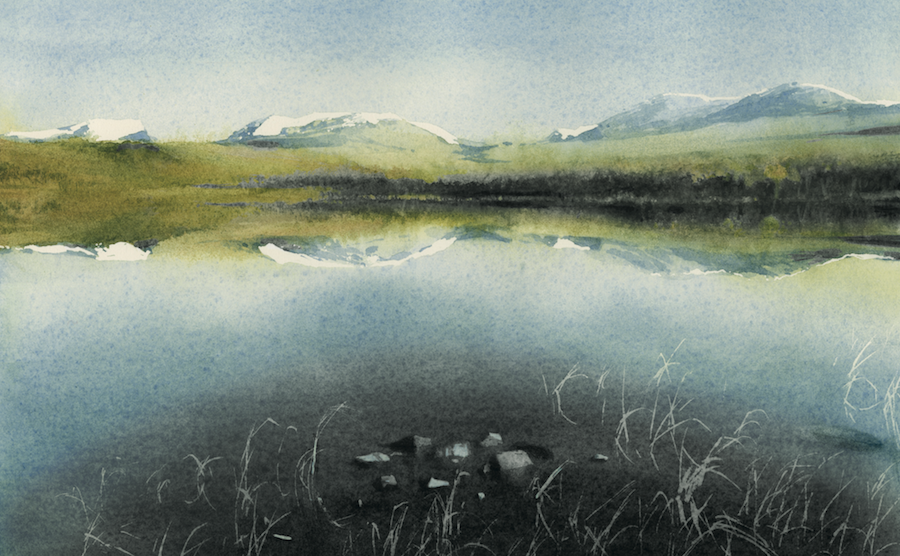
The Magazine ...
Rich in coastal hideaways, ancient archipelagos and islands rising from the sea, Sweden has a fondness for the sublime. With remote restaurants challenging palates and expectations, hotels carved from ice and pathways draping her frontiers, this is a country of extremes. But its cosmopolitan icons, and cities famed for their food, flair and design, also set hearts aflutter. Seasonal splendour allows creatives to delight in the daring and while there is a sense of wildness, the landscape shaped by glaciers and blanketed in forest, solitude is easy to find. Visit this northern wonderland and you’ll soon discover that Swedish escapes are good for the soul.
You can order the magazine online here.
Some featured destinations (and people) ...
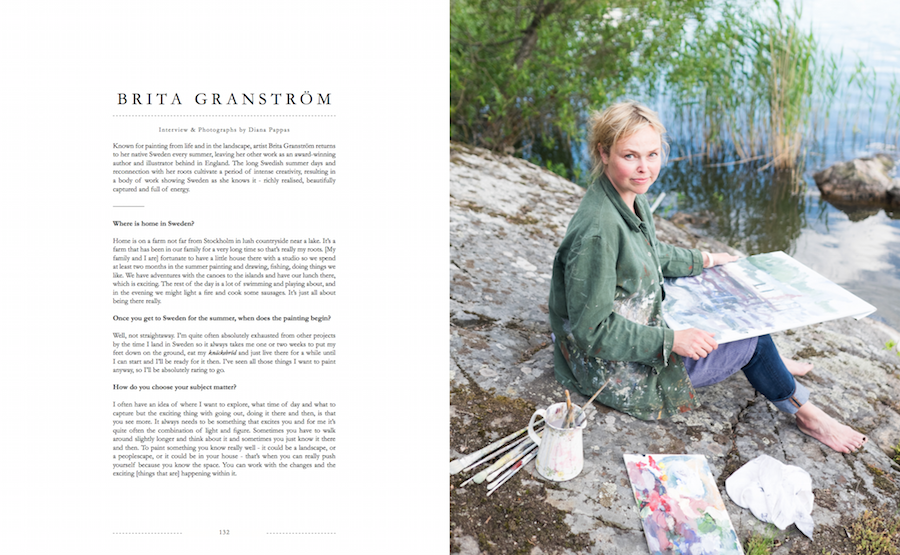
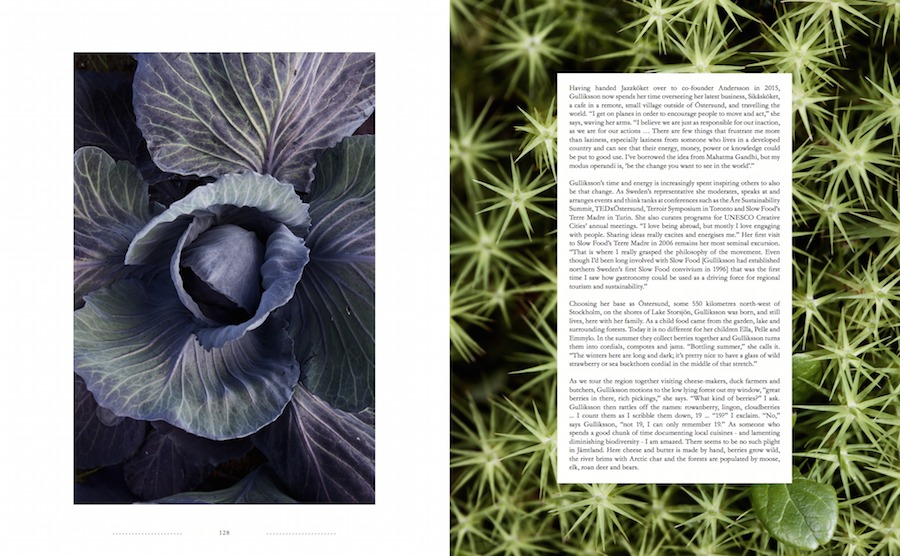
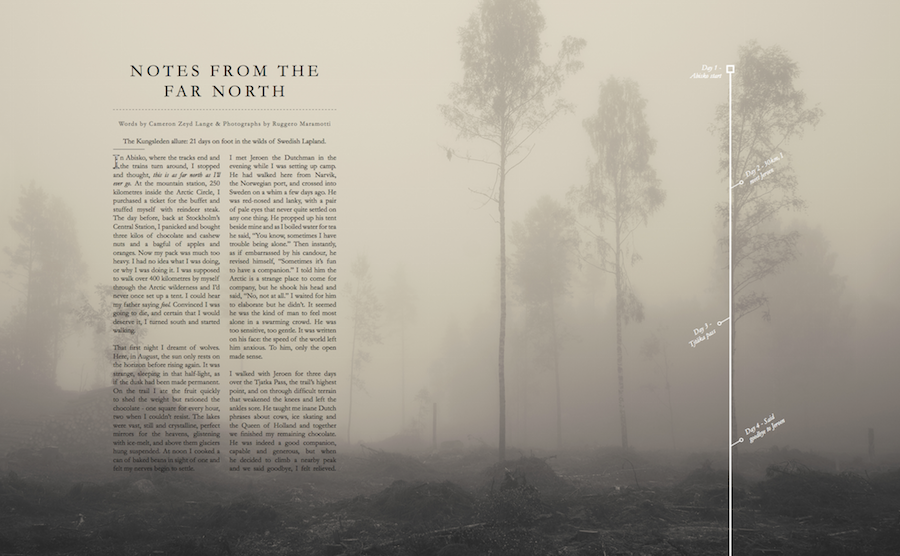
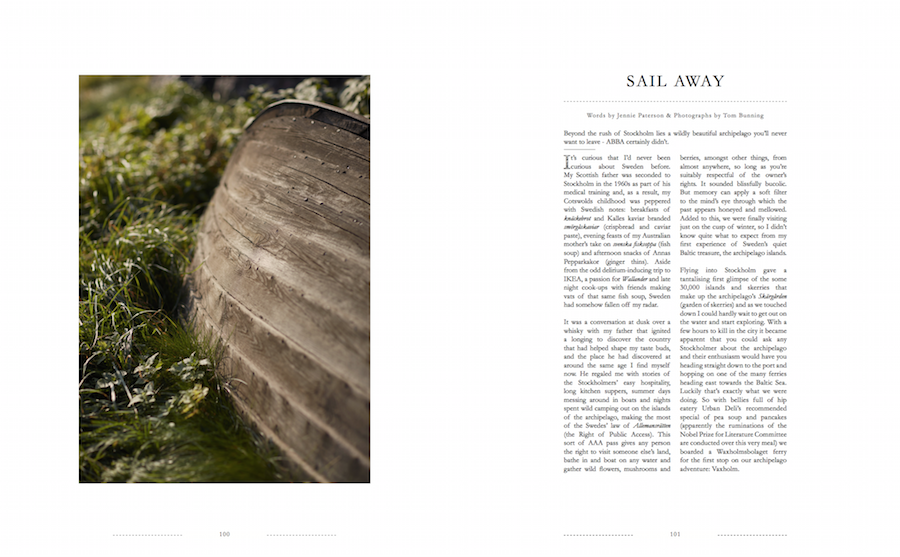

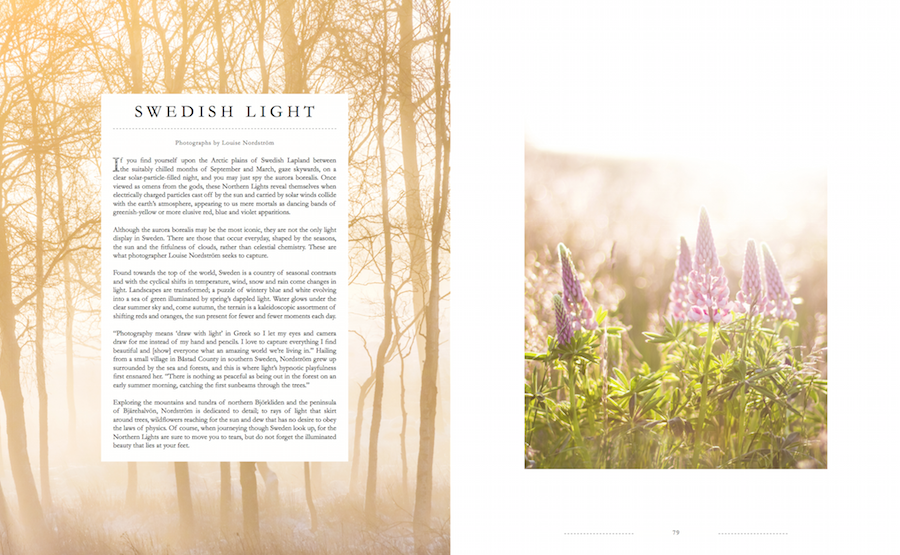
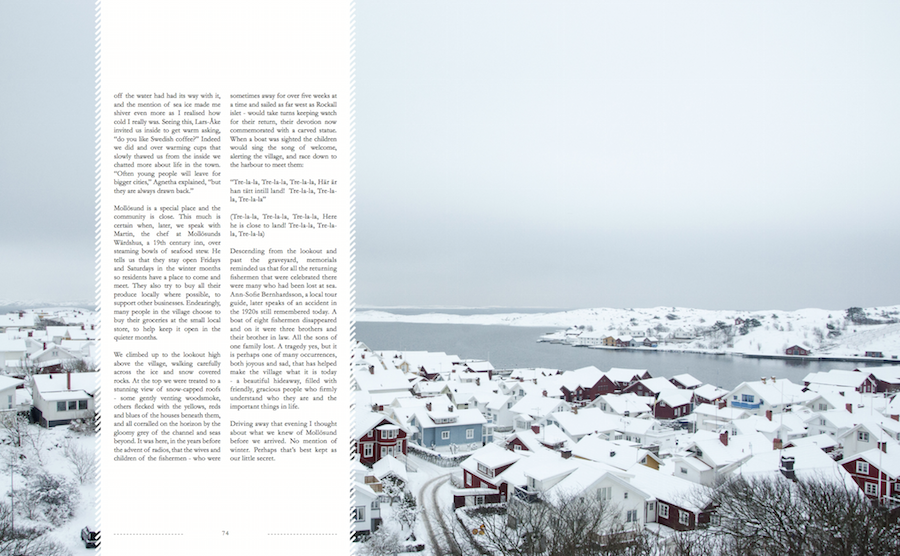
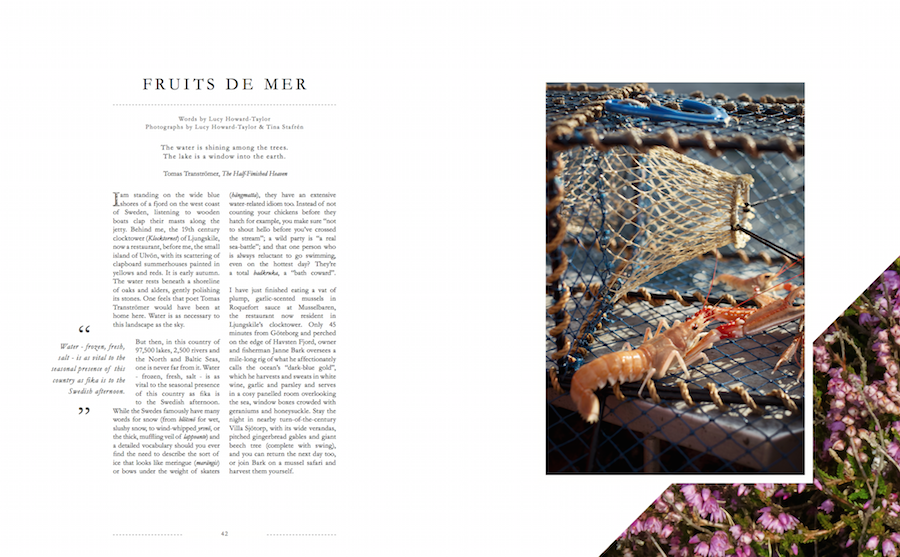
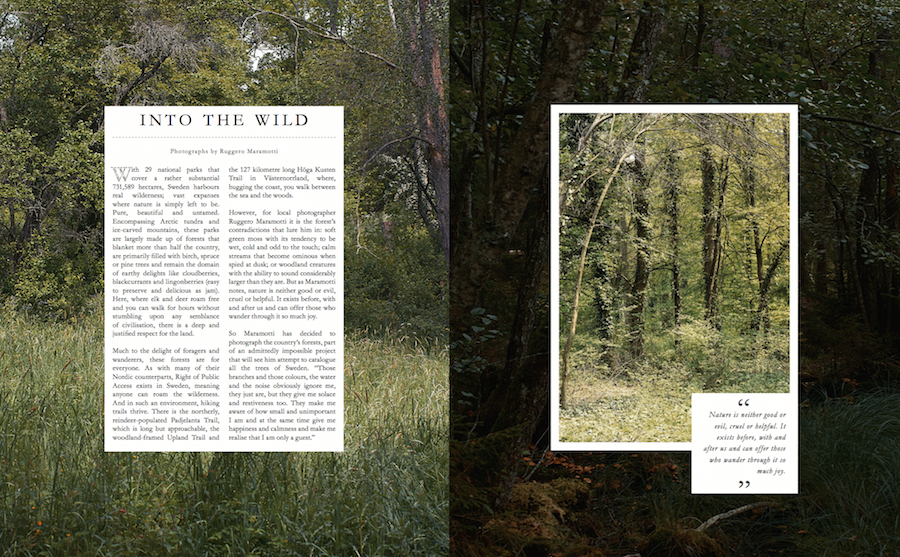
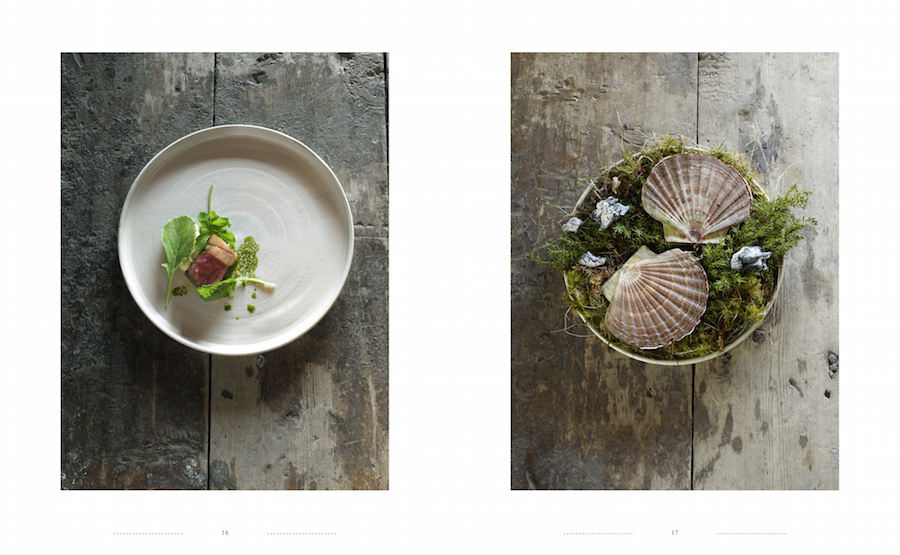
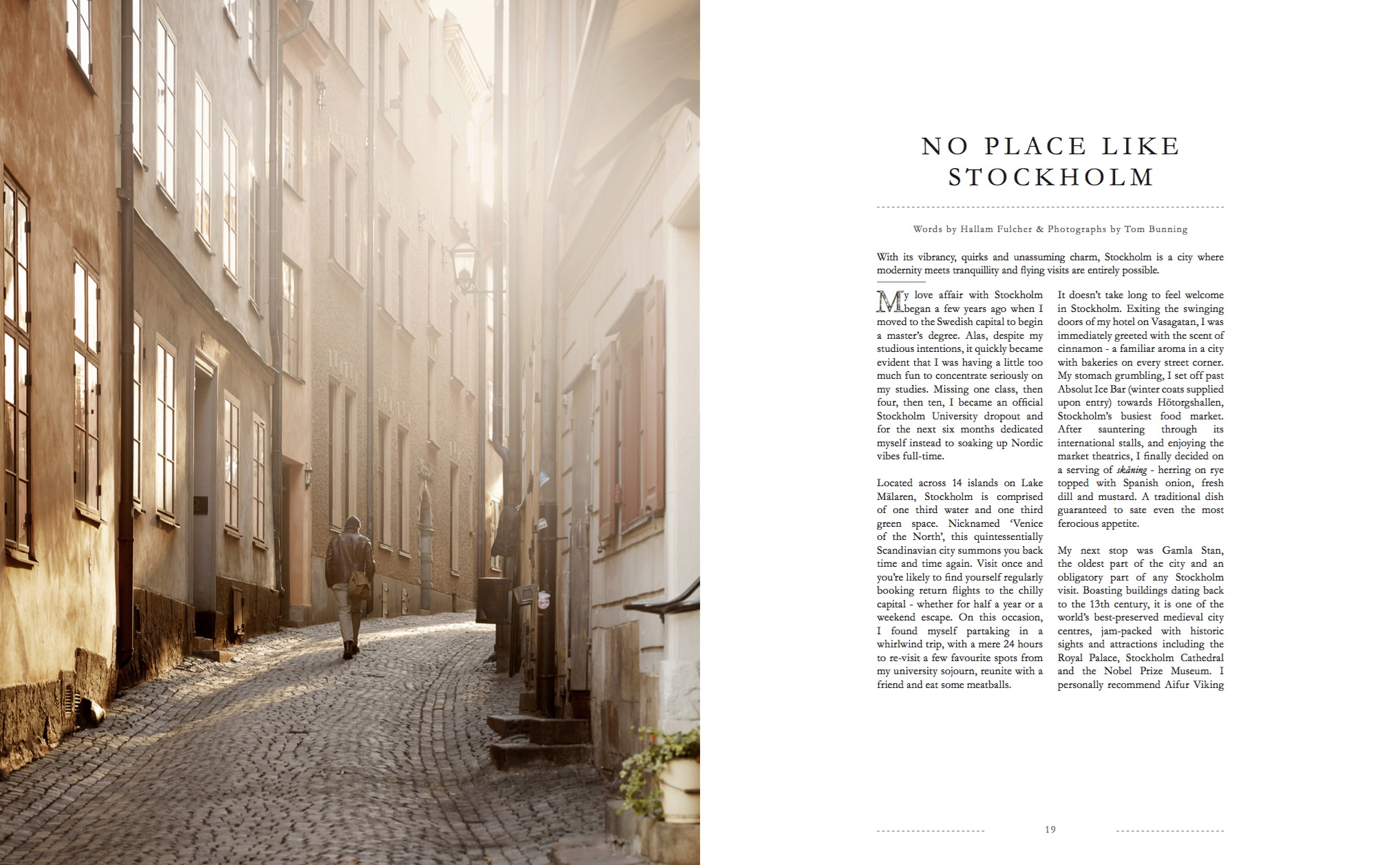
Louise Nordström Pettersson
We had a chat with our issue 5 cover photographer Louise Nordström Pettersson about Sweden, light and the joys of spying the first buds of spring. You can see more of Louise's work on her Instagram page.
Why do you love taking photographs and when did you start?
I’ve always been creative and I loved to paint and draw when I was younger. But at the age of 14 I got my first camera and fell in love with photography. Photography means ”draw with light” in greek so I guess I let my eyes and camera draw for me instead of my hand and pencils. I just love to capture everything I find beautiful and show everyone what an amazing world we’re living in!
What do you enjoy taking photographs of in particular?
Nature. I grew up with the sea and forest just minutes away from my home and I think the nature is so amazing and beautiful. Especially sunrises, there is nothing as peaceful as being out in the forest an early summer morning, catching the first sunbeams through the trees with the camera in my hand.
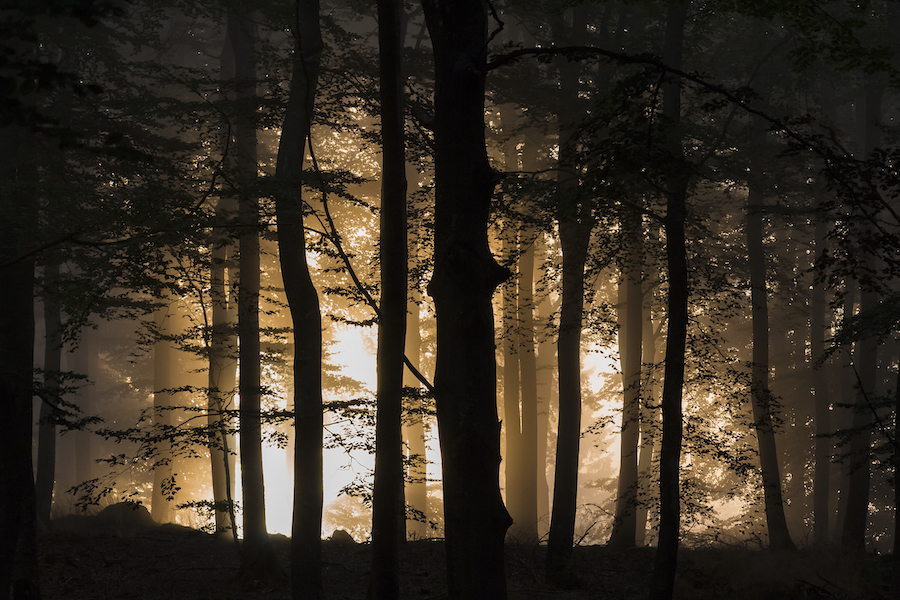
Where are you from in Sweden?
I’m from a small village in Båstad county in the southern part of Sweden.
The subject of your photo essay in the new magazine is Swedish light - what makes the light in Sweden so special?
I think it’s special because the light is so different from season to season. It’s most extreme in the northern parts of Sweden where the sun never sets during summer and never rises during winter. And when the sun never rises we have the Northern Lights or aurora borealis which light up the skies instead. I love the variations and differences between the light of all seasons.
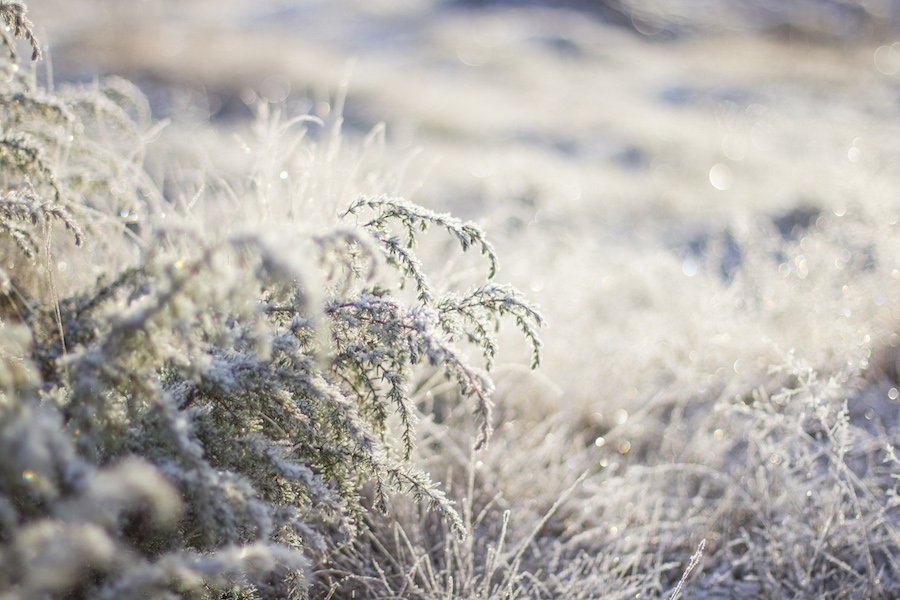
Do you have a favourite season?
I think summer is my favourite season, because it has the most beautiful sunrises and everything in nature is blooming. Everything feel so alive. Although, every spring, autumn and winter I think to myself ”this is my favourite season!” haha... Every season has its charm.
Do you have a favourite part of Sweden?
I fell completely in love with Björkliden in northern Sweden when I went there for the first time 7 years ago. The mountains, tundra and views are stunning and took my breath away. It’s just as beautiful in the summer as in the winter. But I will always love the peninsula, Bjärehalvön, in southern Sweden where I live and grew up. There is something special about this place and it’s where I shoot most of my photographs.
You've photographed quite a few flowers, what is it about them that you like so much?
I’ve always liked flowers, they are beautiful and they come in so many different shapes and colours. And when the first flowers bloom in the spring, you know it’s really spring. And when the meadows are full of all sorts of flowers, you know it’s summer. Flowers just bring so much happiness to me.
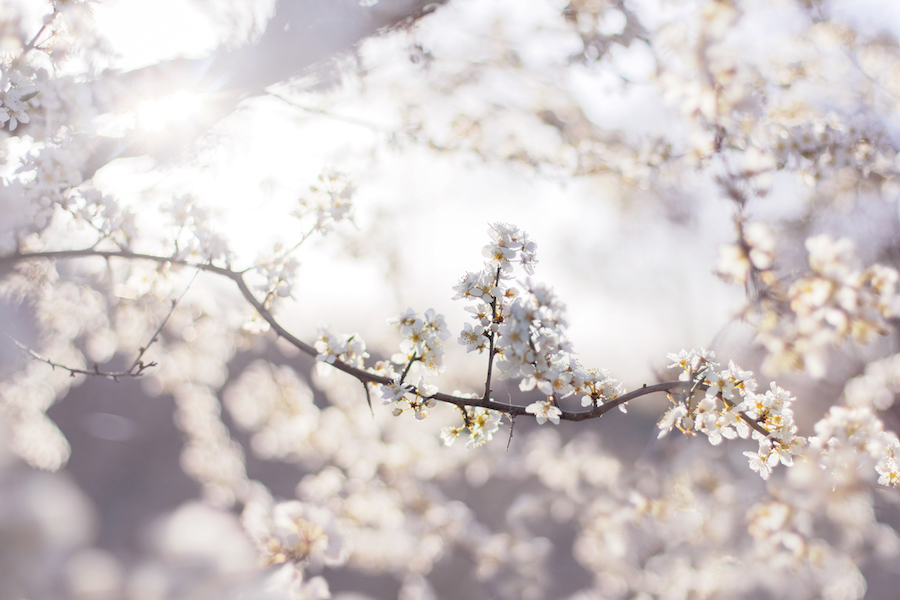
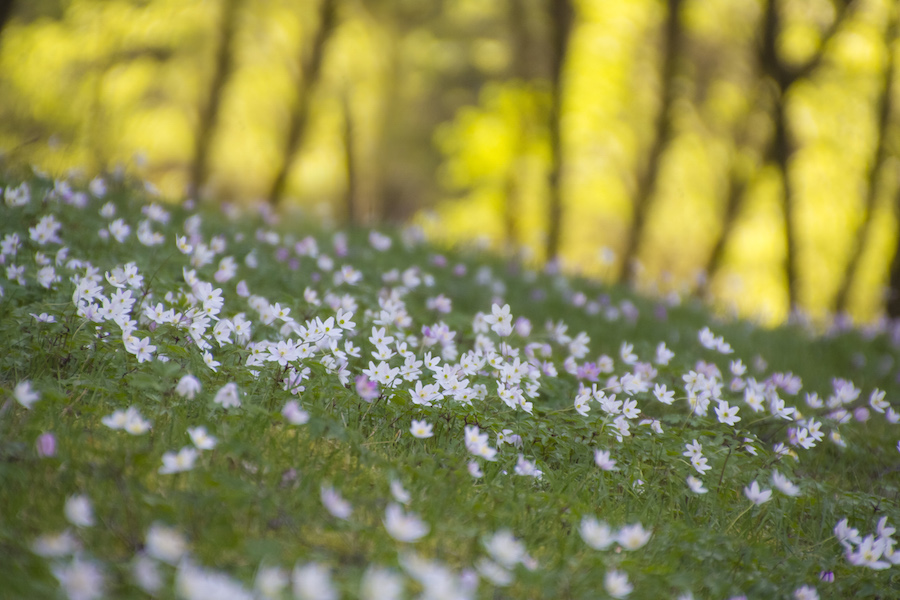
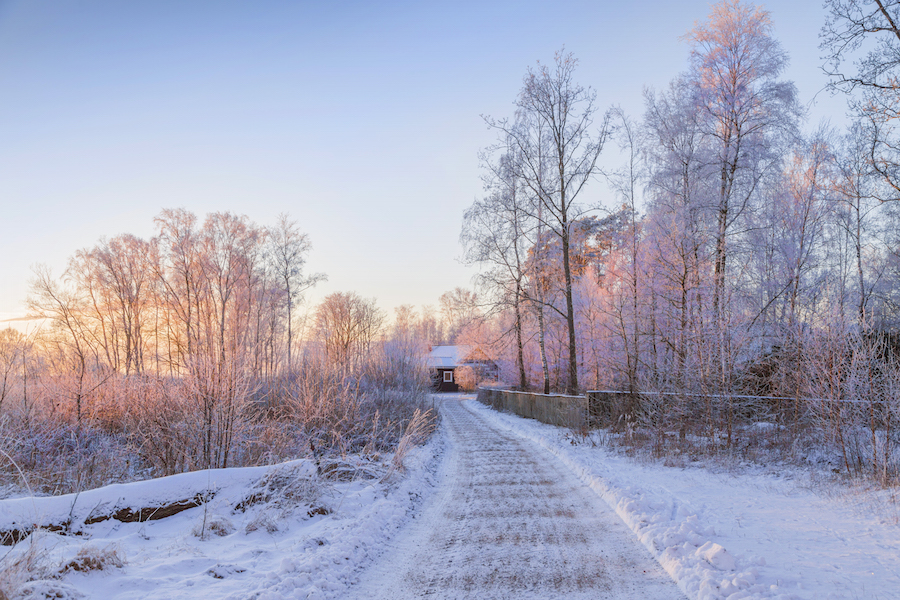

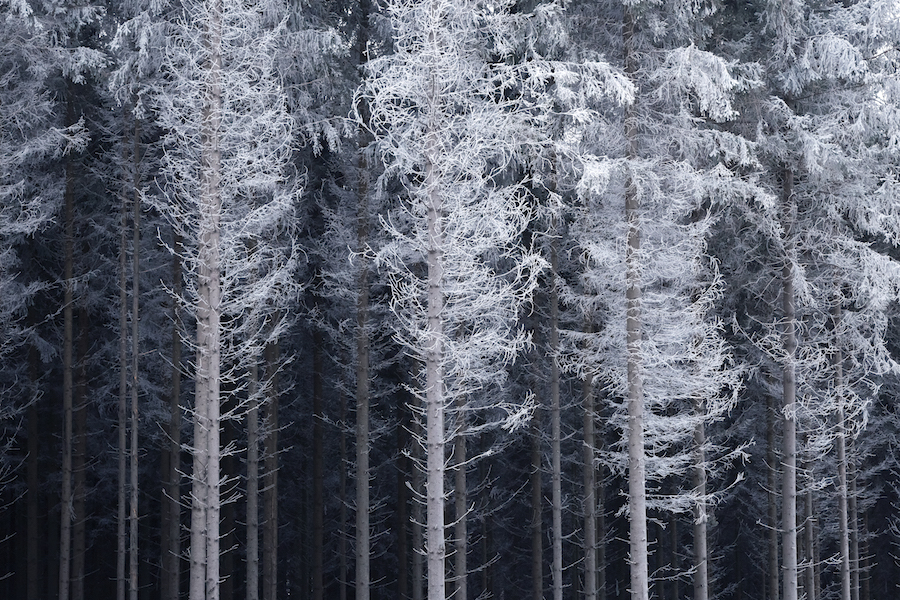
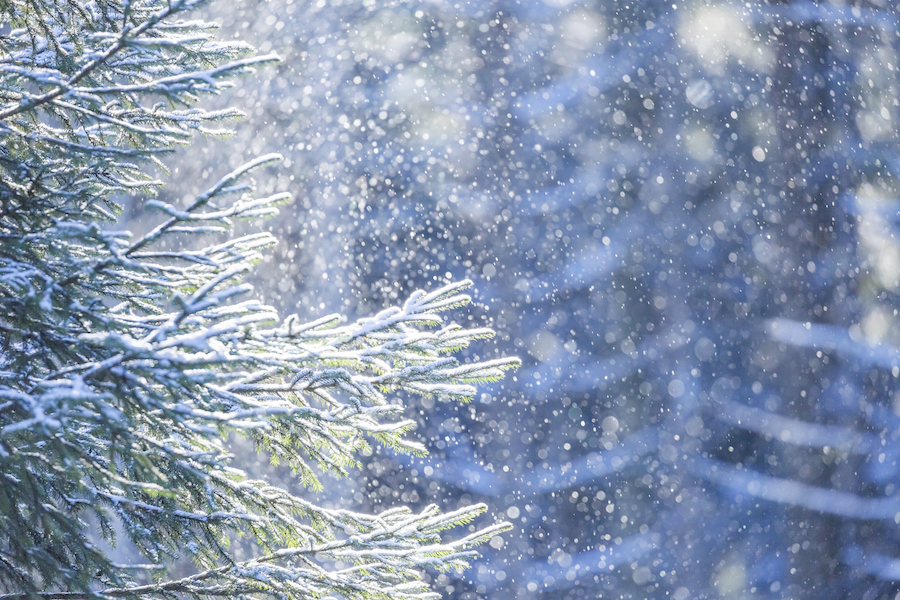
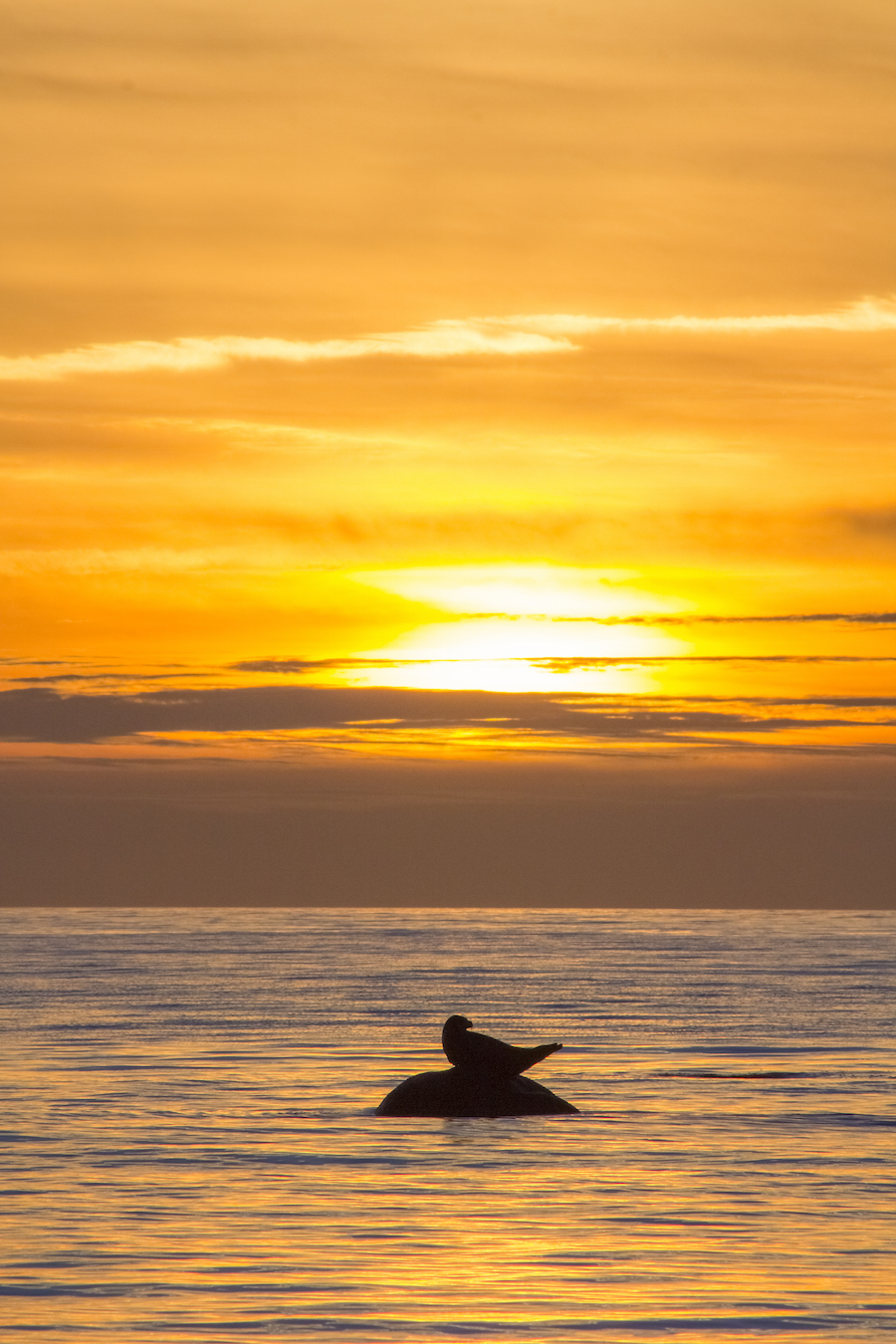
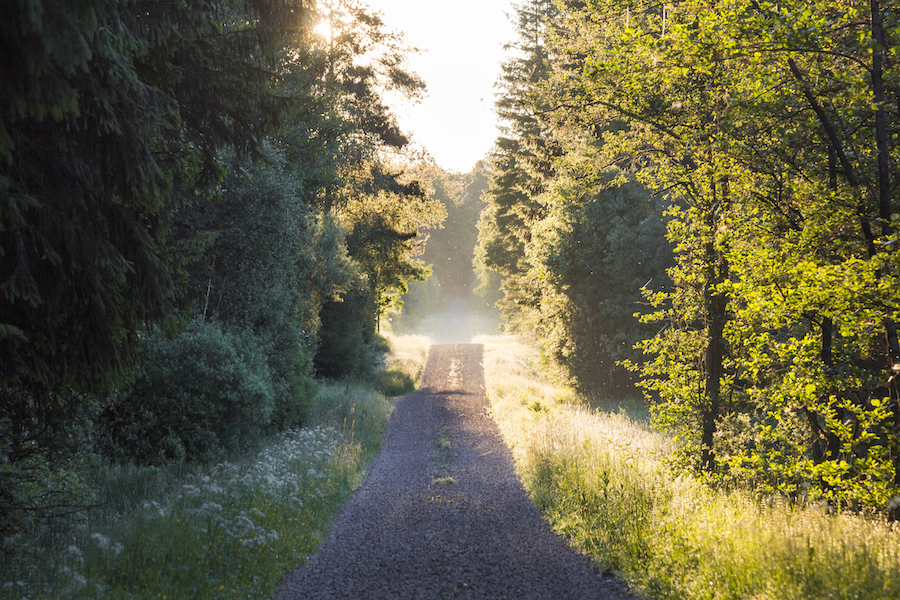

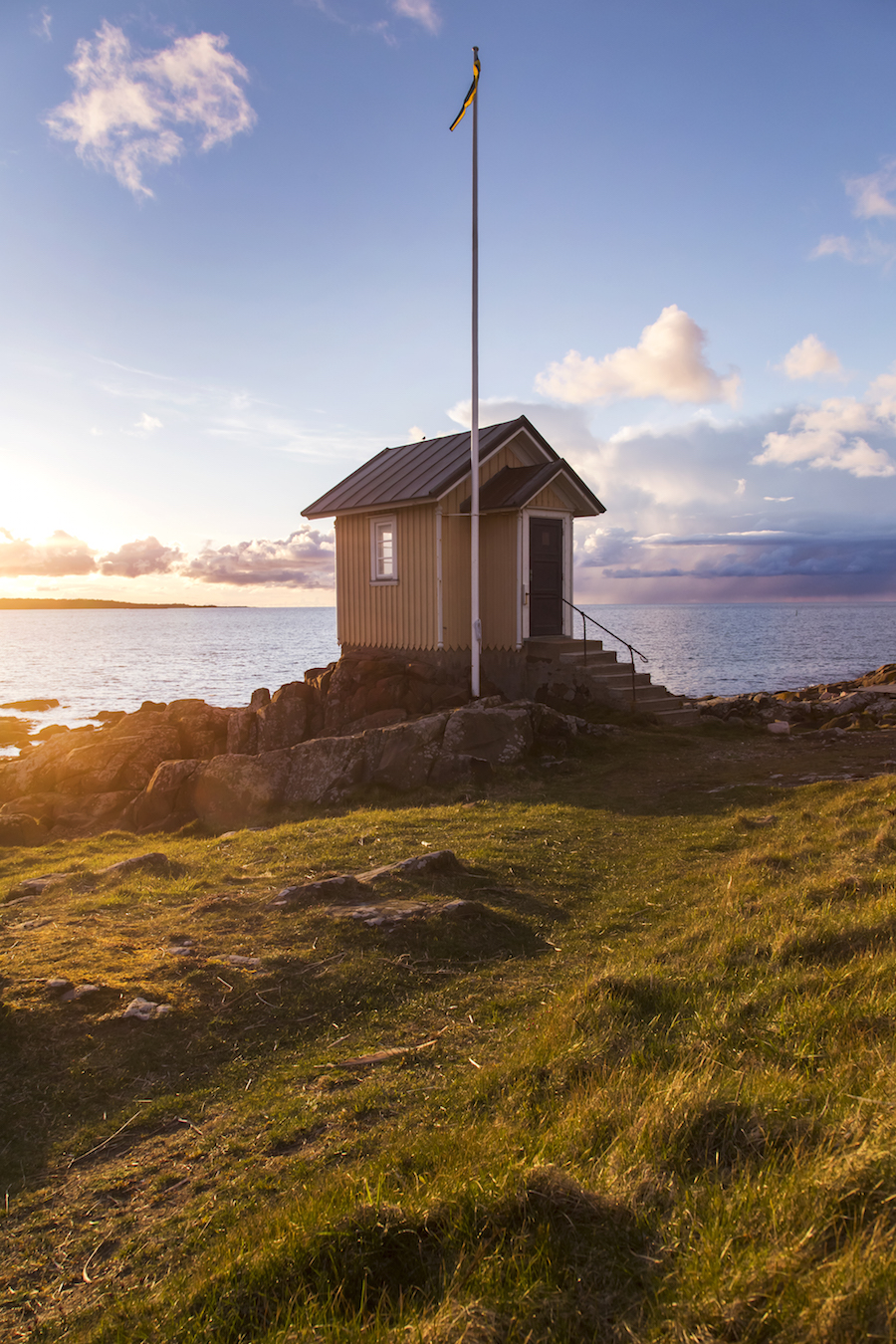
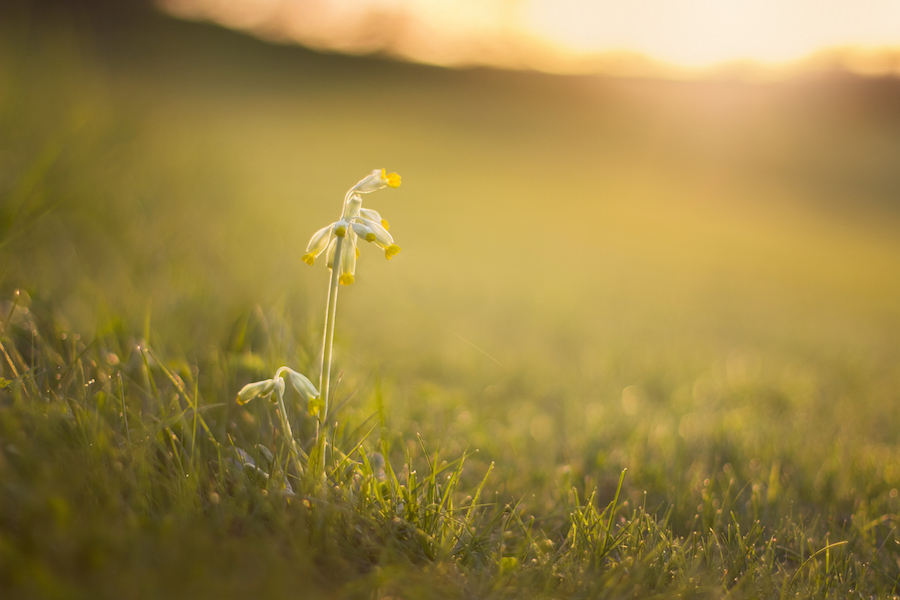
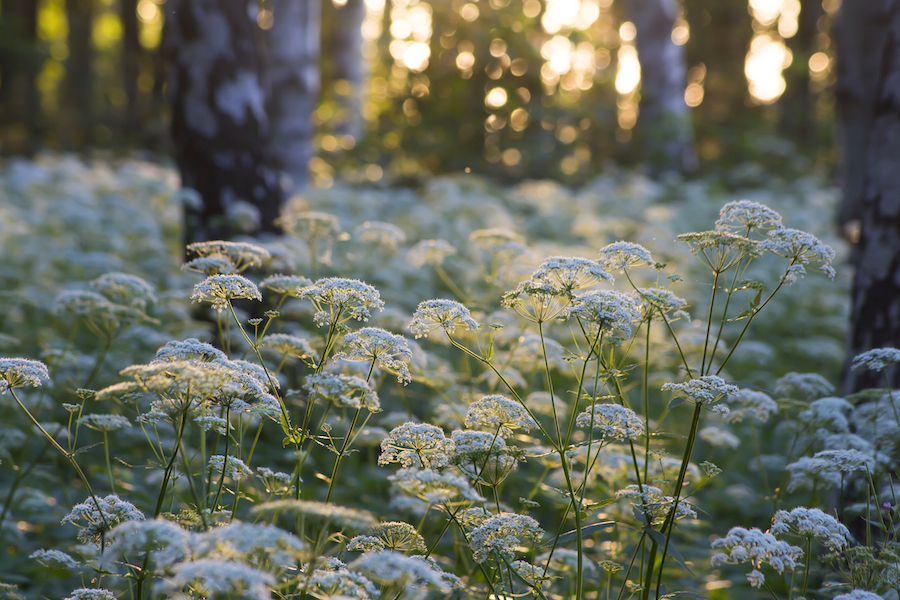
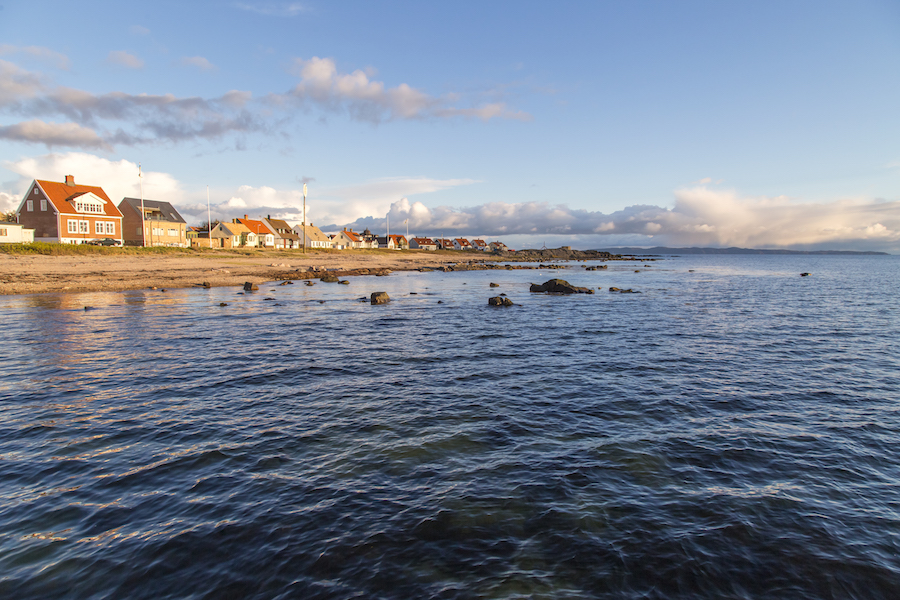






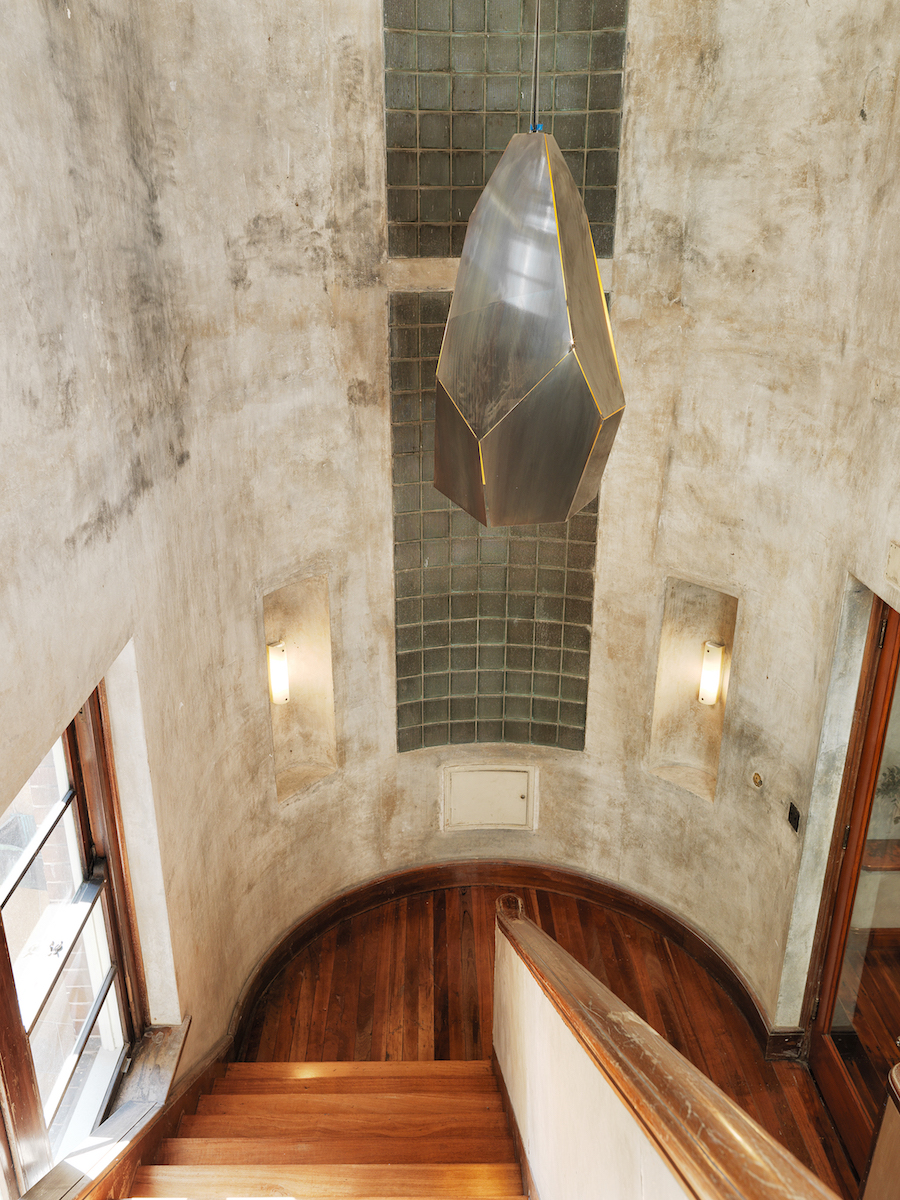
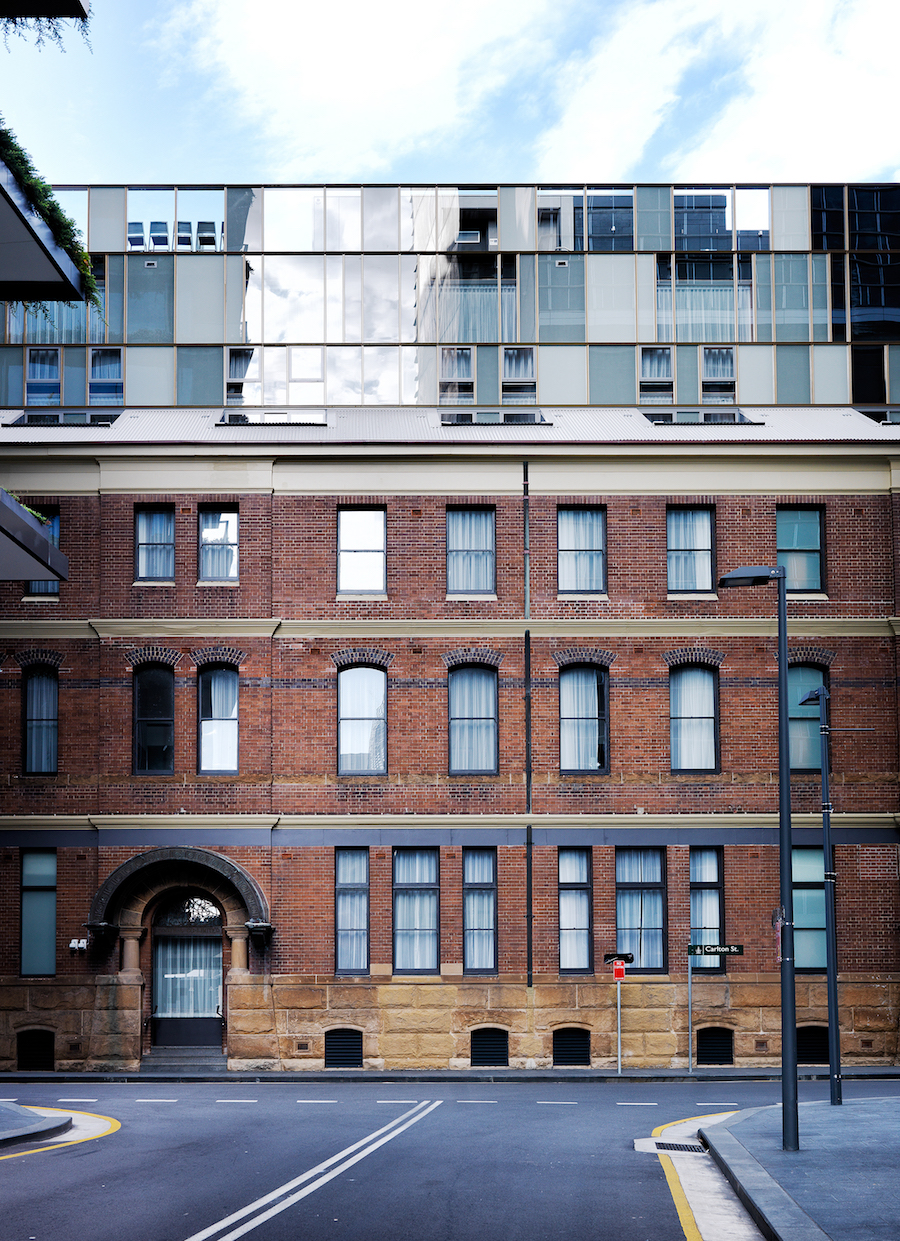
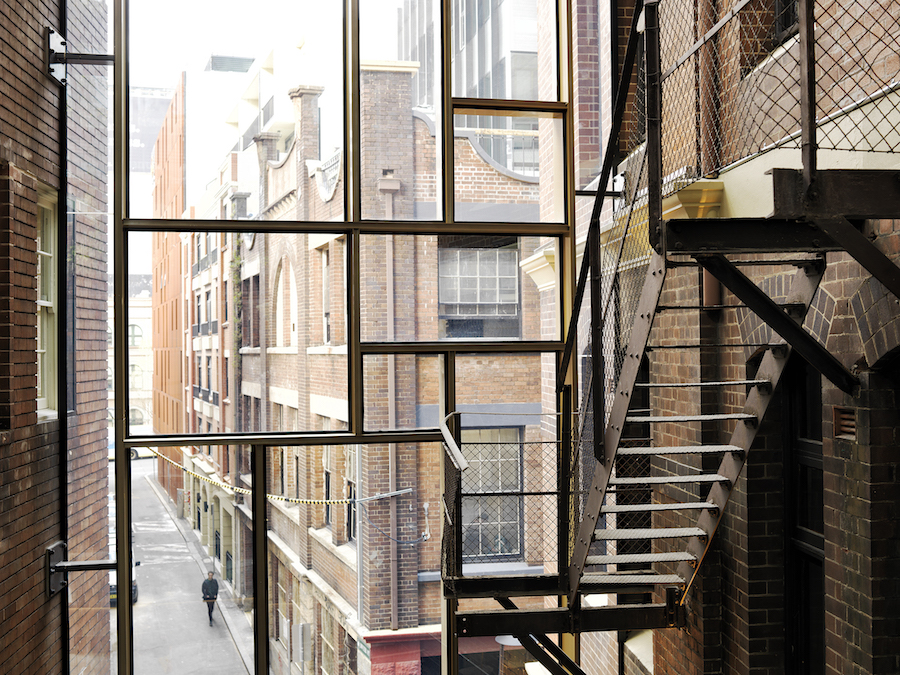
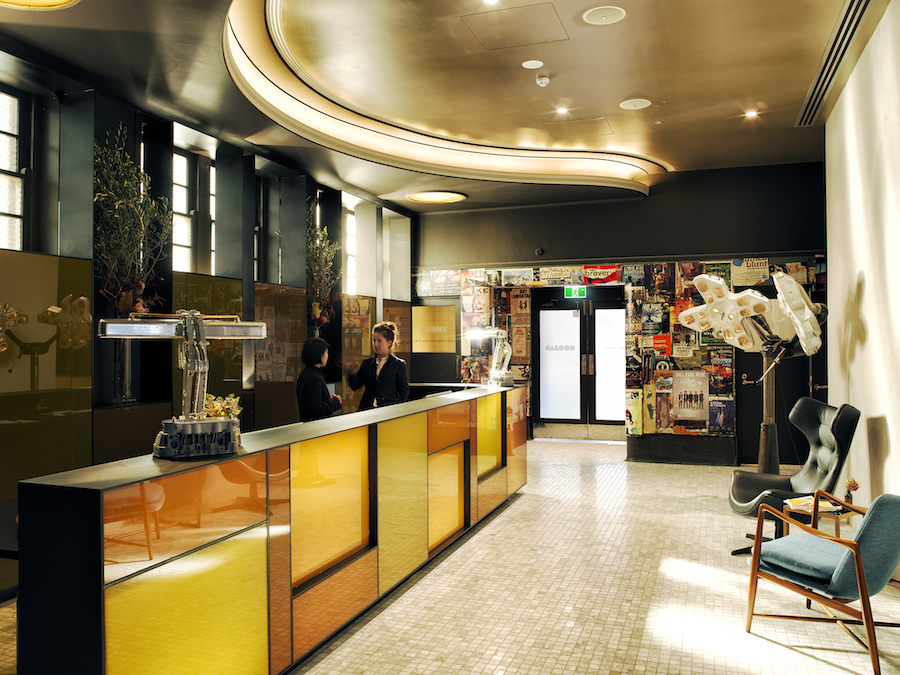
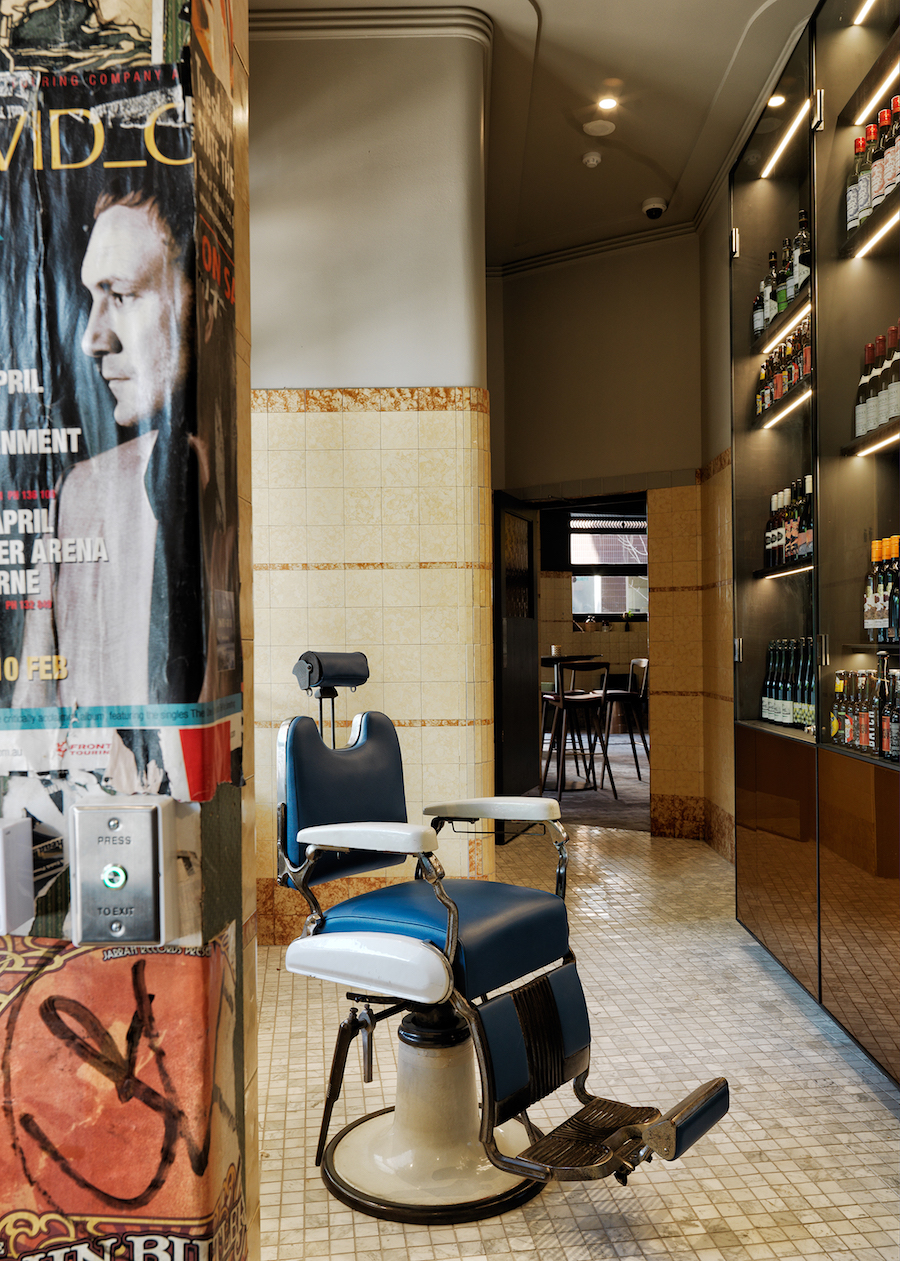
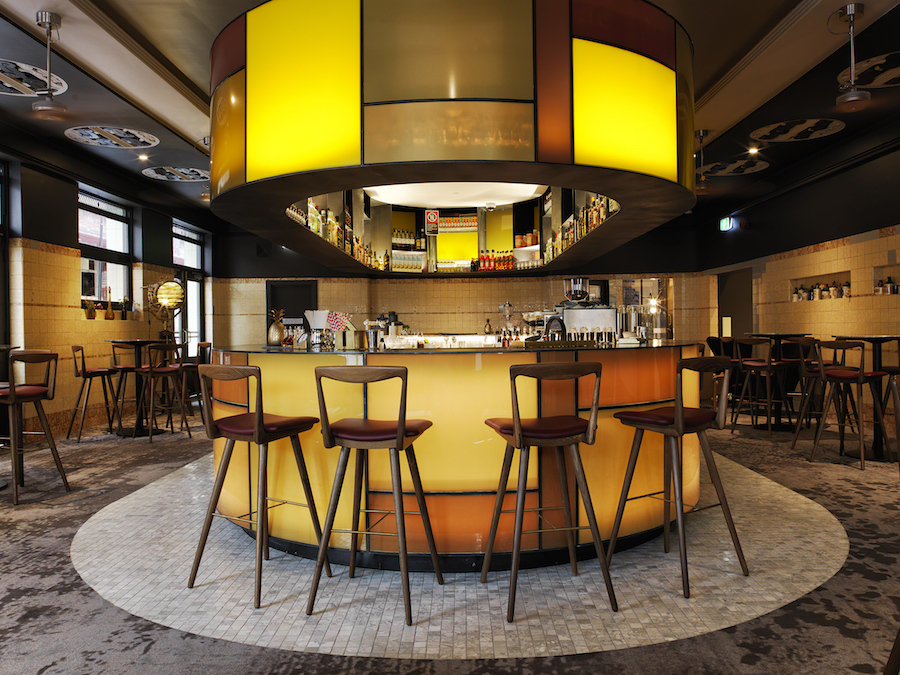
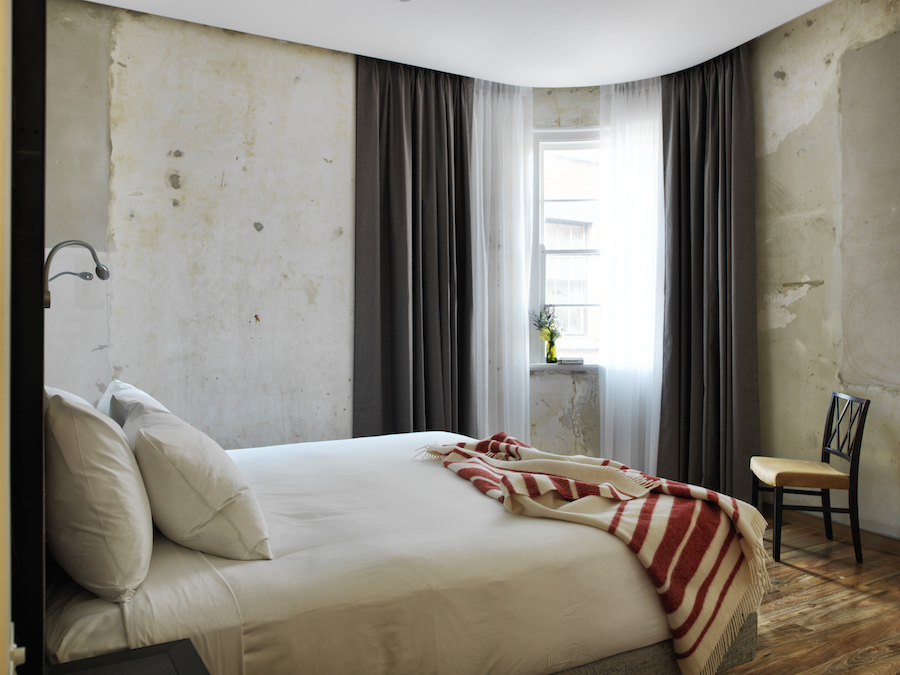
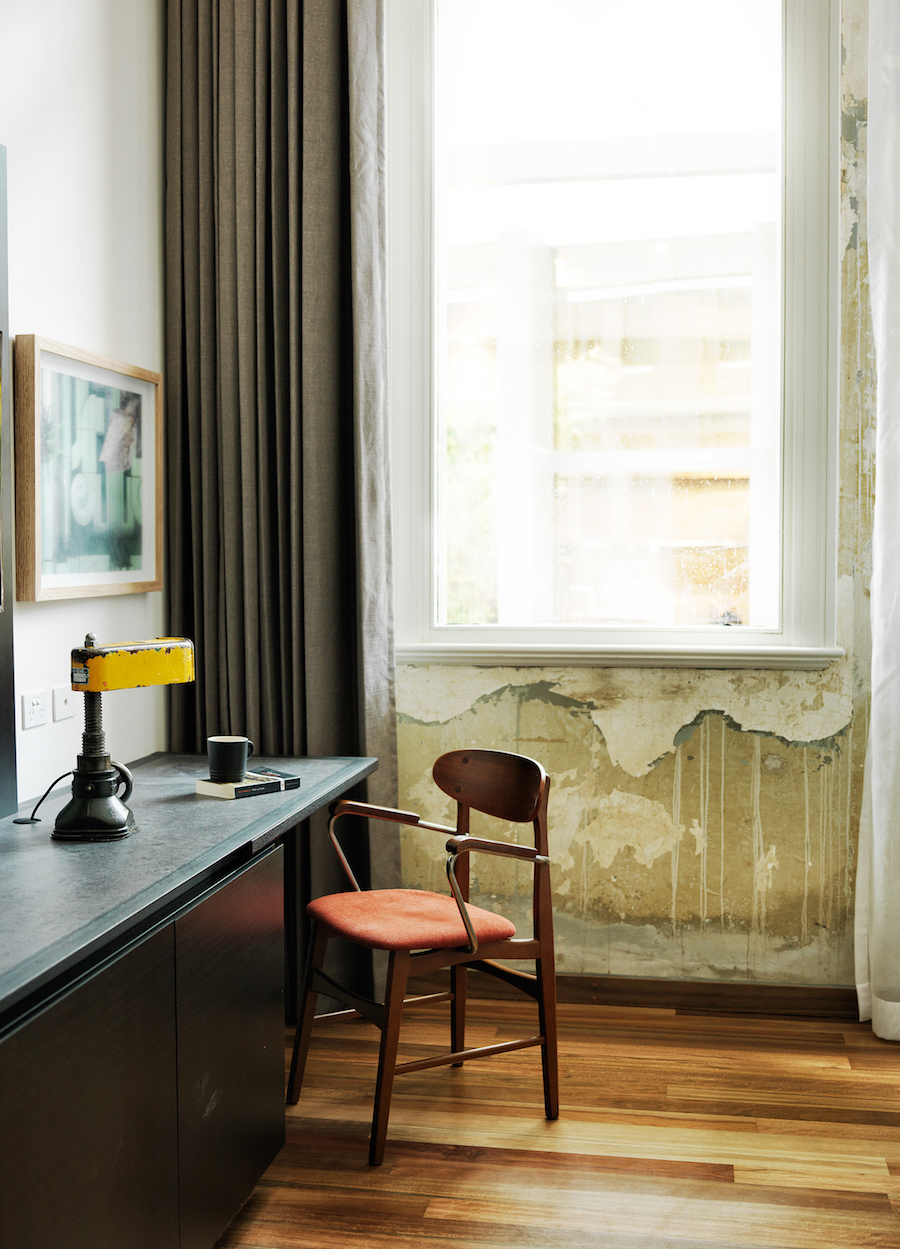







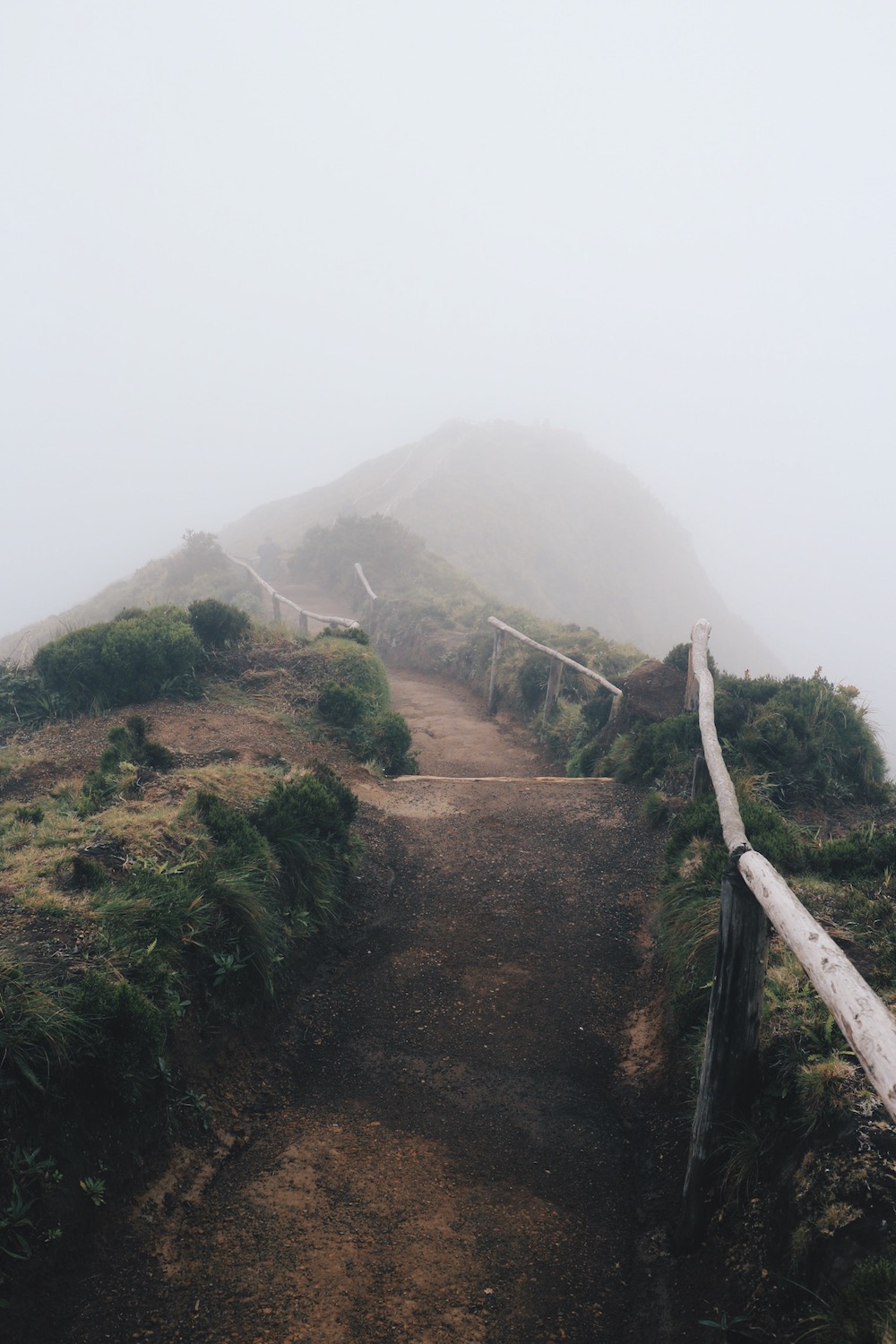









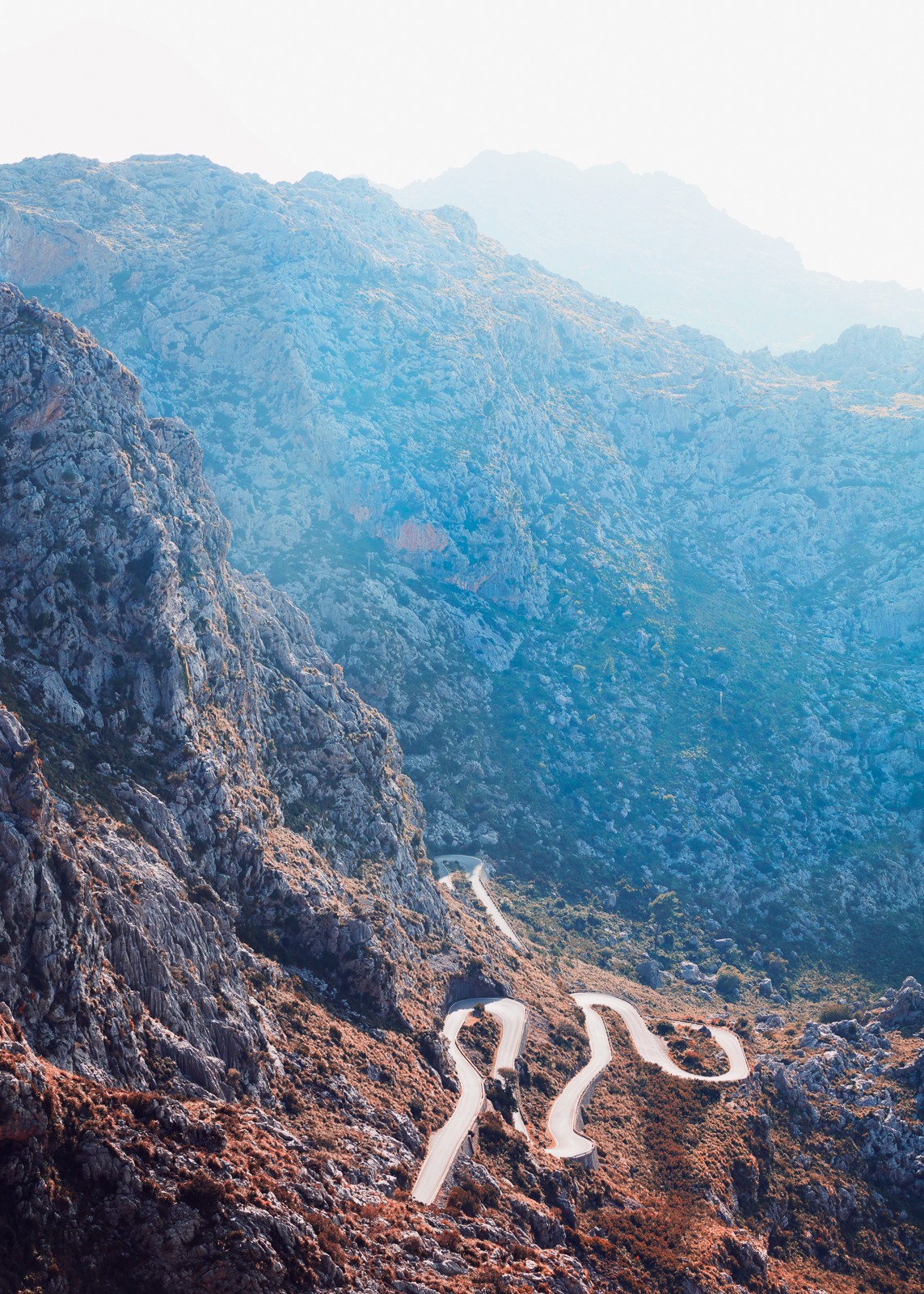



















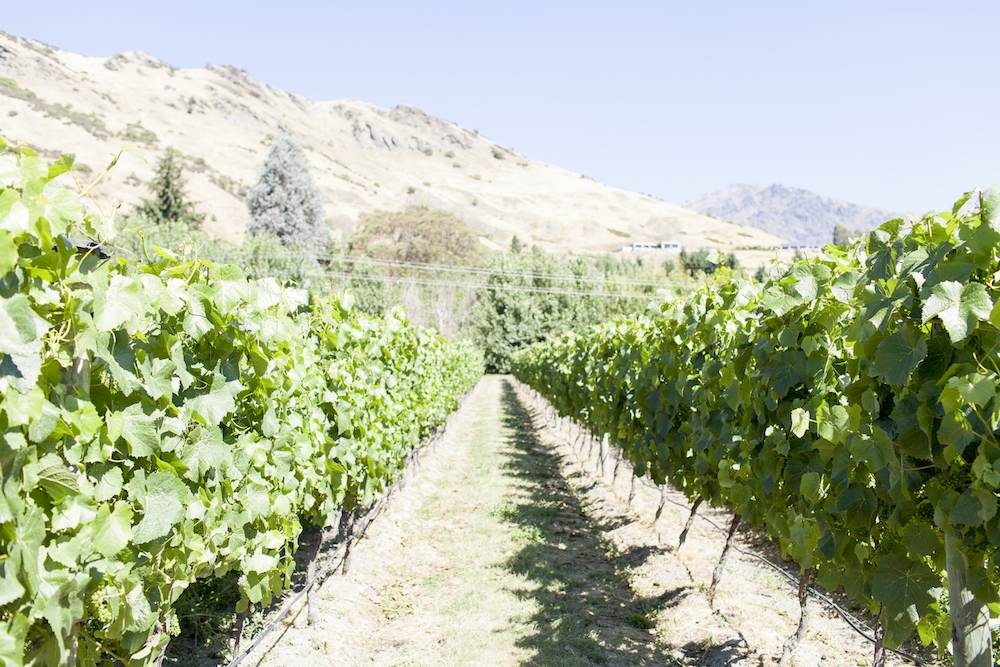















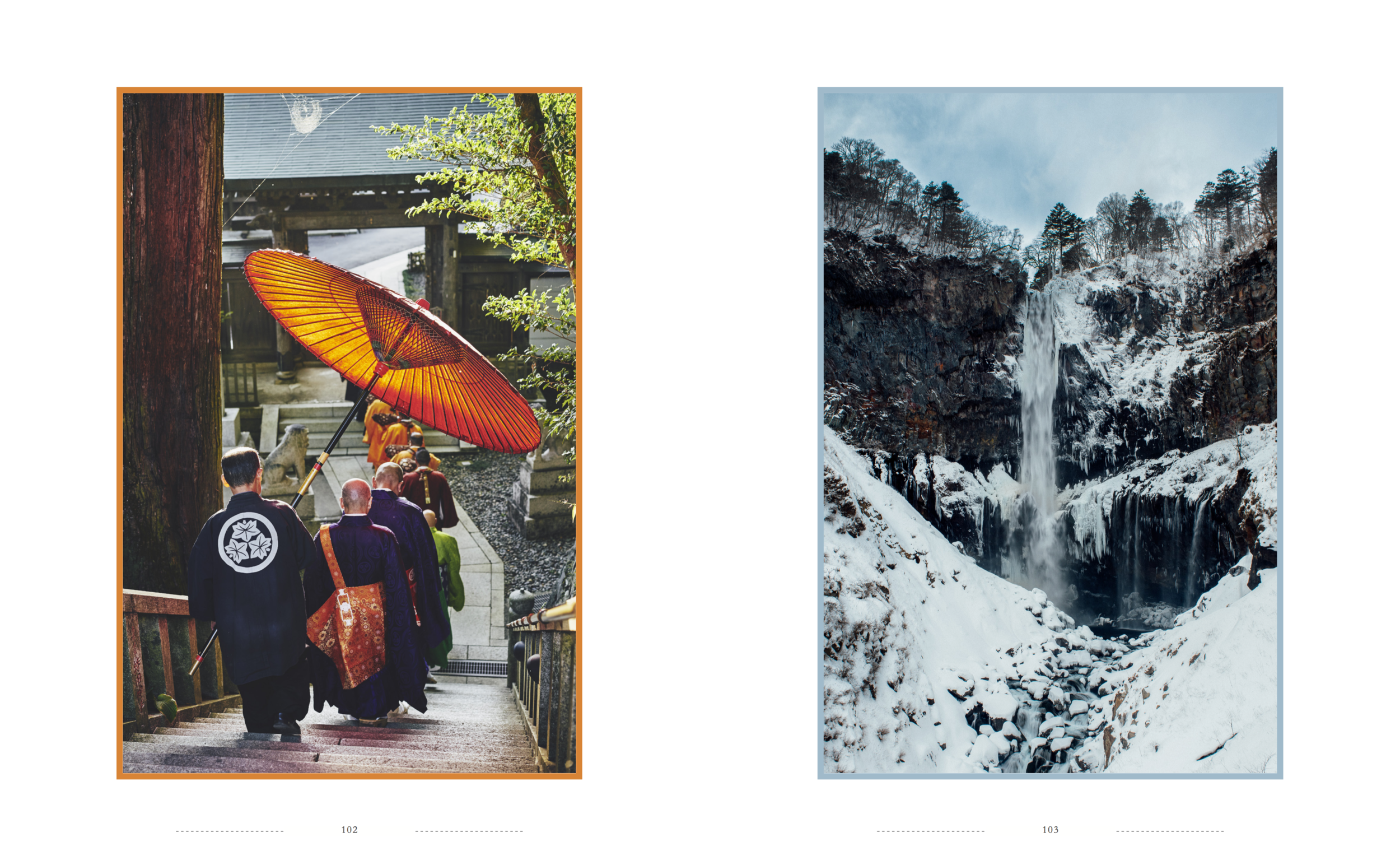






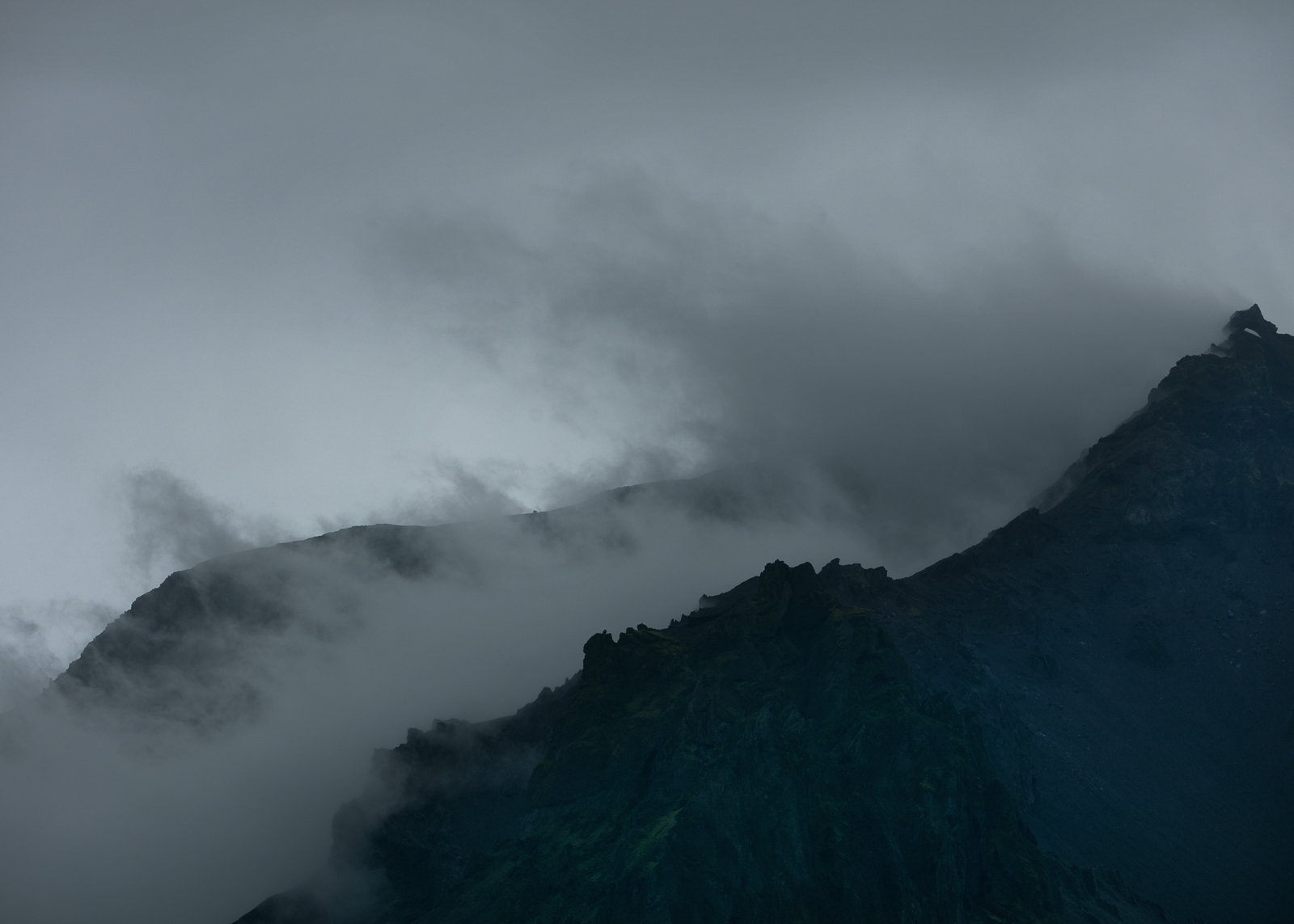



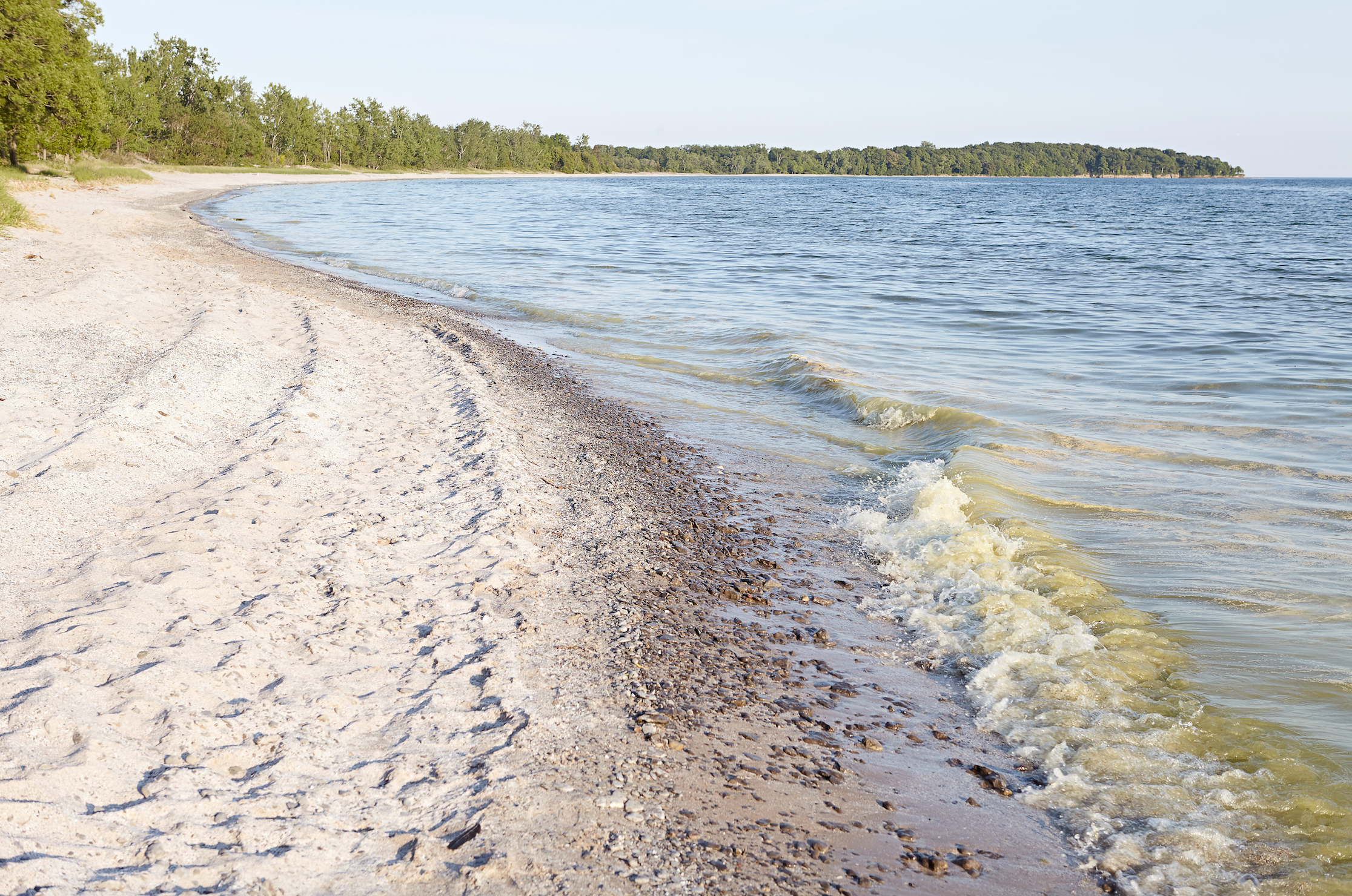





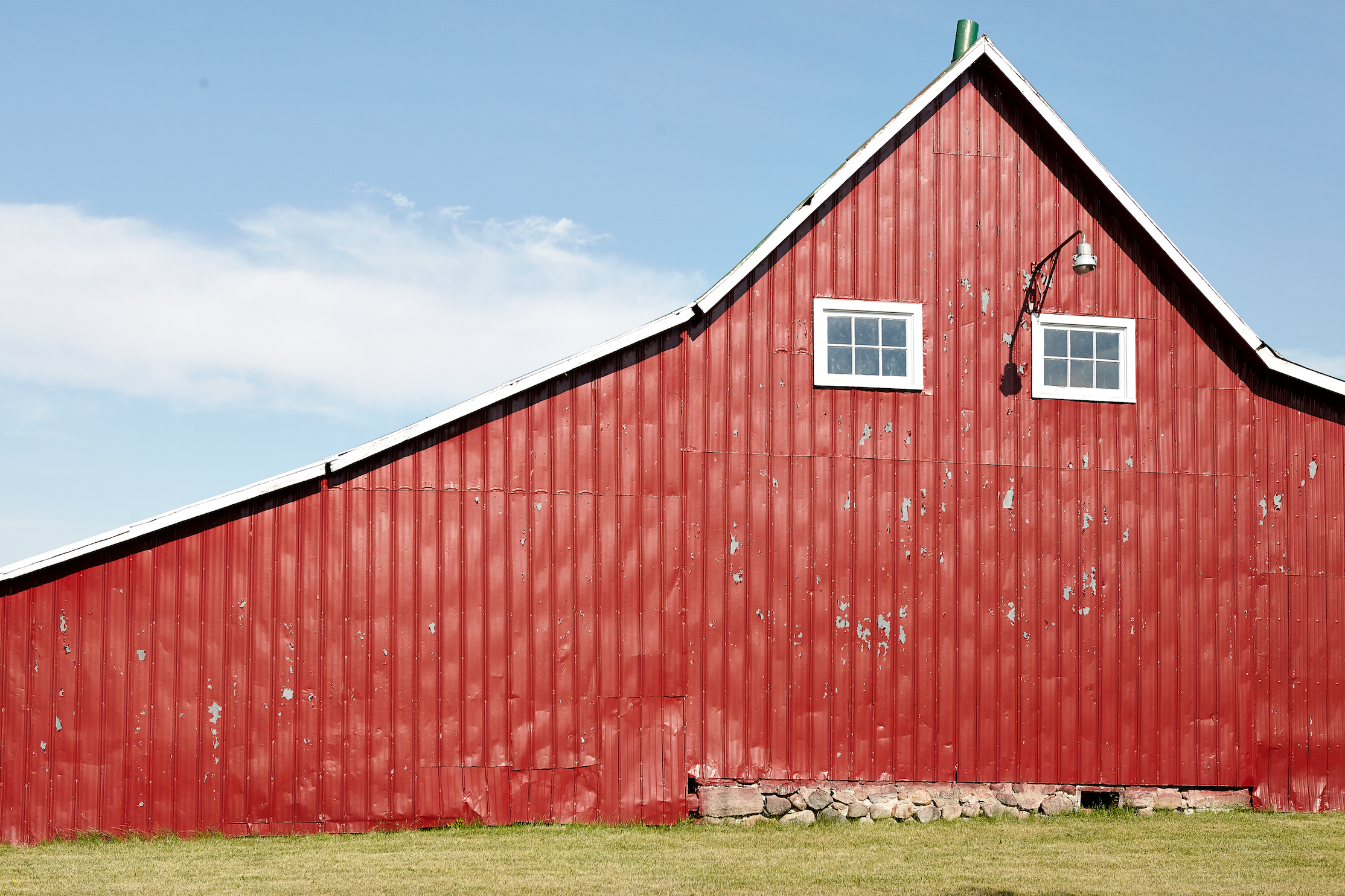

















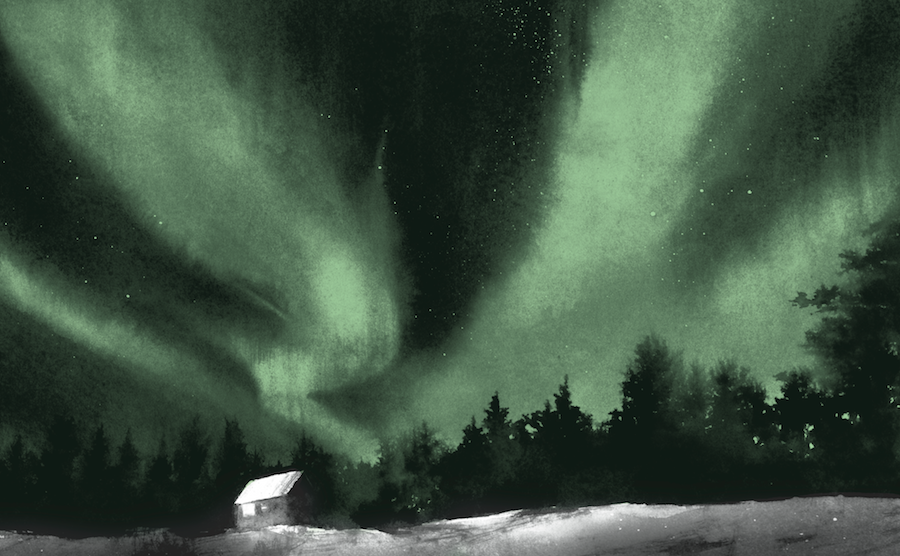




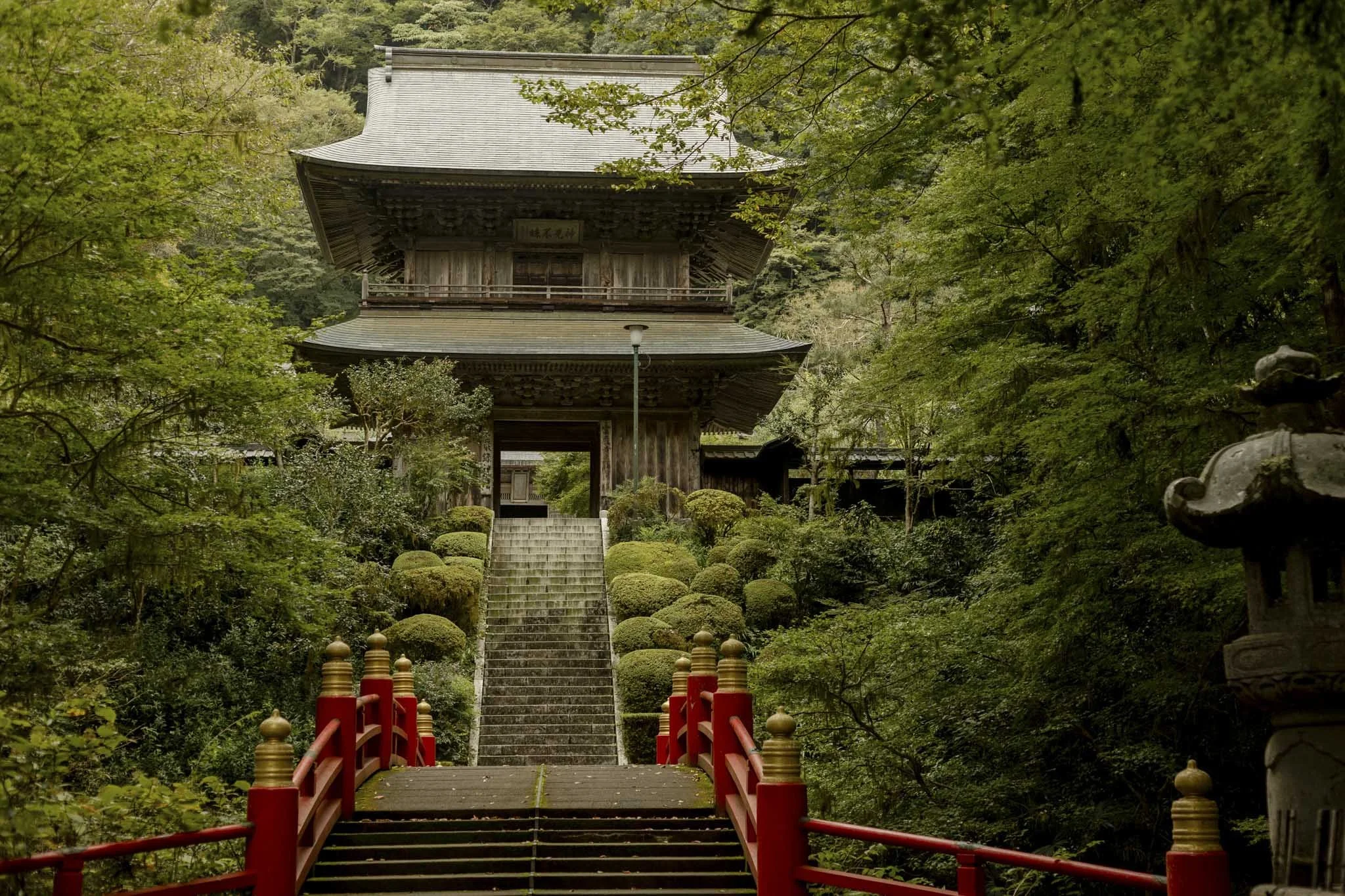












Celebrating Cecil Beaton at Wales’ Hawarden Estate.